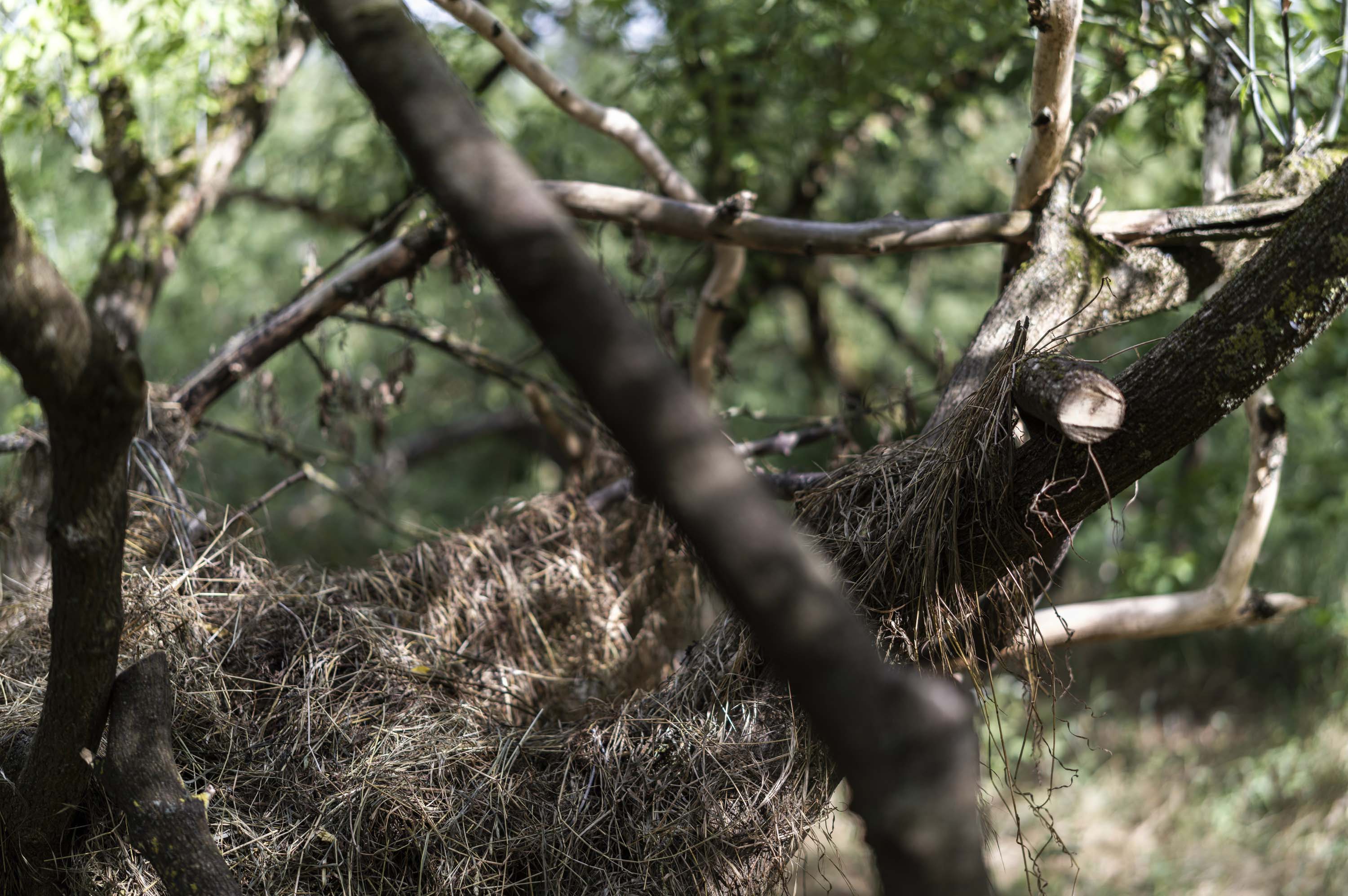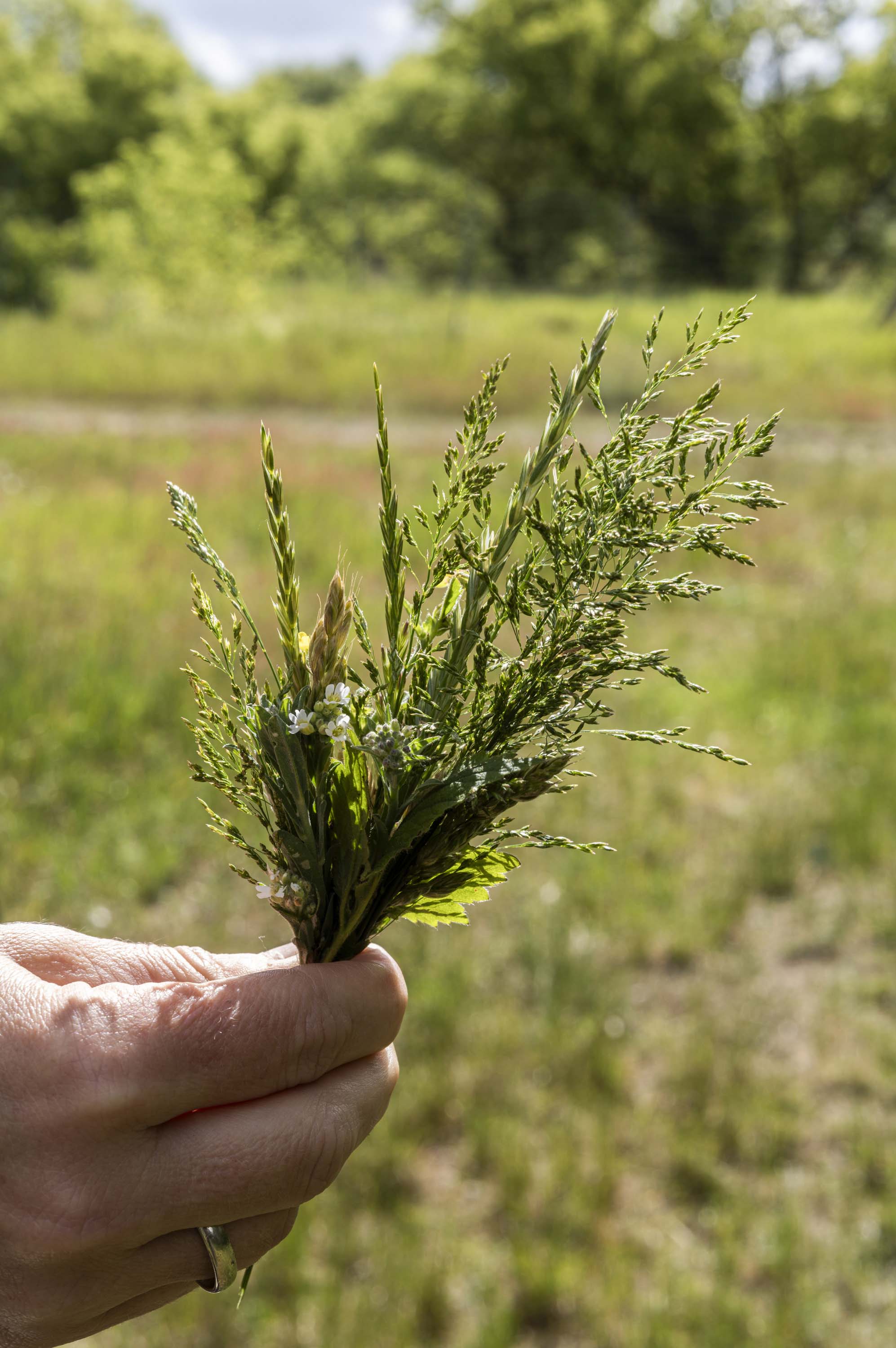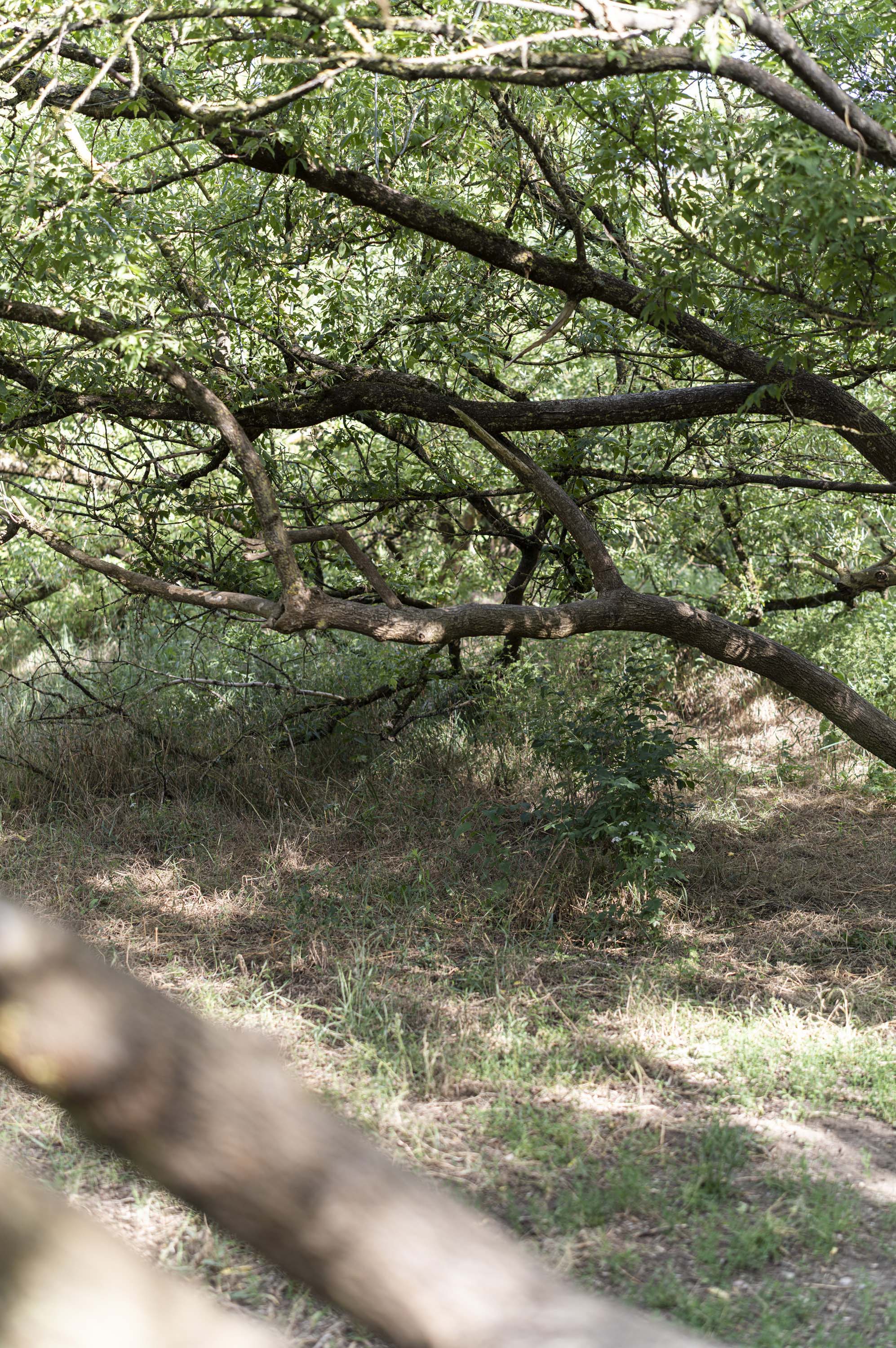The All series invites critical reflection on the systems of visual media production, distribution, and their impact on representation itself. The title recalls the style of books like All Best Quotes or All Unusual Creatures, which strive to generalize knowledge about a particular topic, while simultaneously questioning the possibility of encapsulating a complex phenomenon within a single image. How far can one (random) object or place of a kind be taken as representative of a broader phenomenon in a historical context? This pedagogical approach — teaching by presenting a singular example and essentializing it to symbolize an entire category — becomes a central focus of the series. To what extent can such a method encompass description, process, and sample within the hermeneutical sense of these concepts? Through these works, All interrogates the tension between the reductive act of essentialization and the inherent complexity of representation, encouraging to reconsider the means by which we construct and interpret visual narratives.
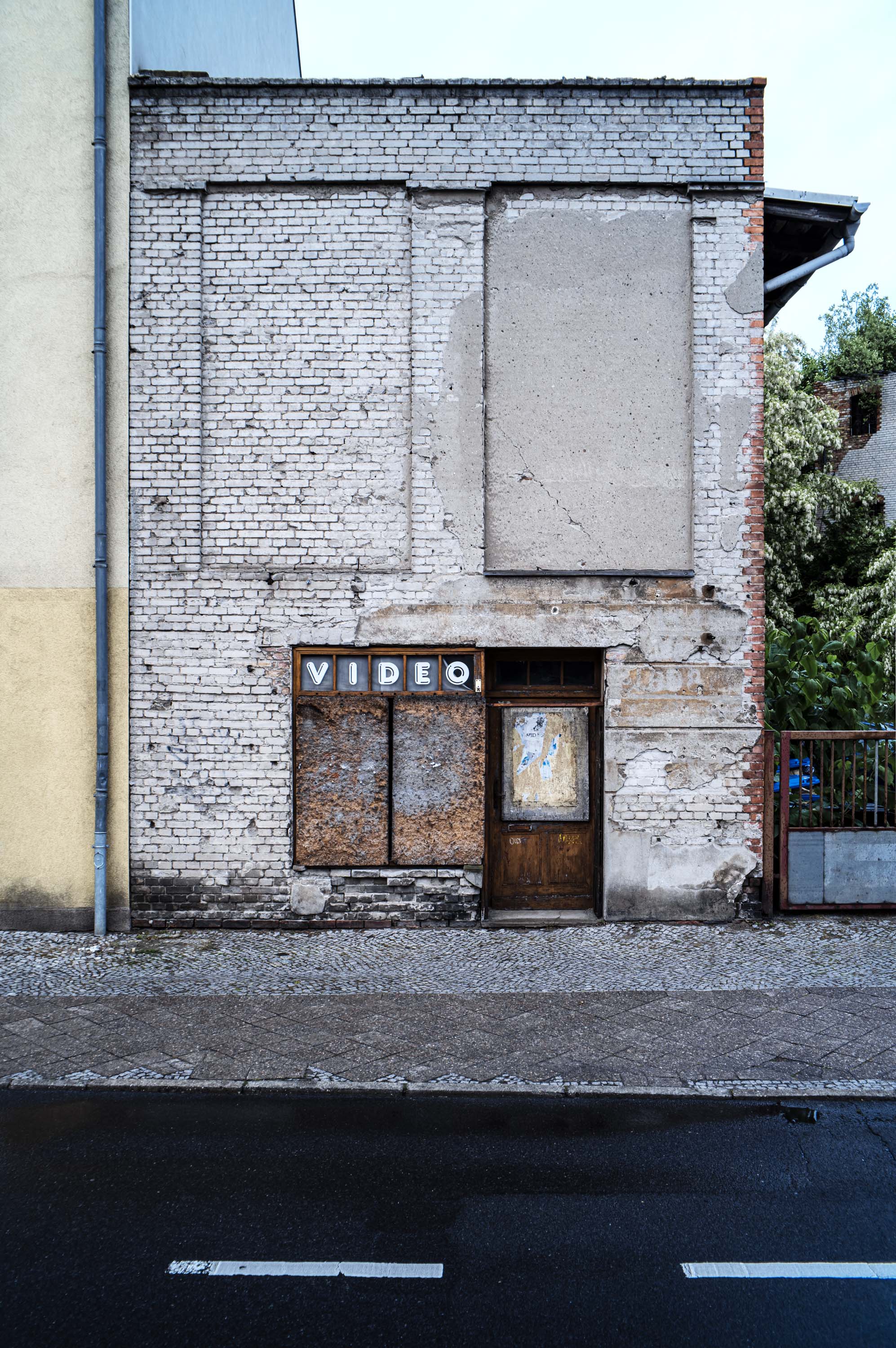
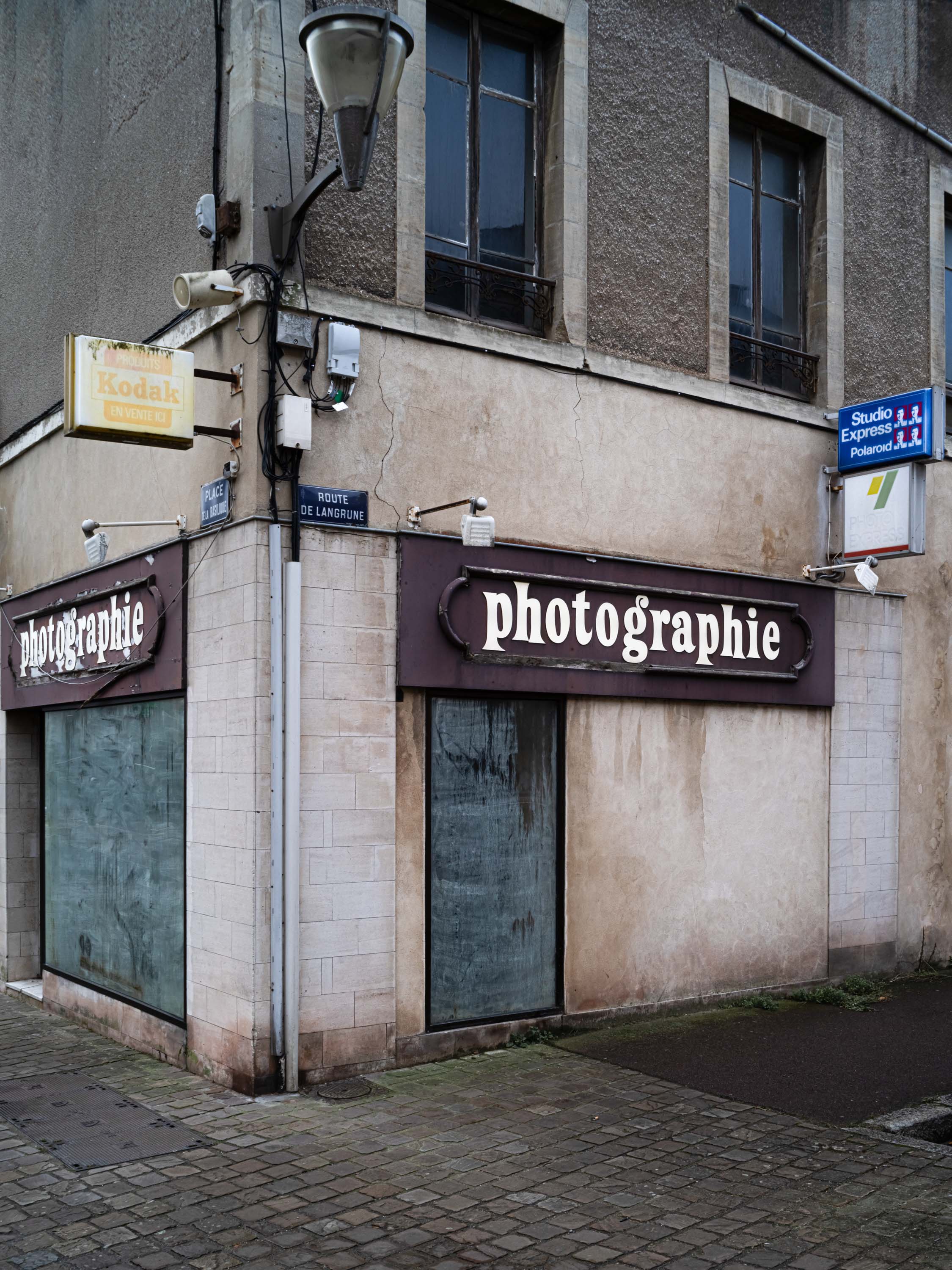
"Unpinning Paul Klee's Angelus Novus wings from the storm of Paradise becomes, for me, an allegory of unwrapping history — turning the gaze toward the future after an eternity spent contemplating the Past of Paradise. We can no longer unconsciously carry the artifacts of the past into our Present without adopting the perspective of this angel, pausing to see events not merely as a sequence but as catastrophes. Where catastrophe reigns, reflection ceases, replaced by reaction and impulsive flinching." — TBS
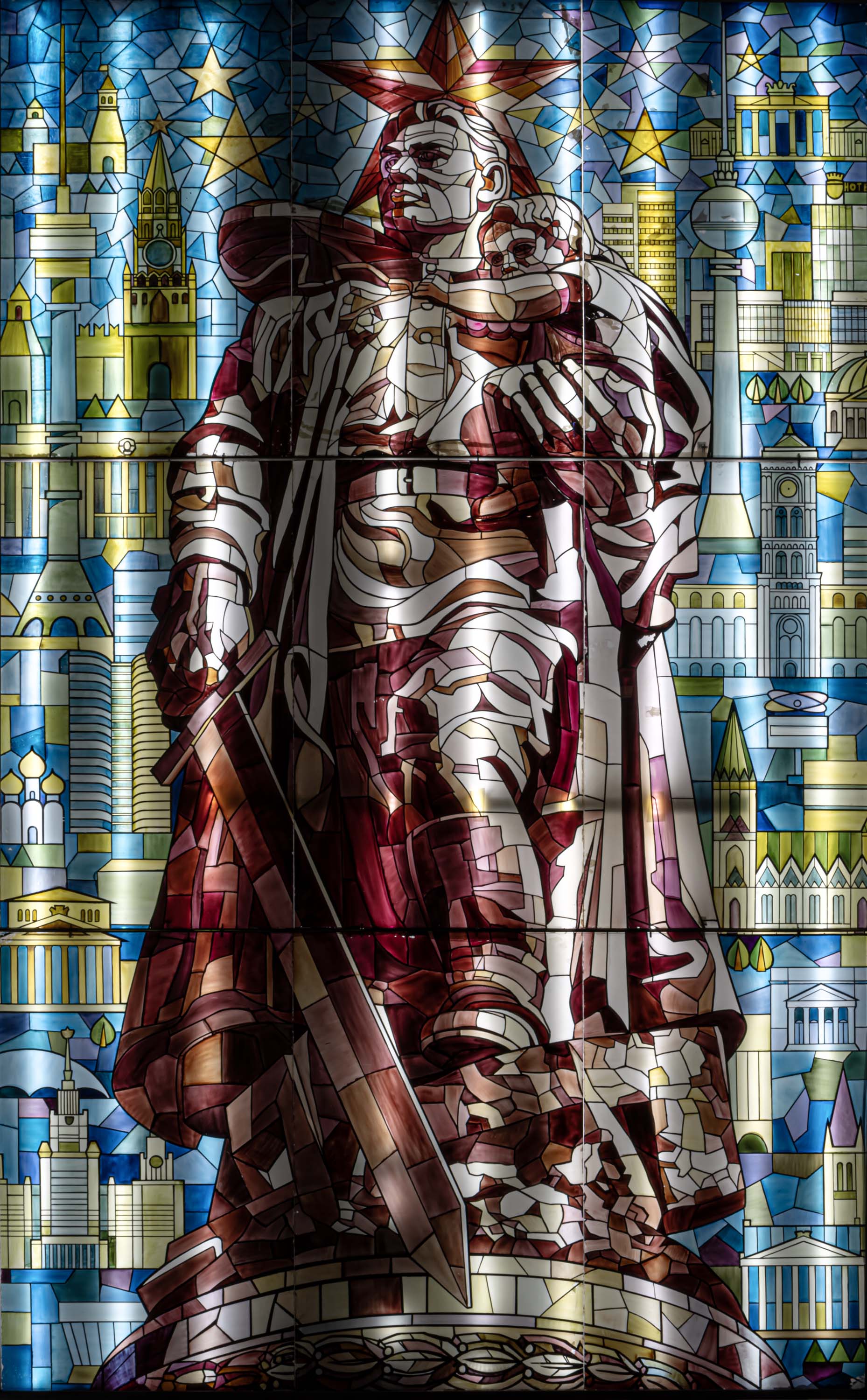
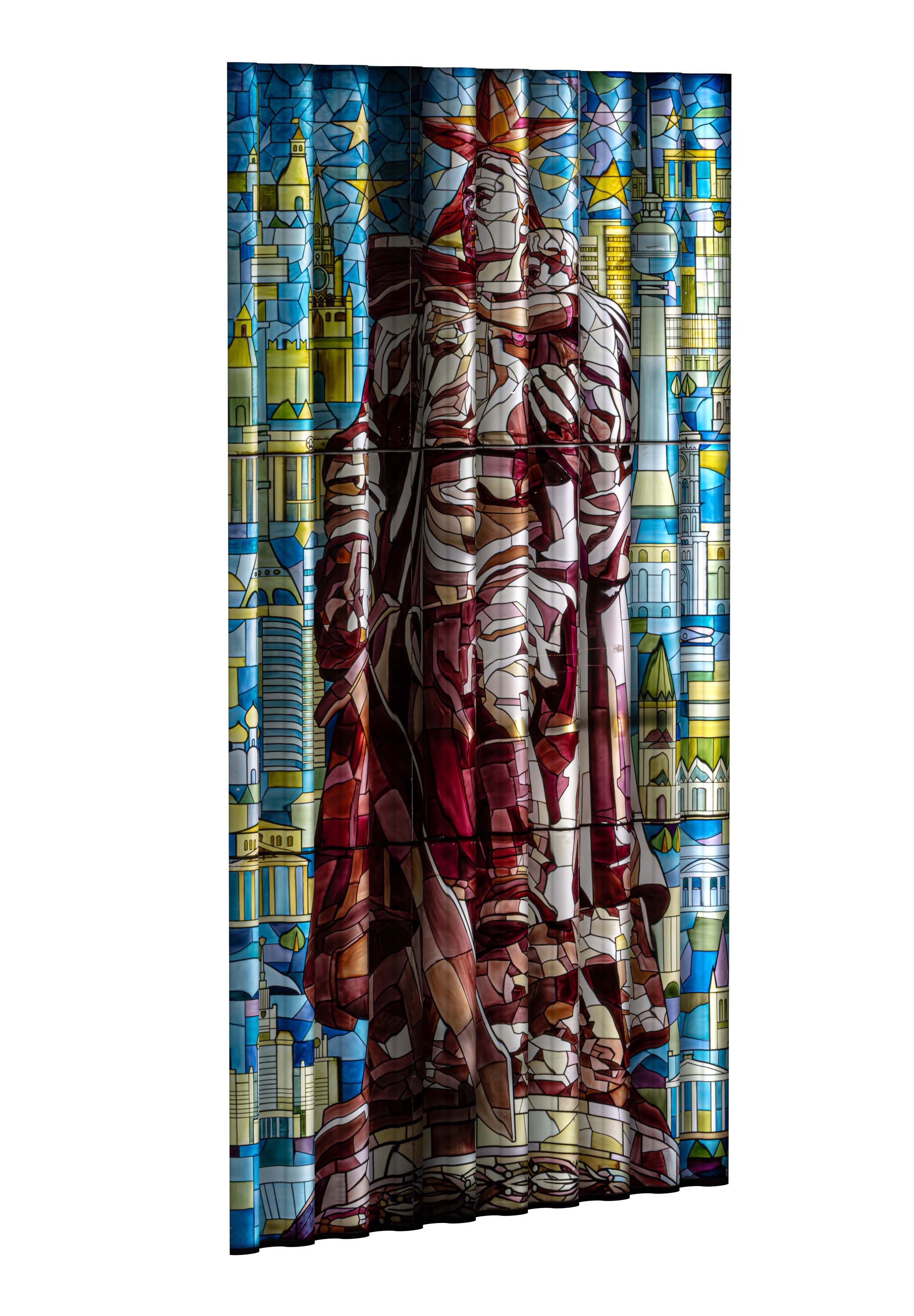
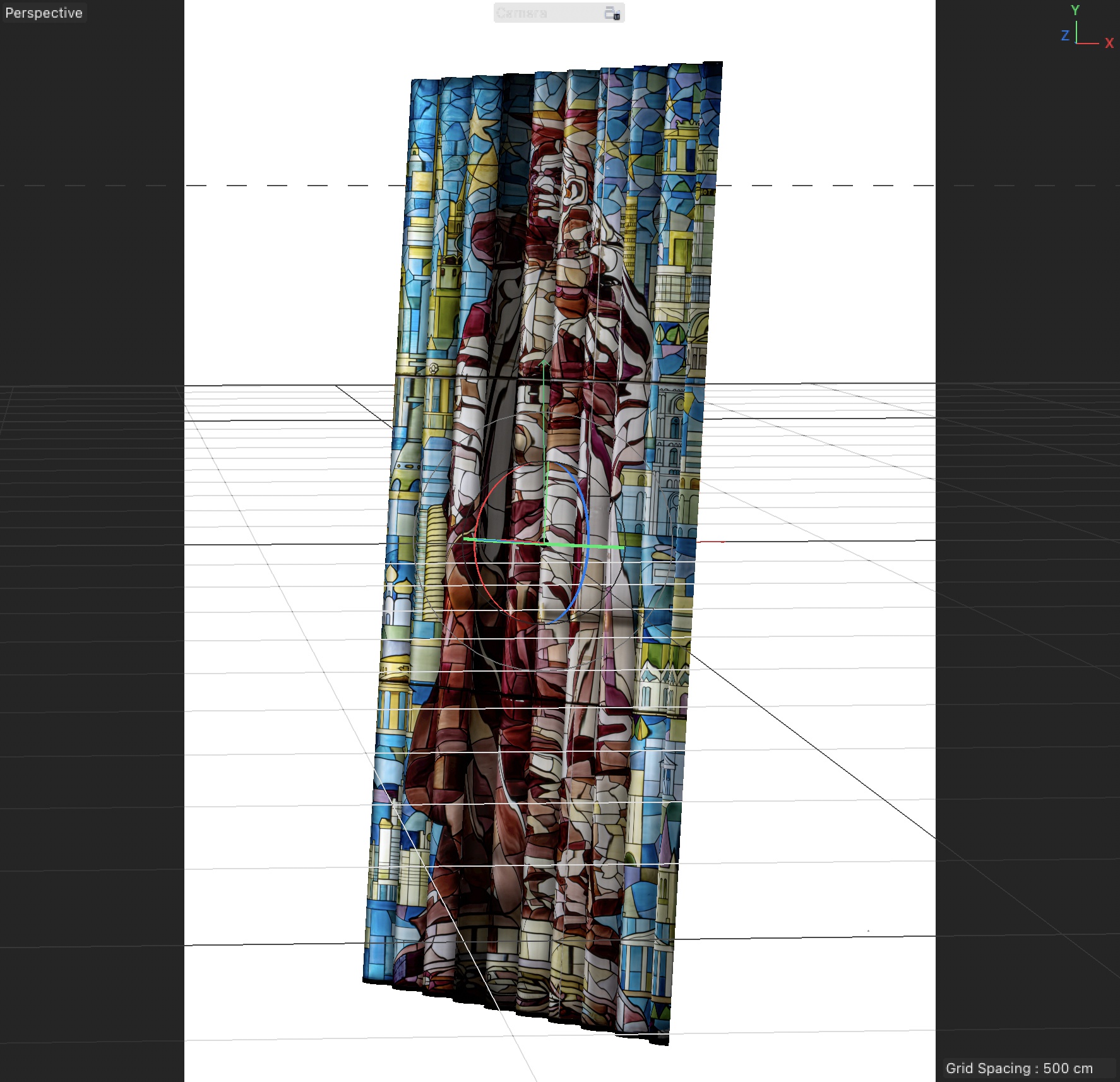
The first part of the project versos (Local Politicians as They Hang Their Own Election Campaign Posters) captures local politicians as they hang their own election campaign posters. By interweaving the politicians’ real-world presence, their performative actions, and election posters stripped of their visual elements, the project examines the construction of a political image versus an image of the political. It seeks to uncover the natural individuals embedded in their sociopolitical habitat, revealing the human faces behind the societal roles of politicians during the 2024 elections for the 8th Brandenburg Federal State Parliament.


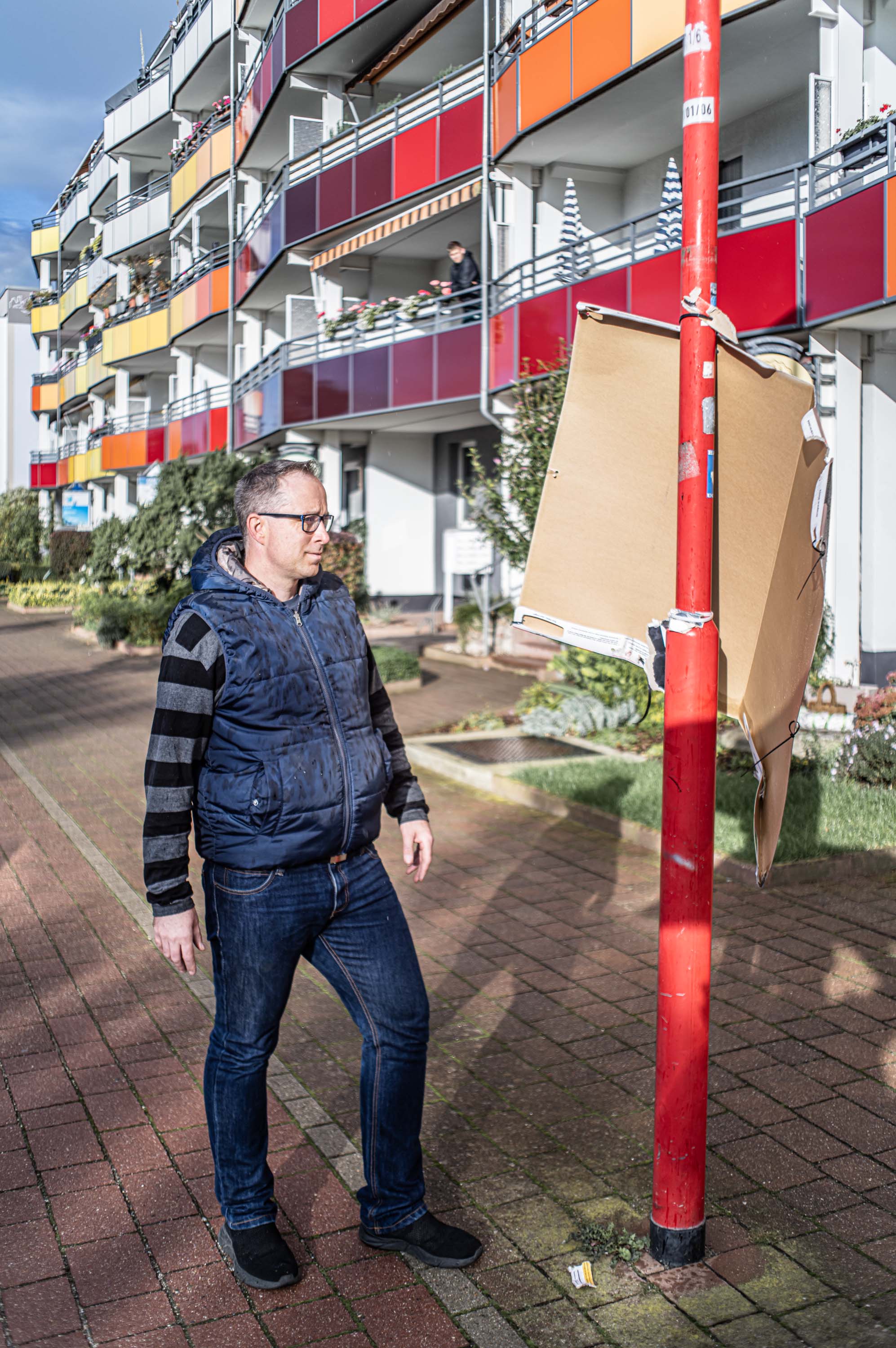
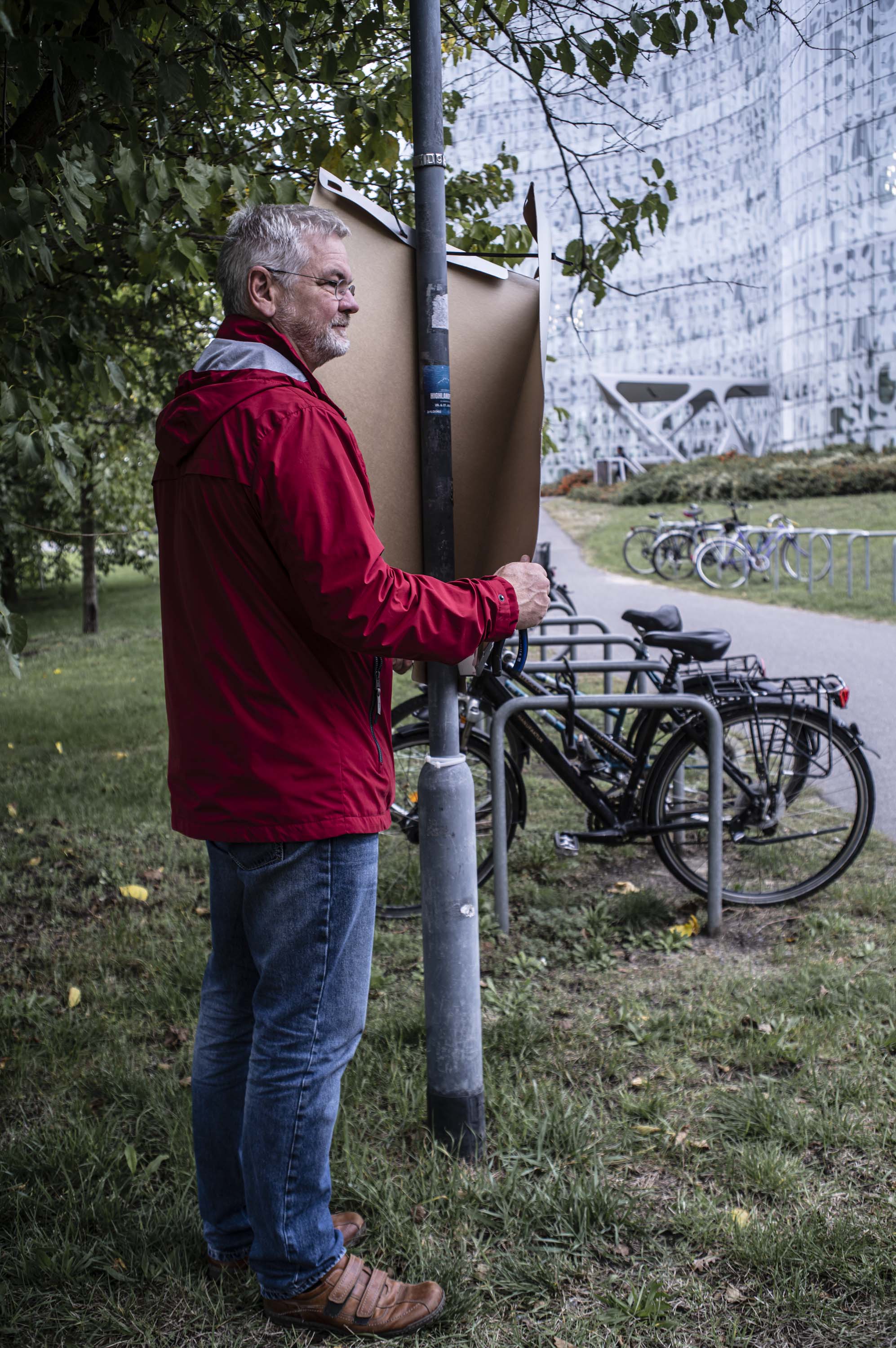
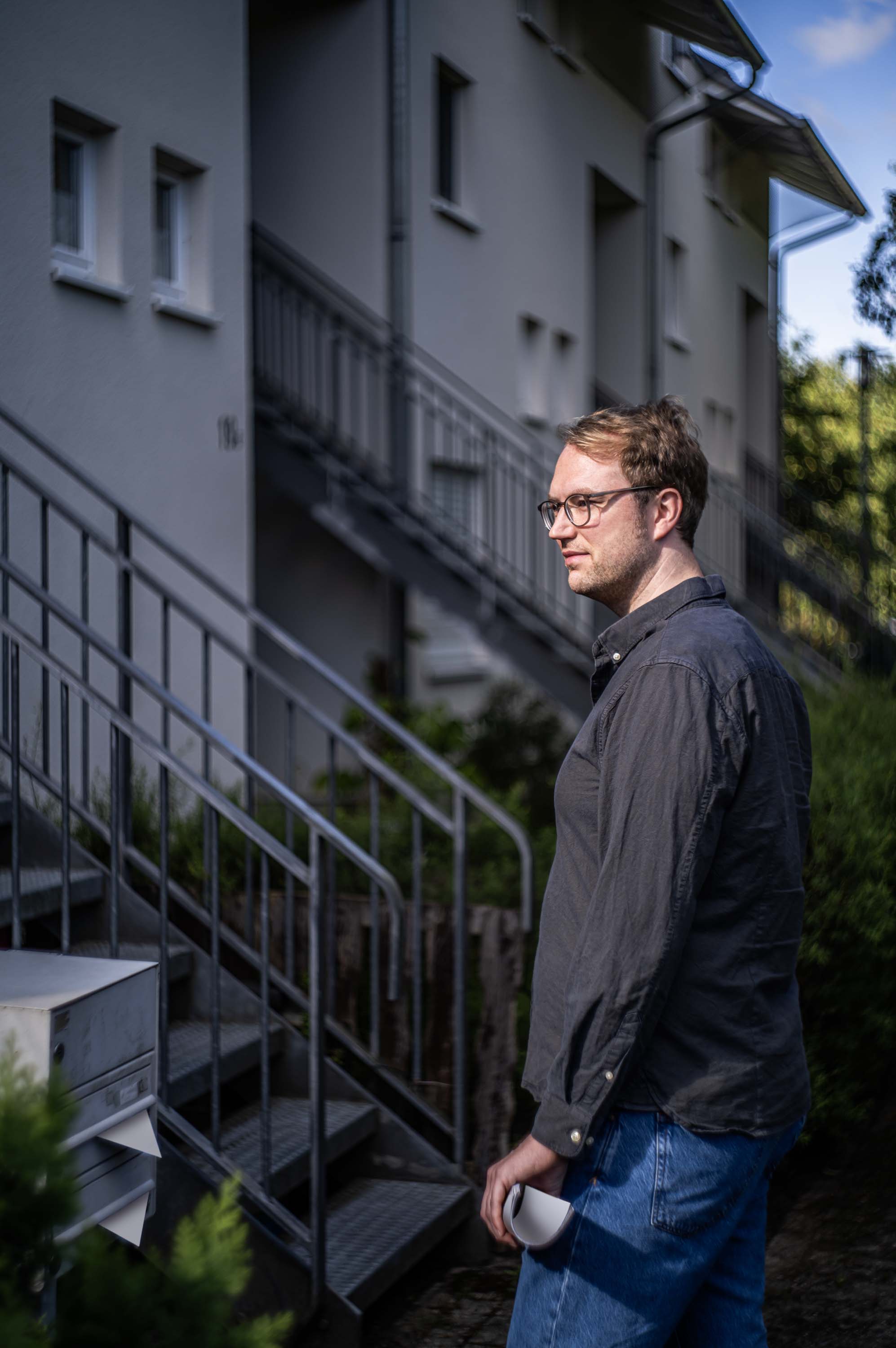
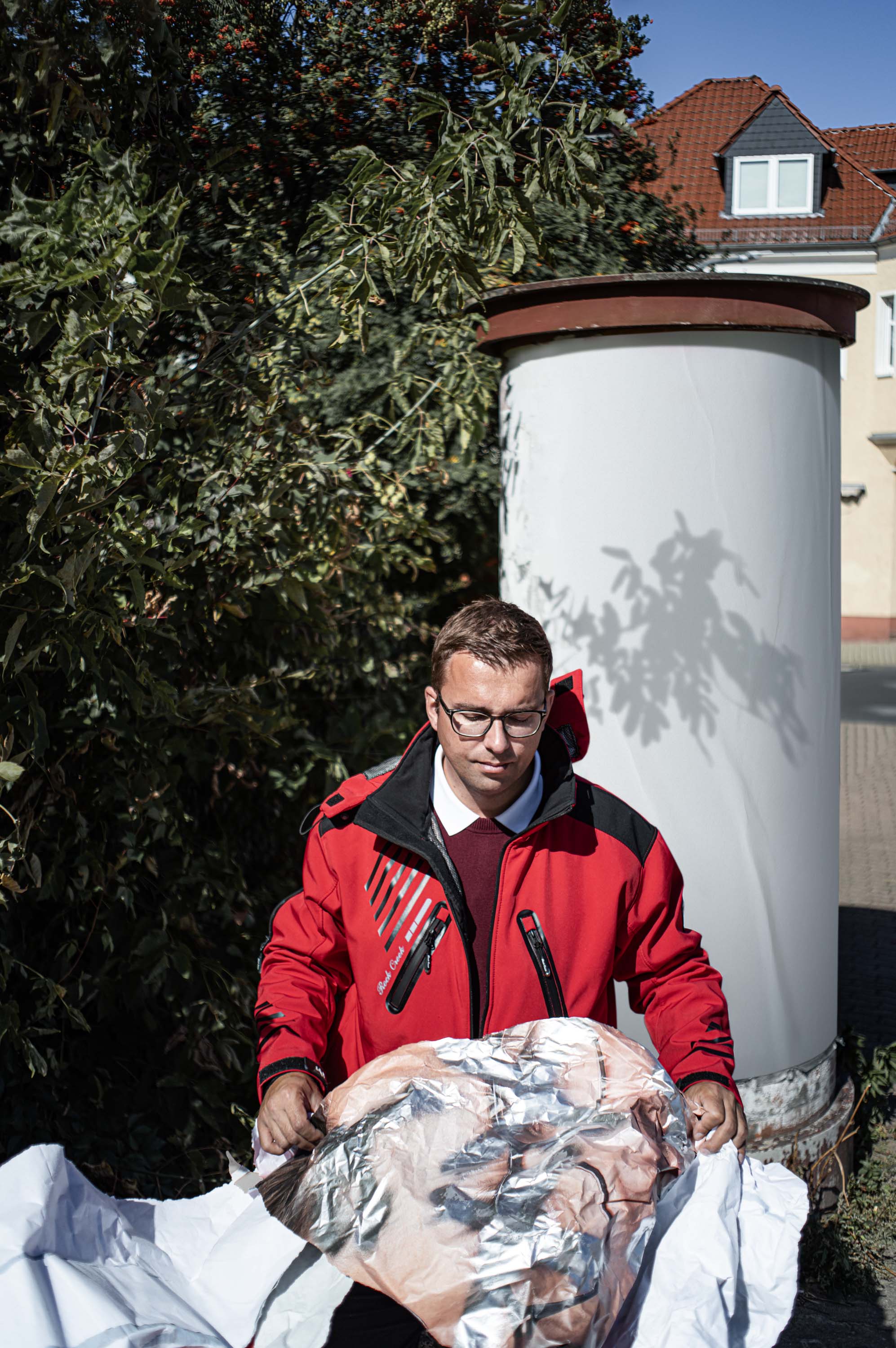
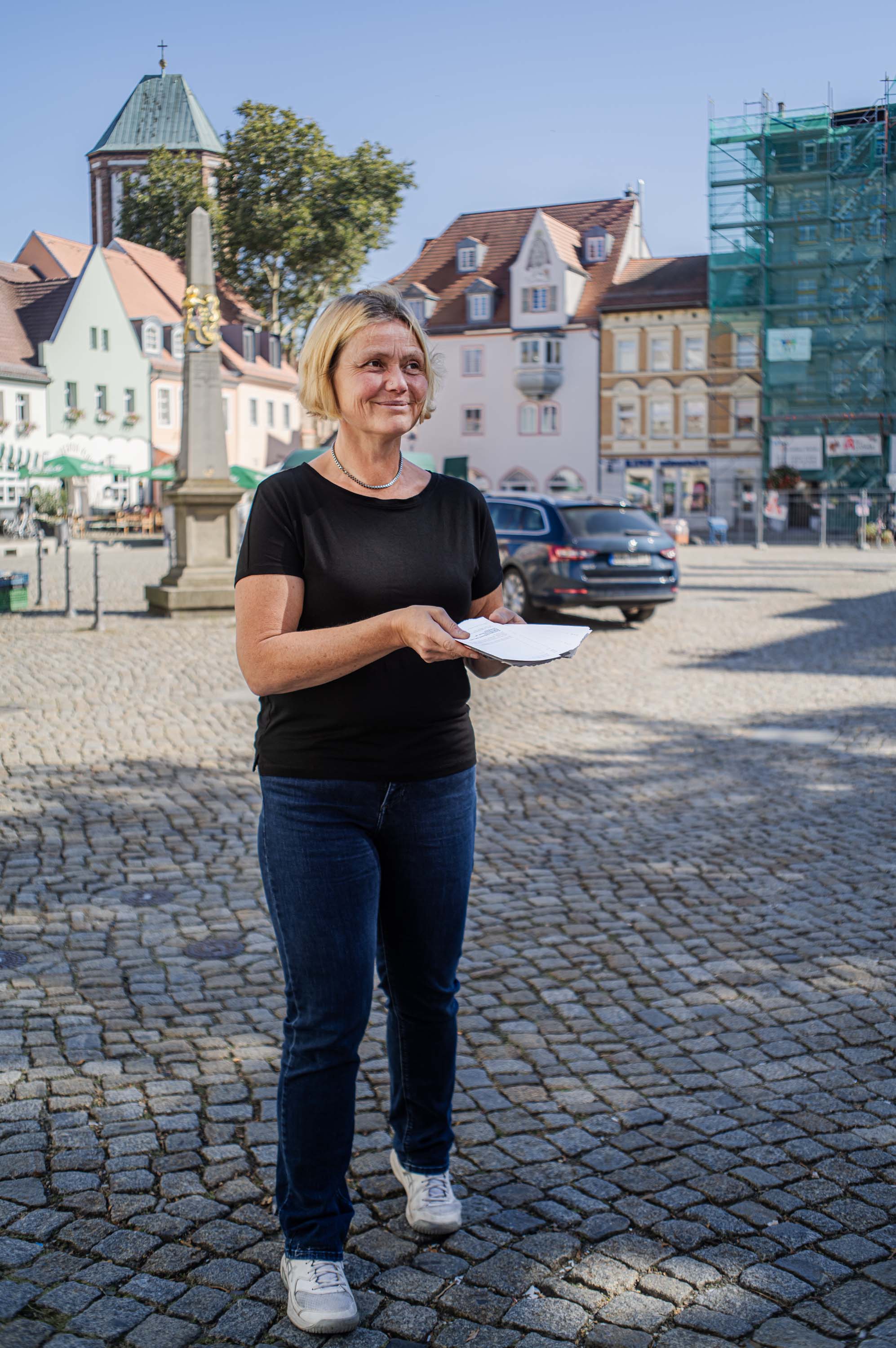
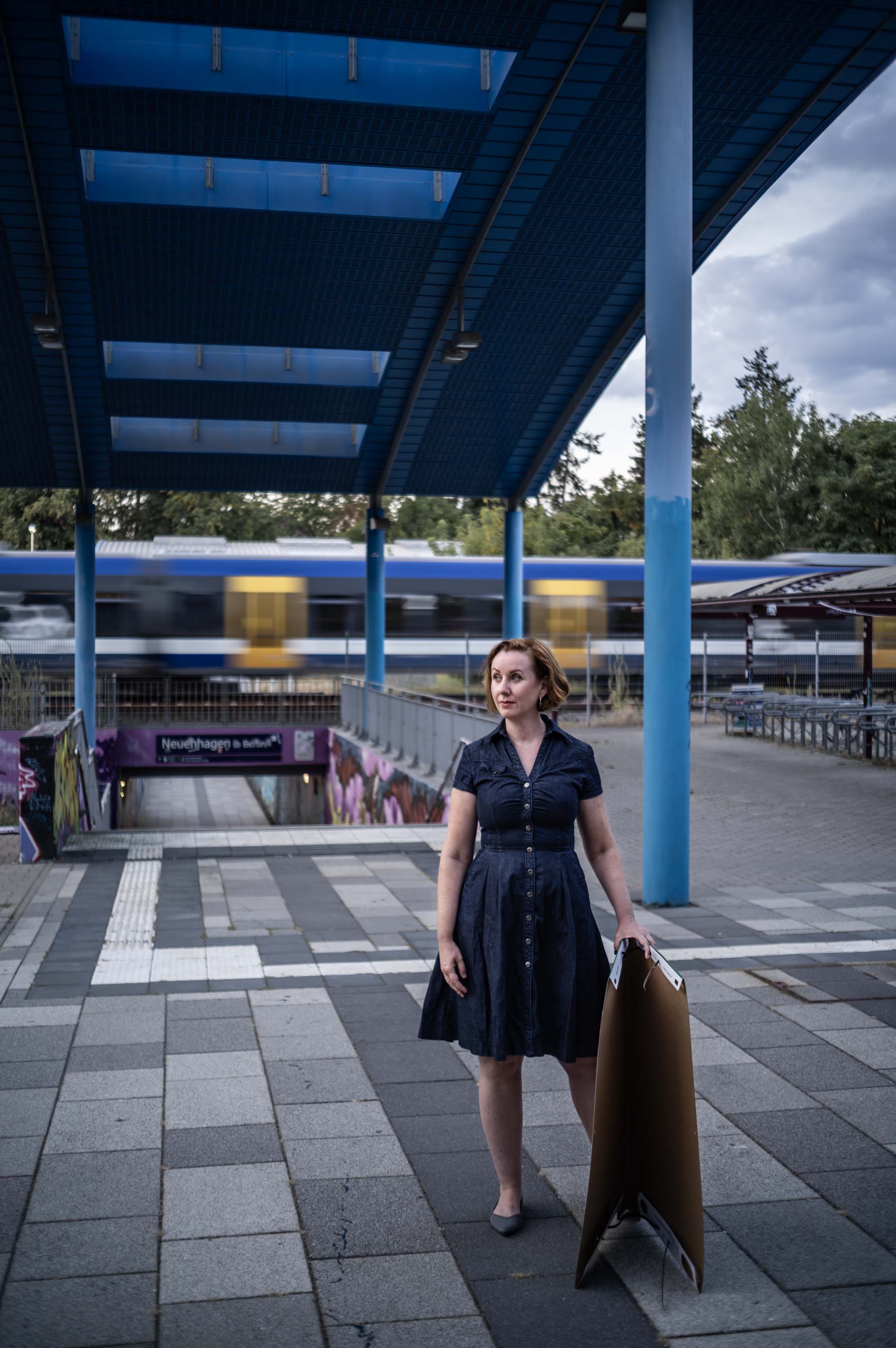
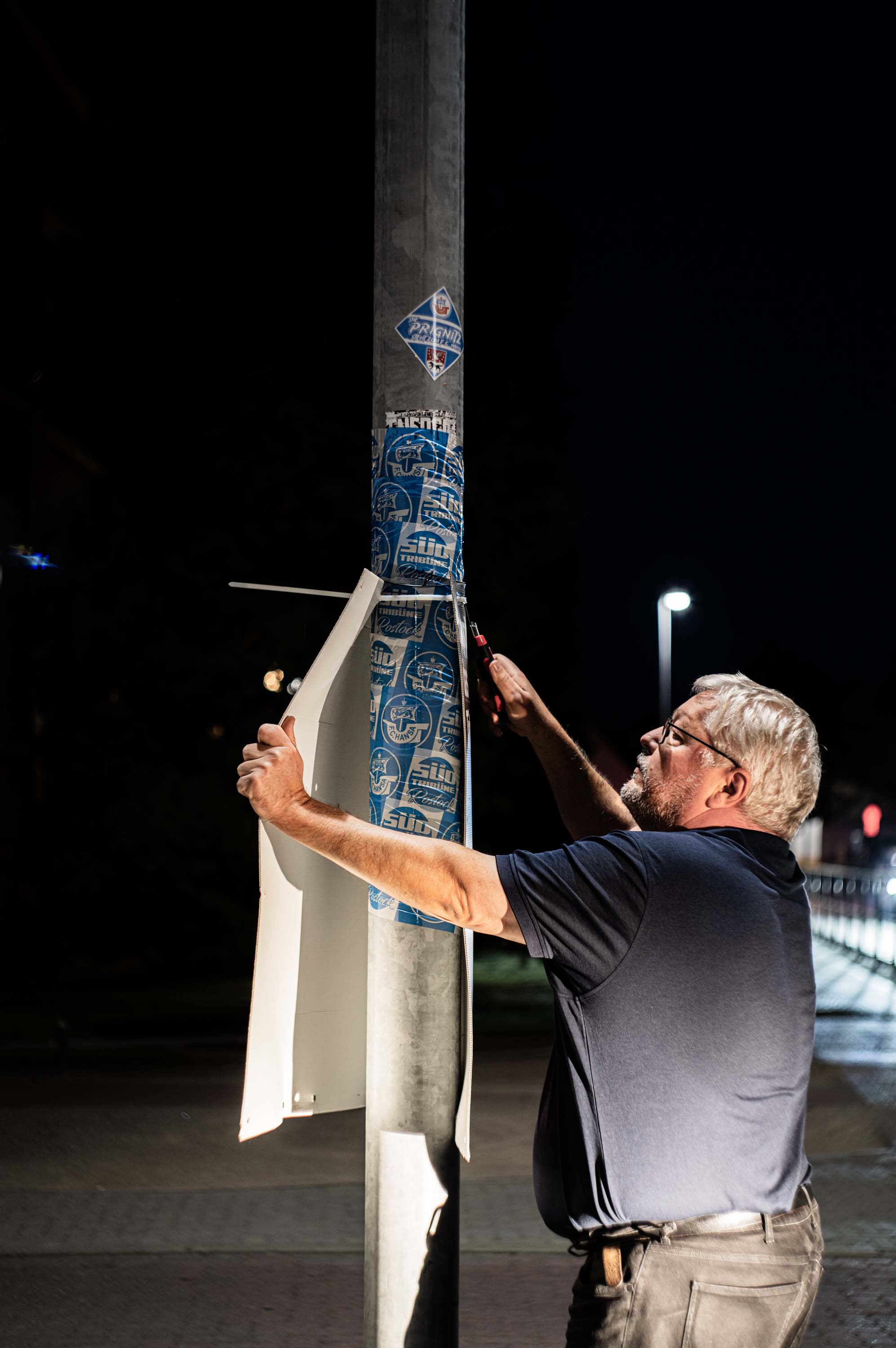
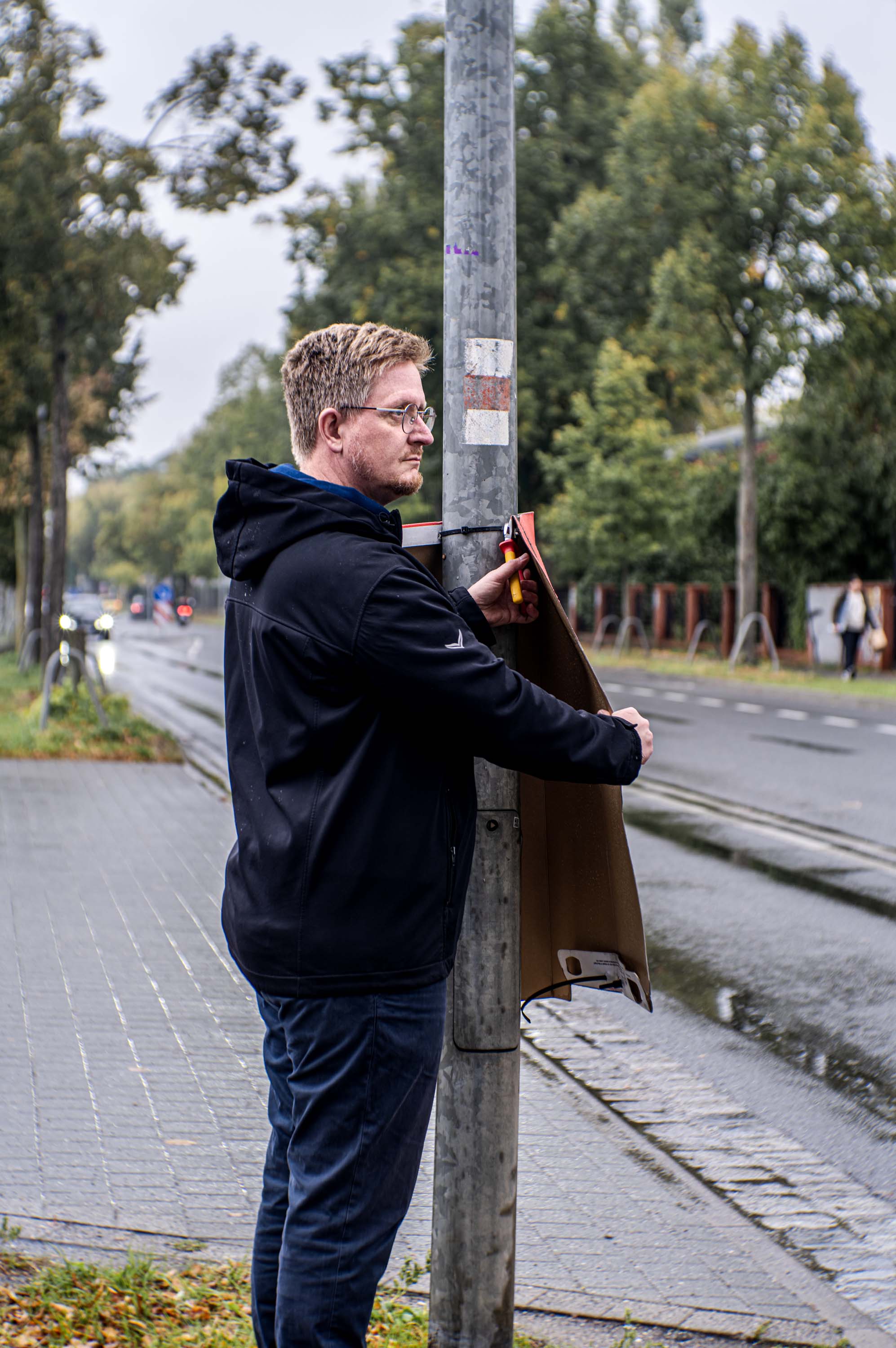
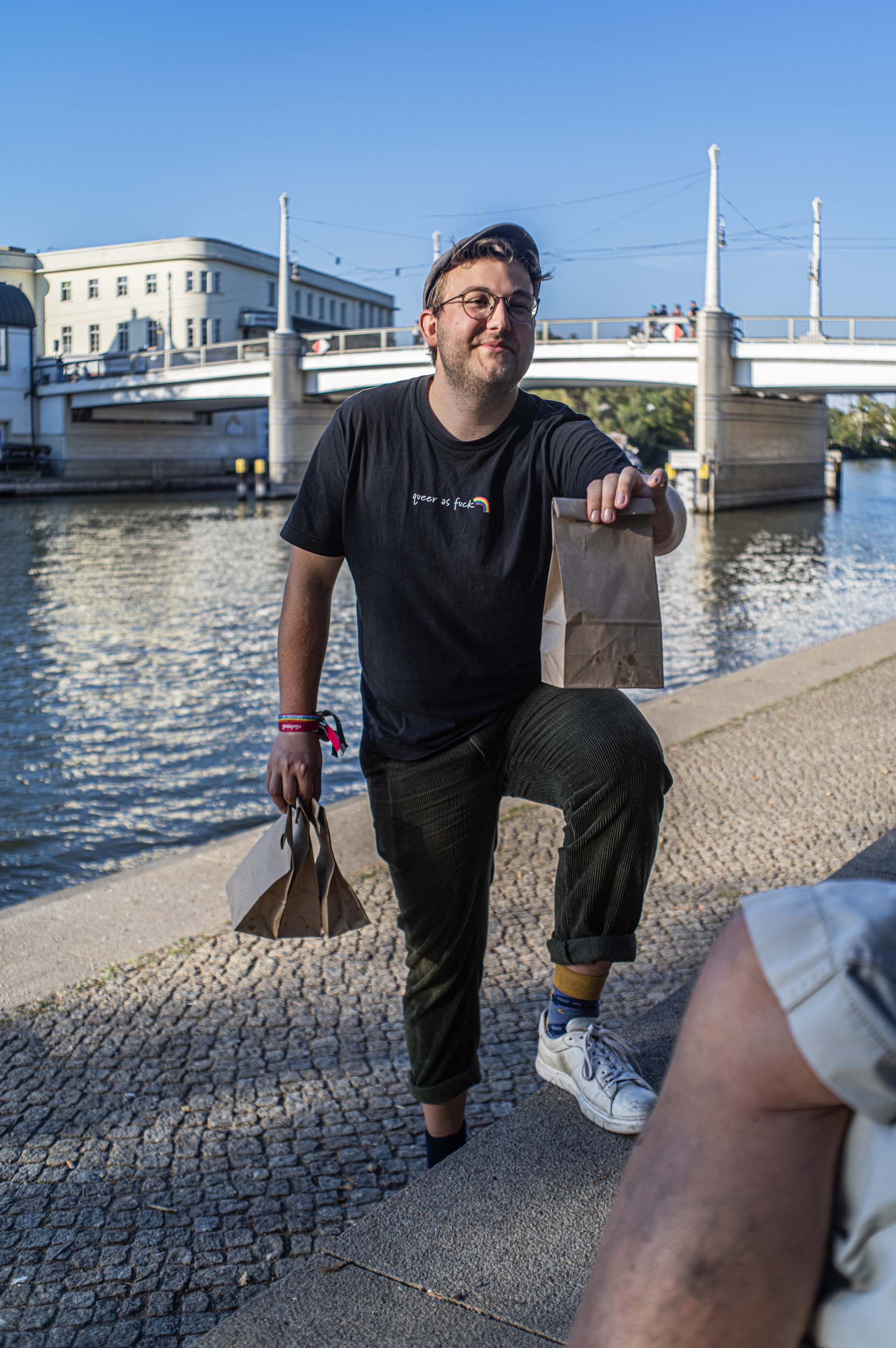
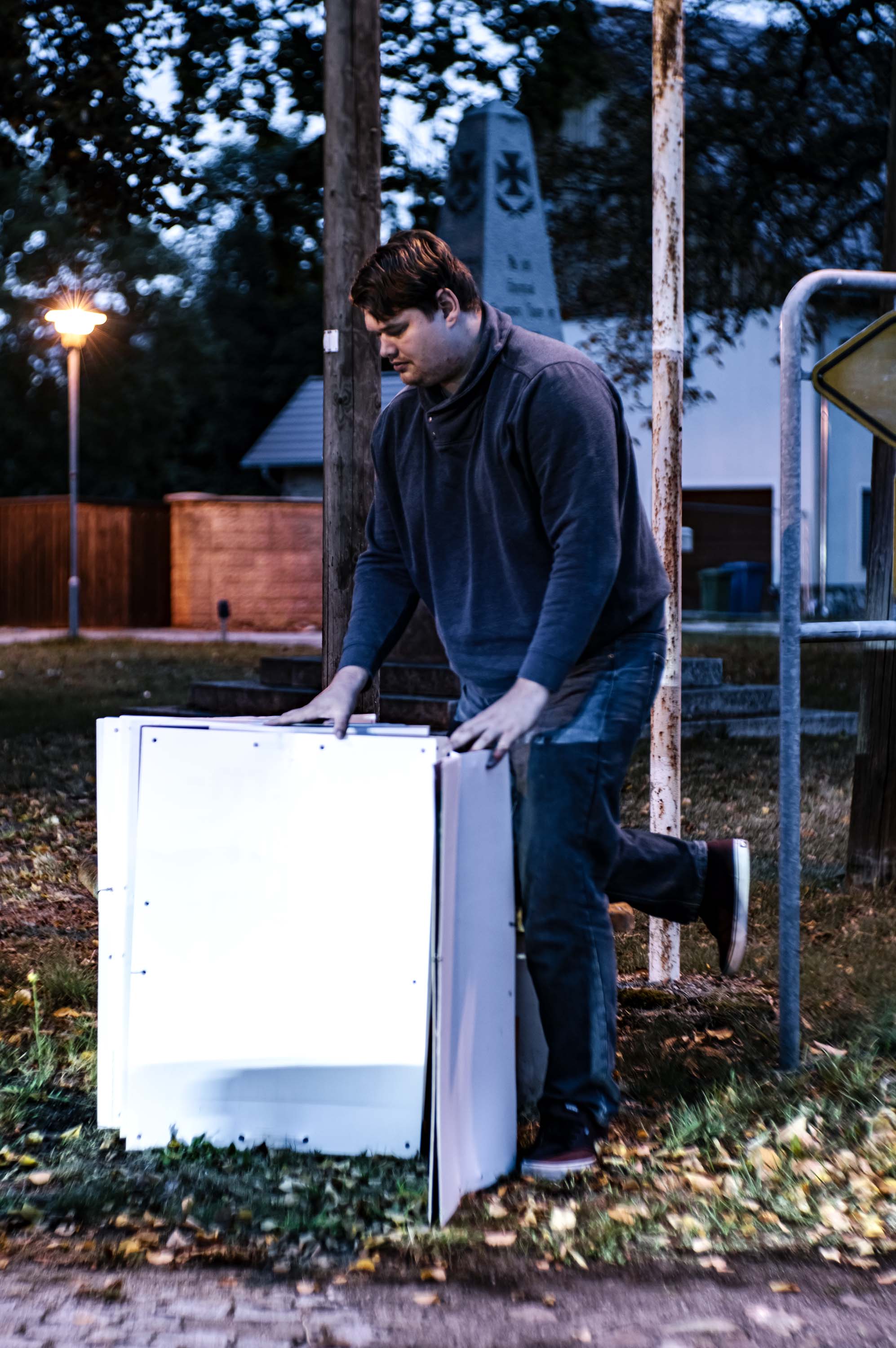
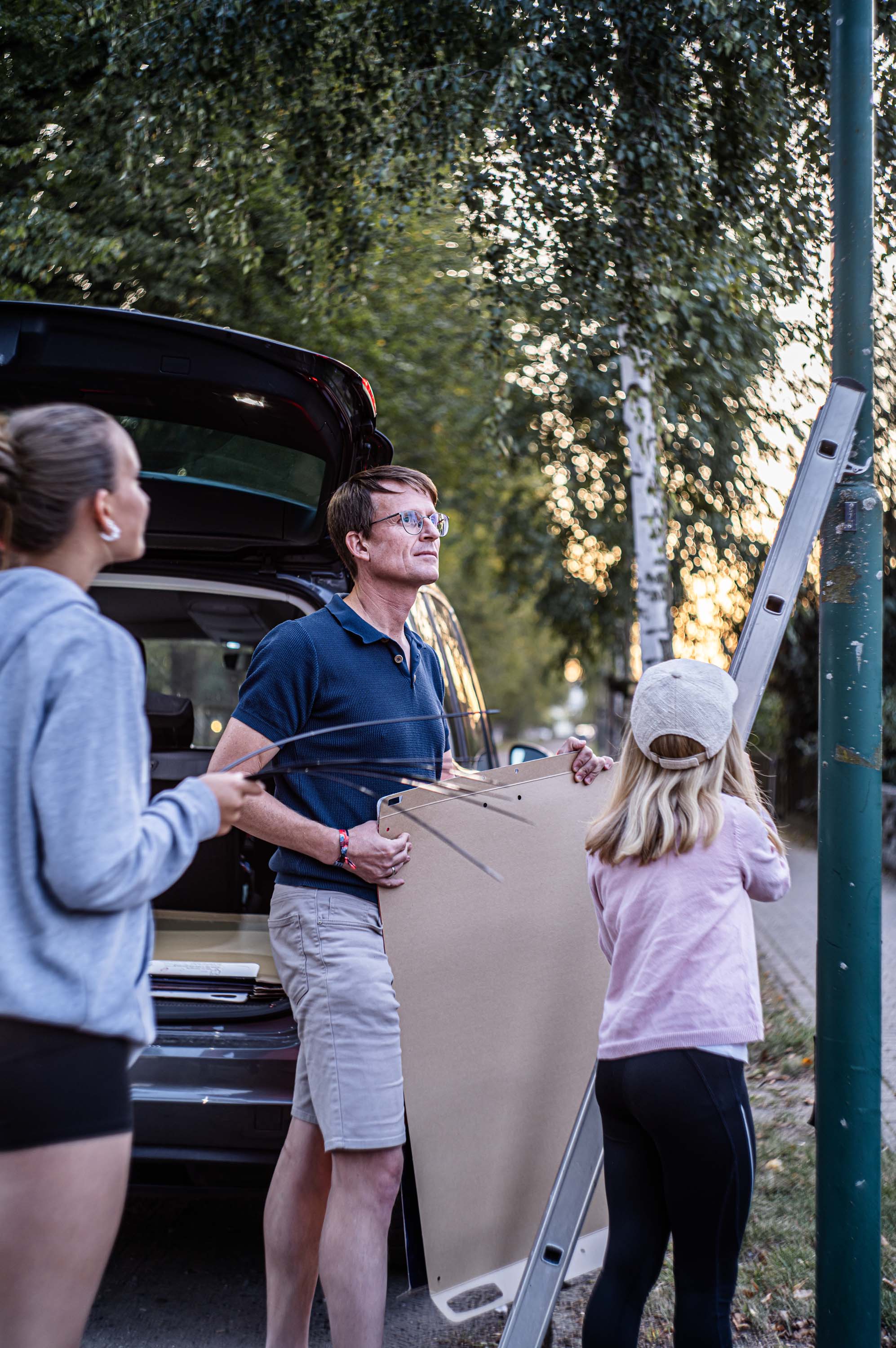
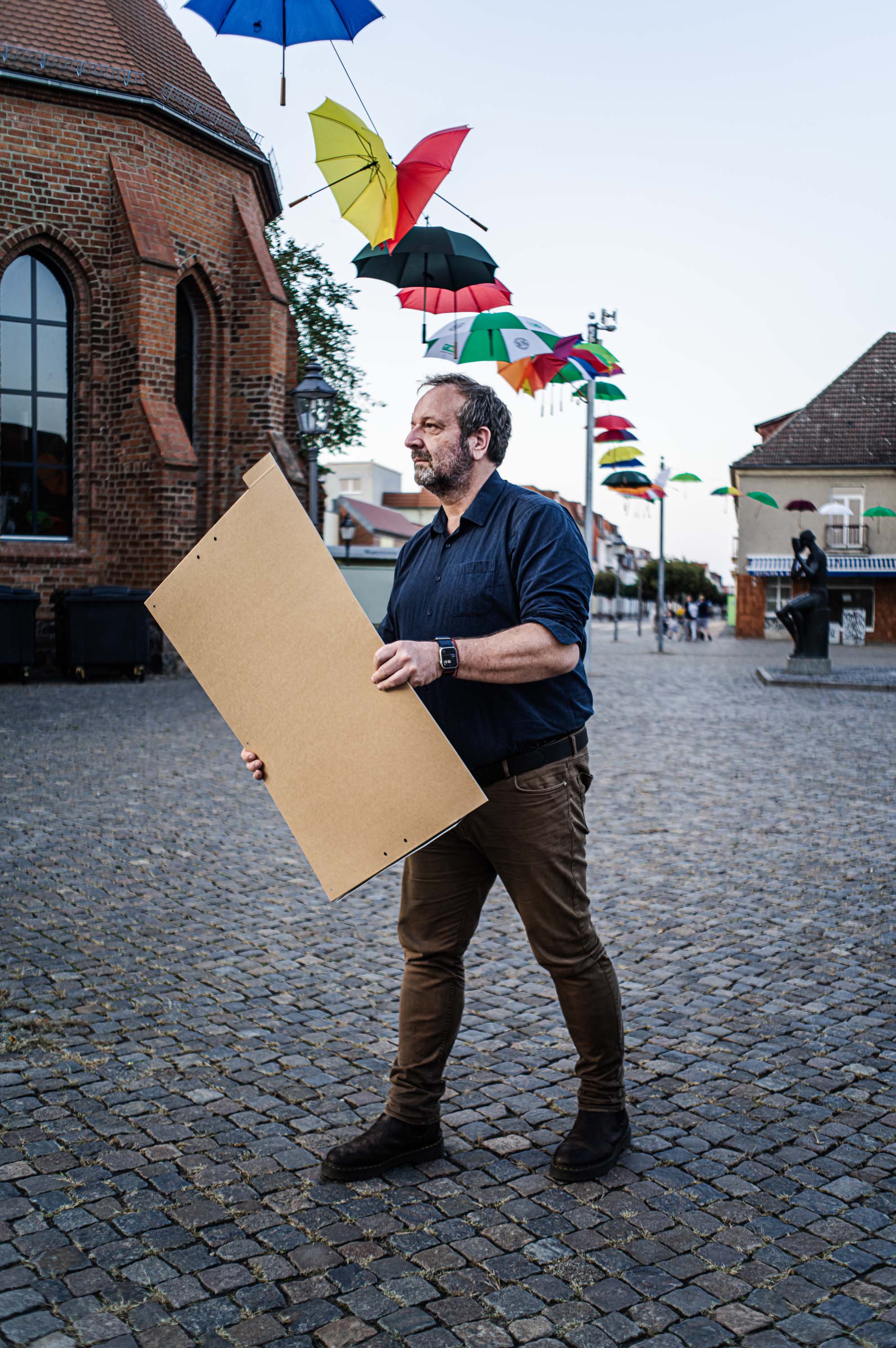
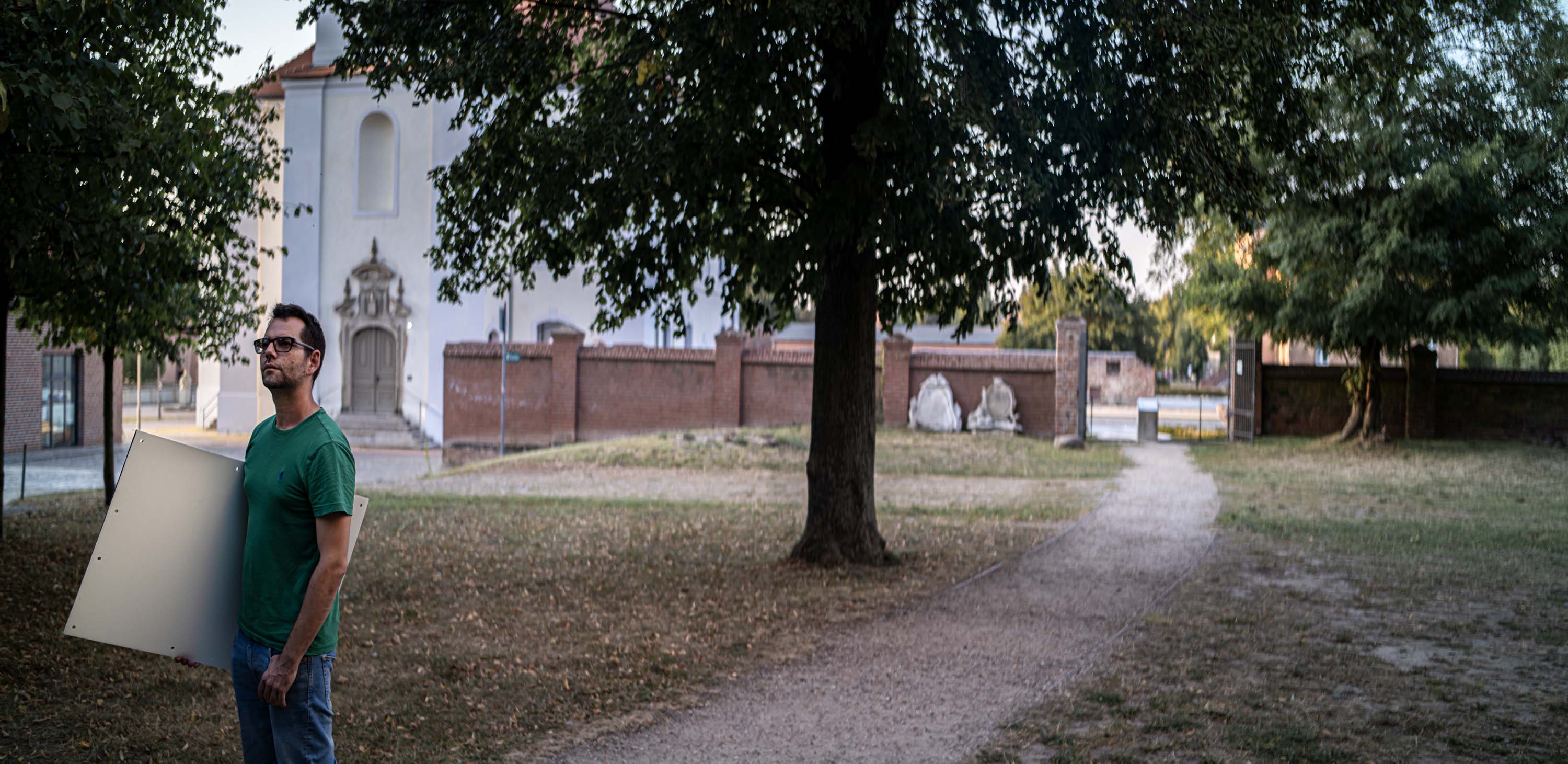
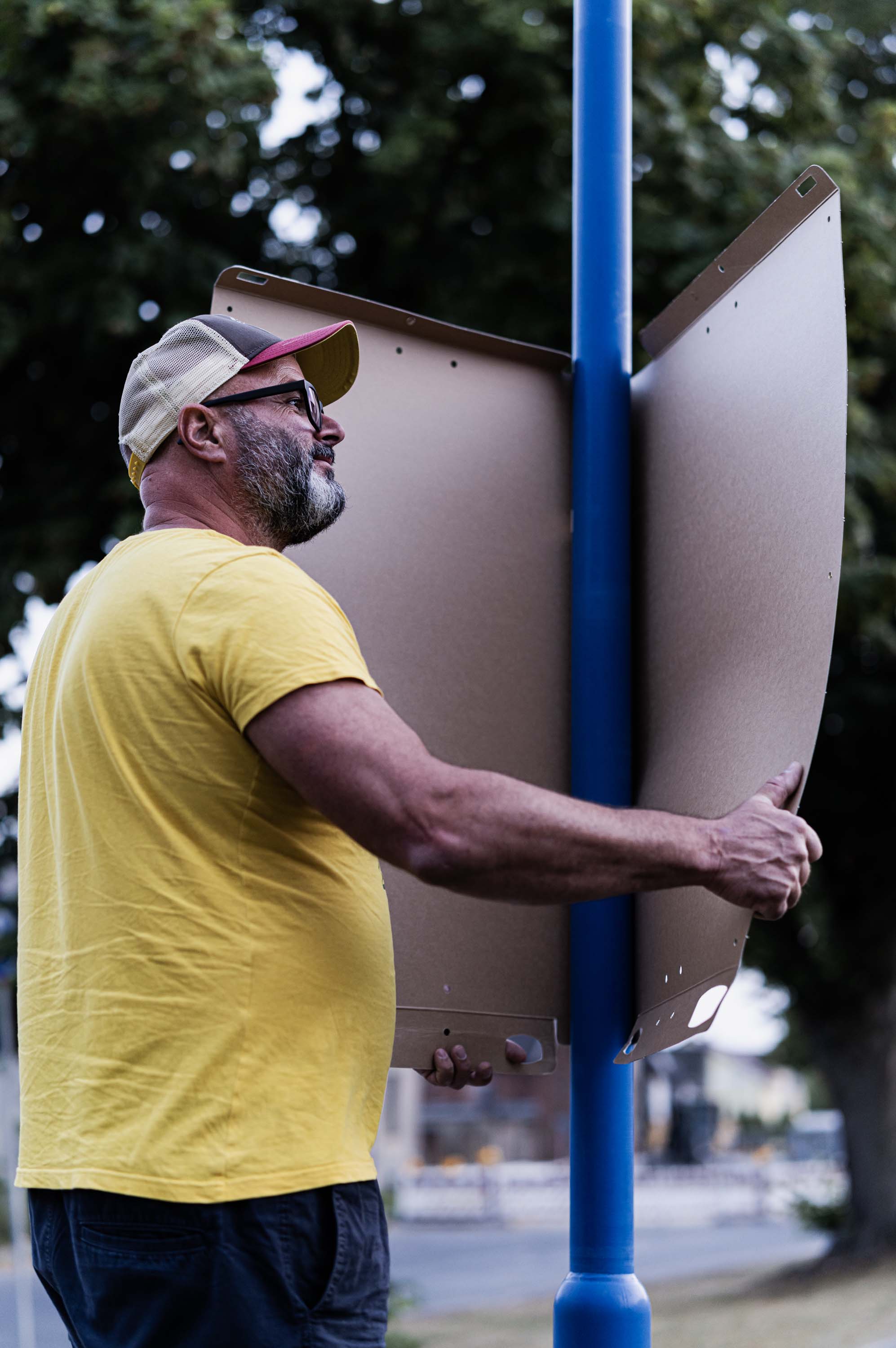
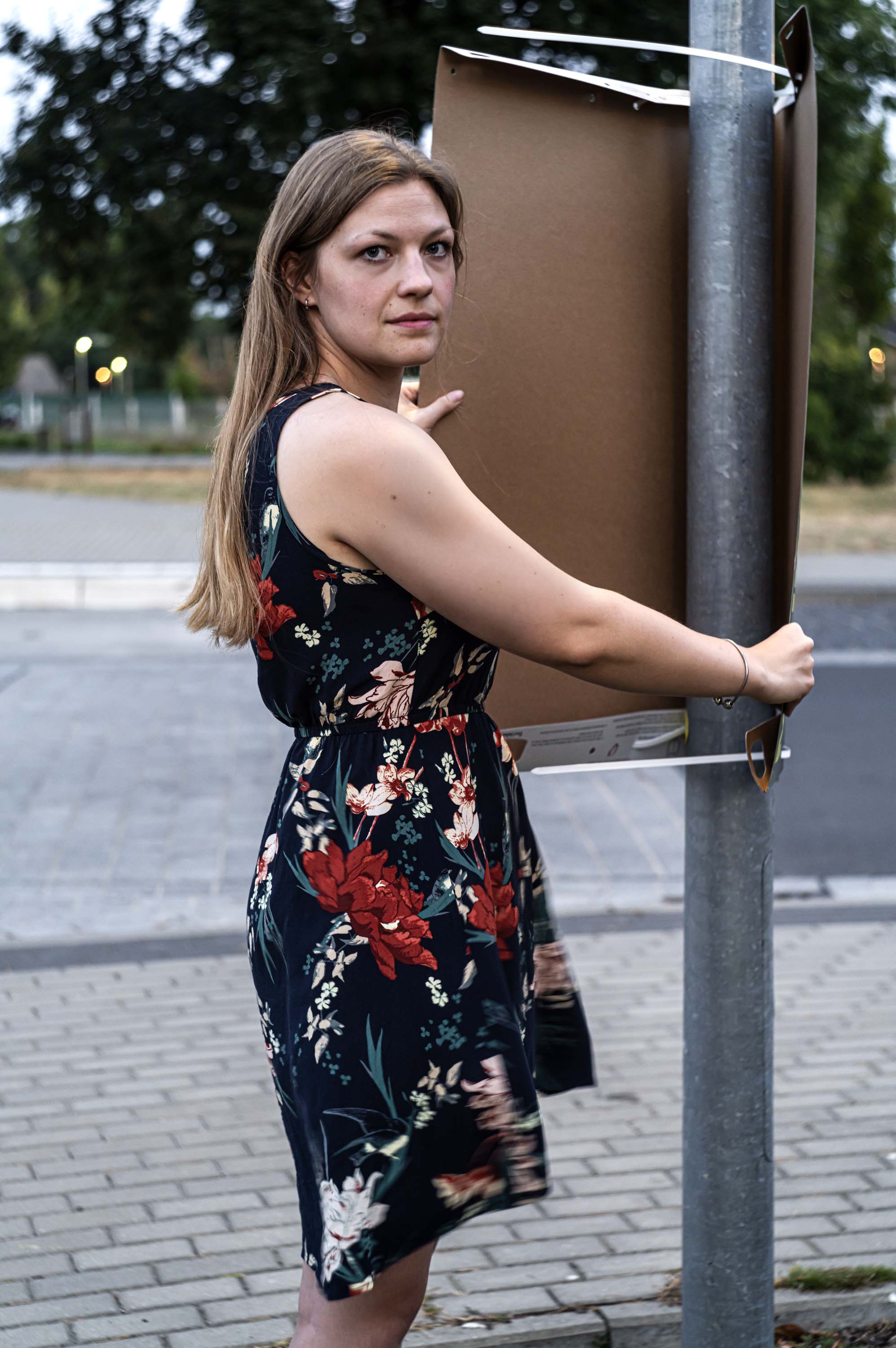
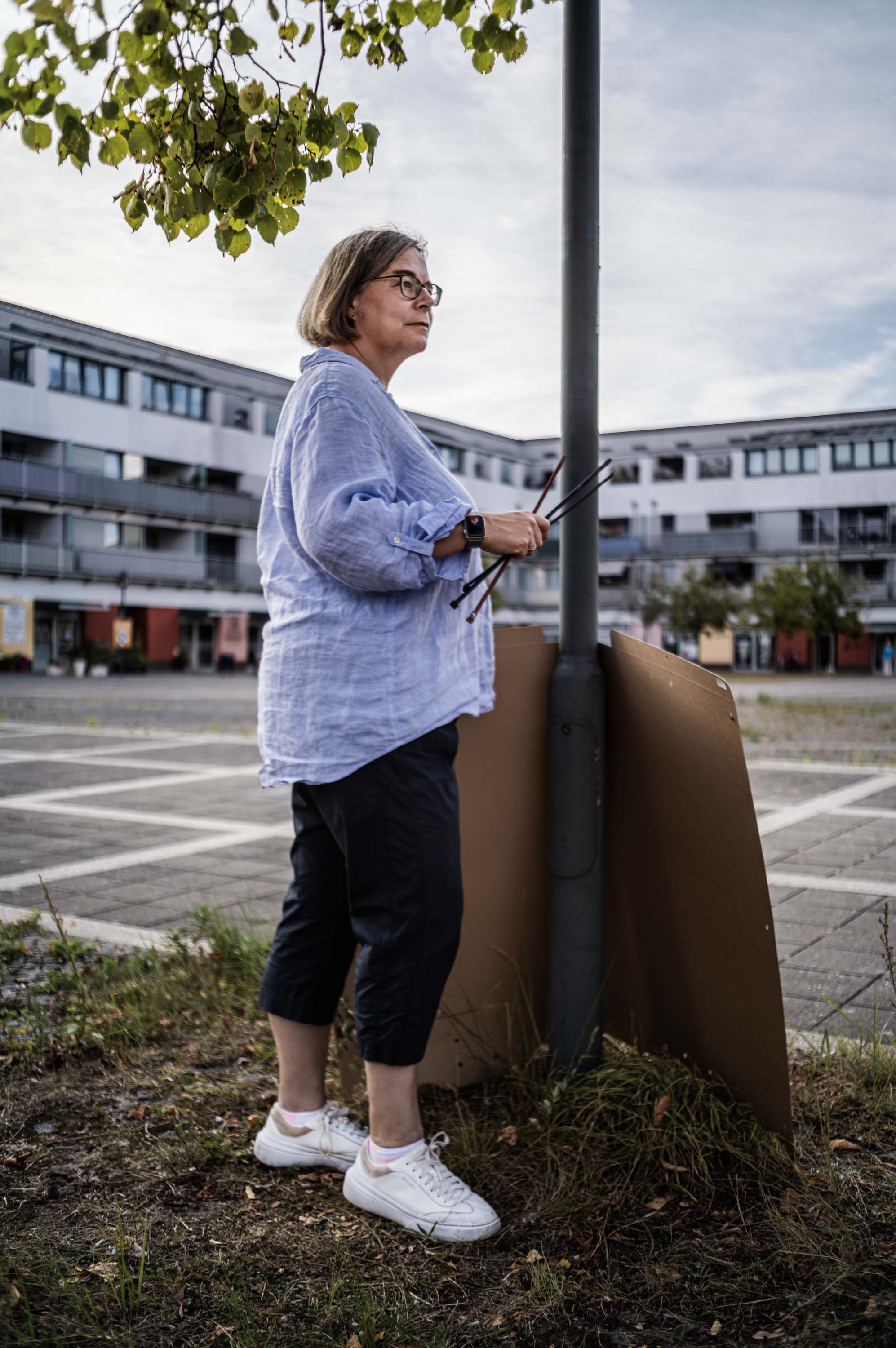
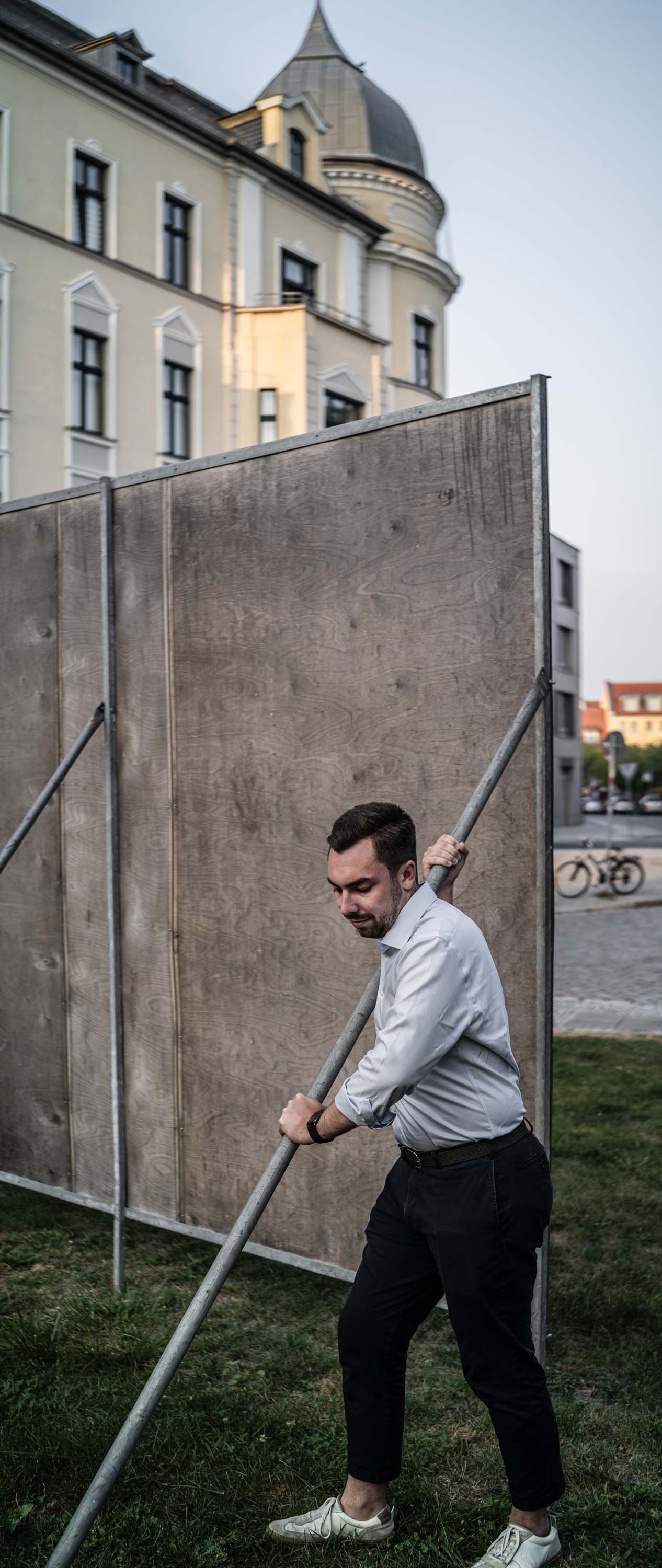
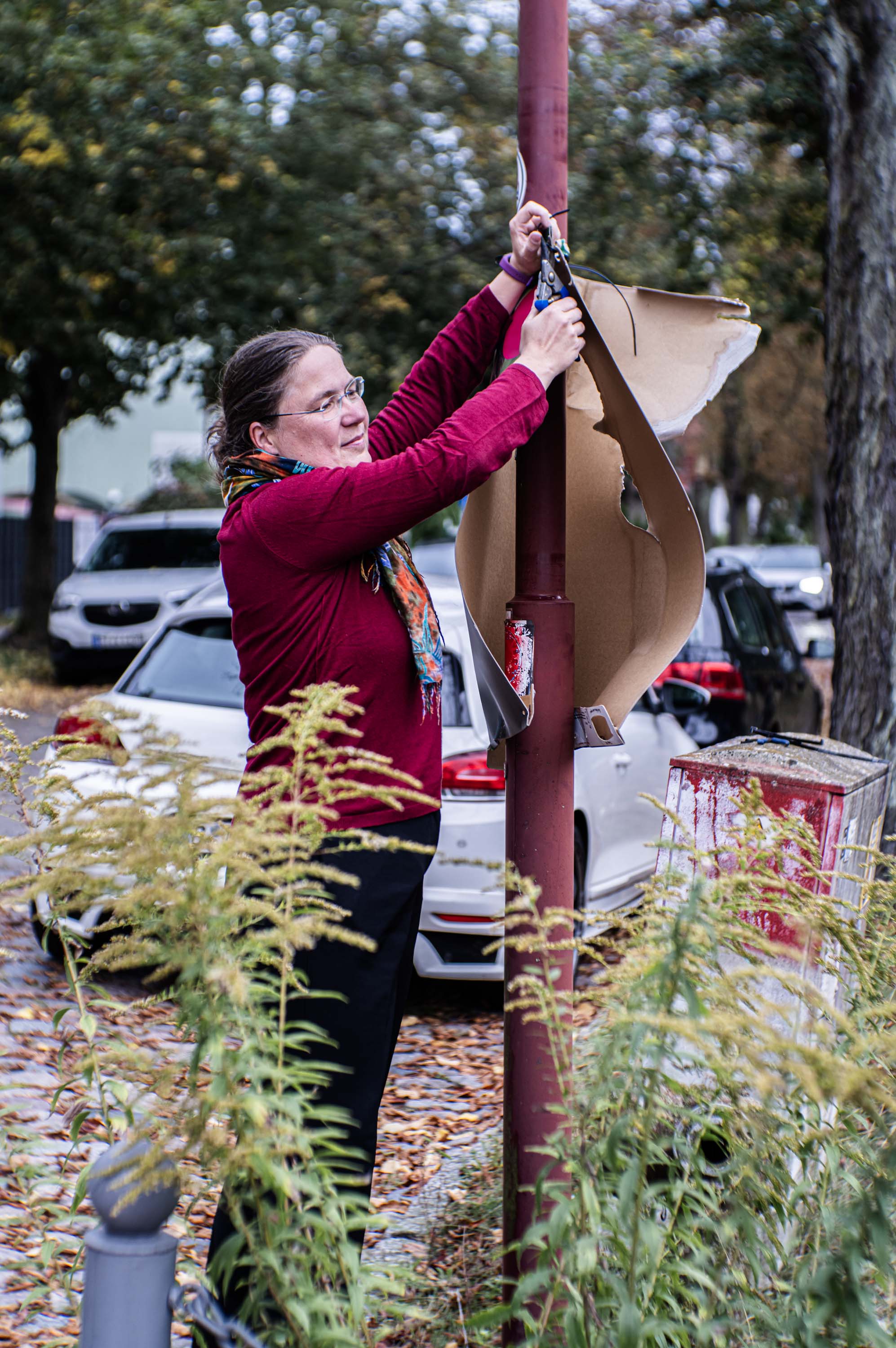
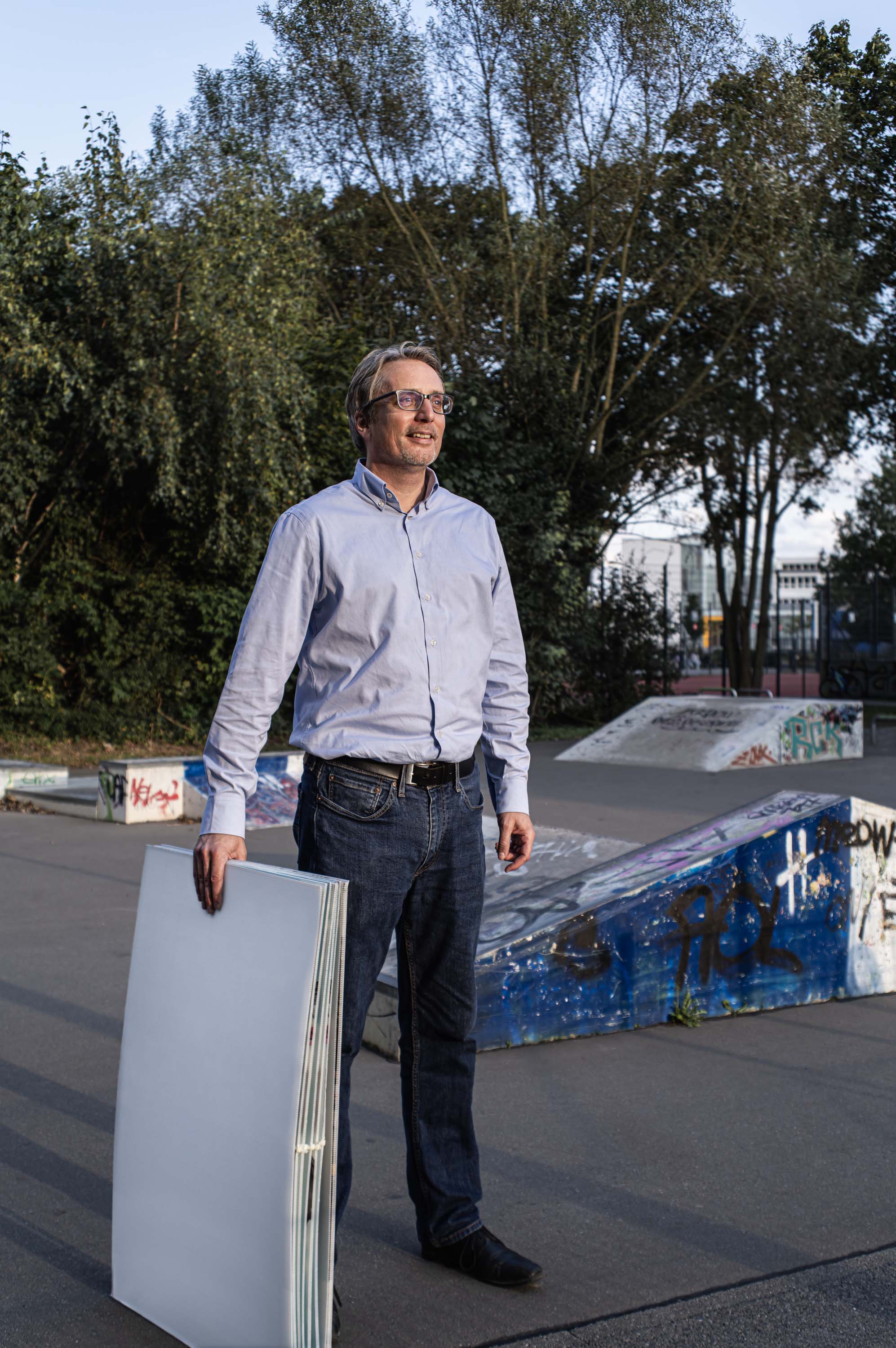
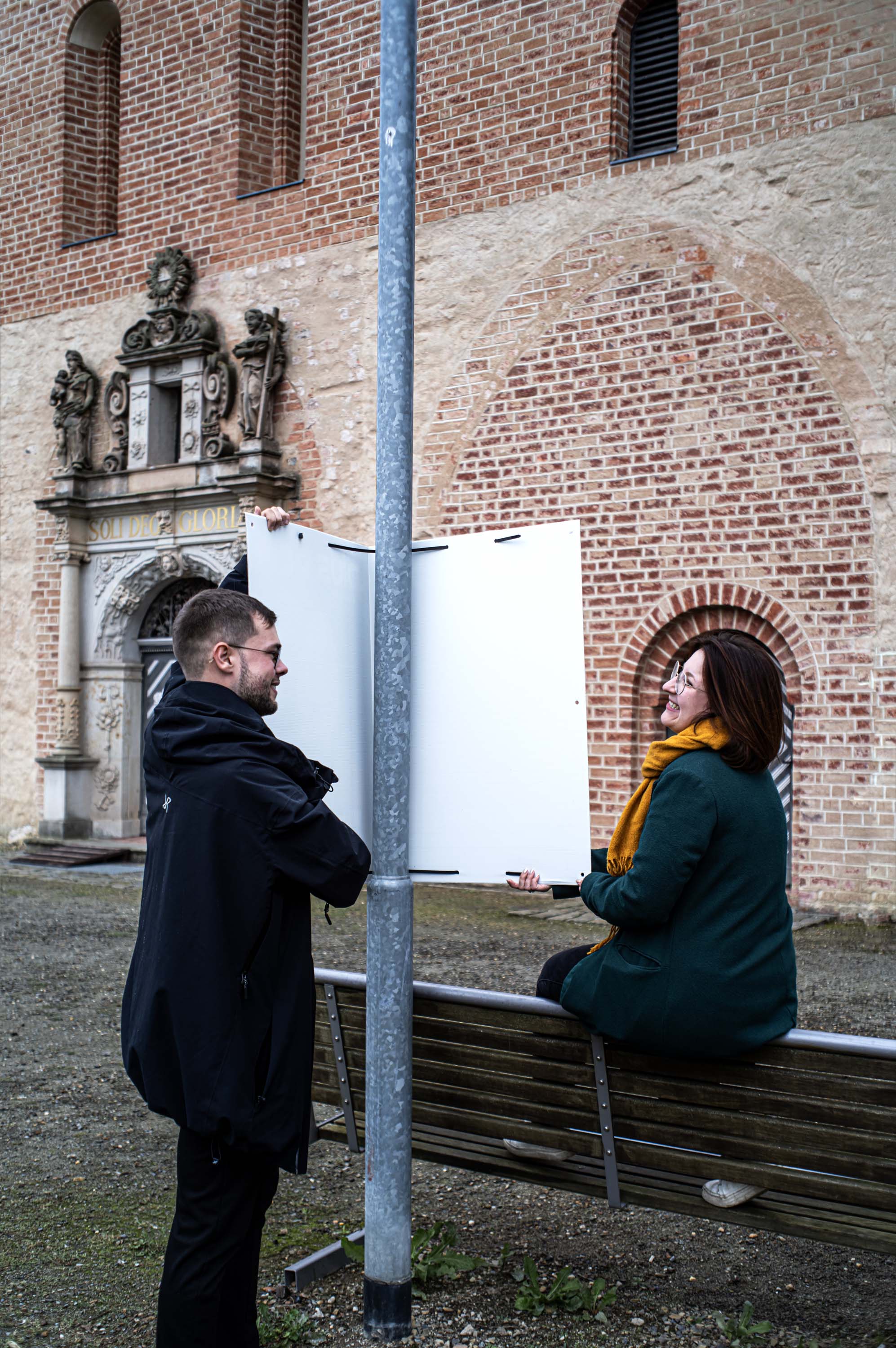
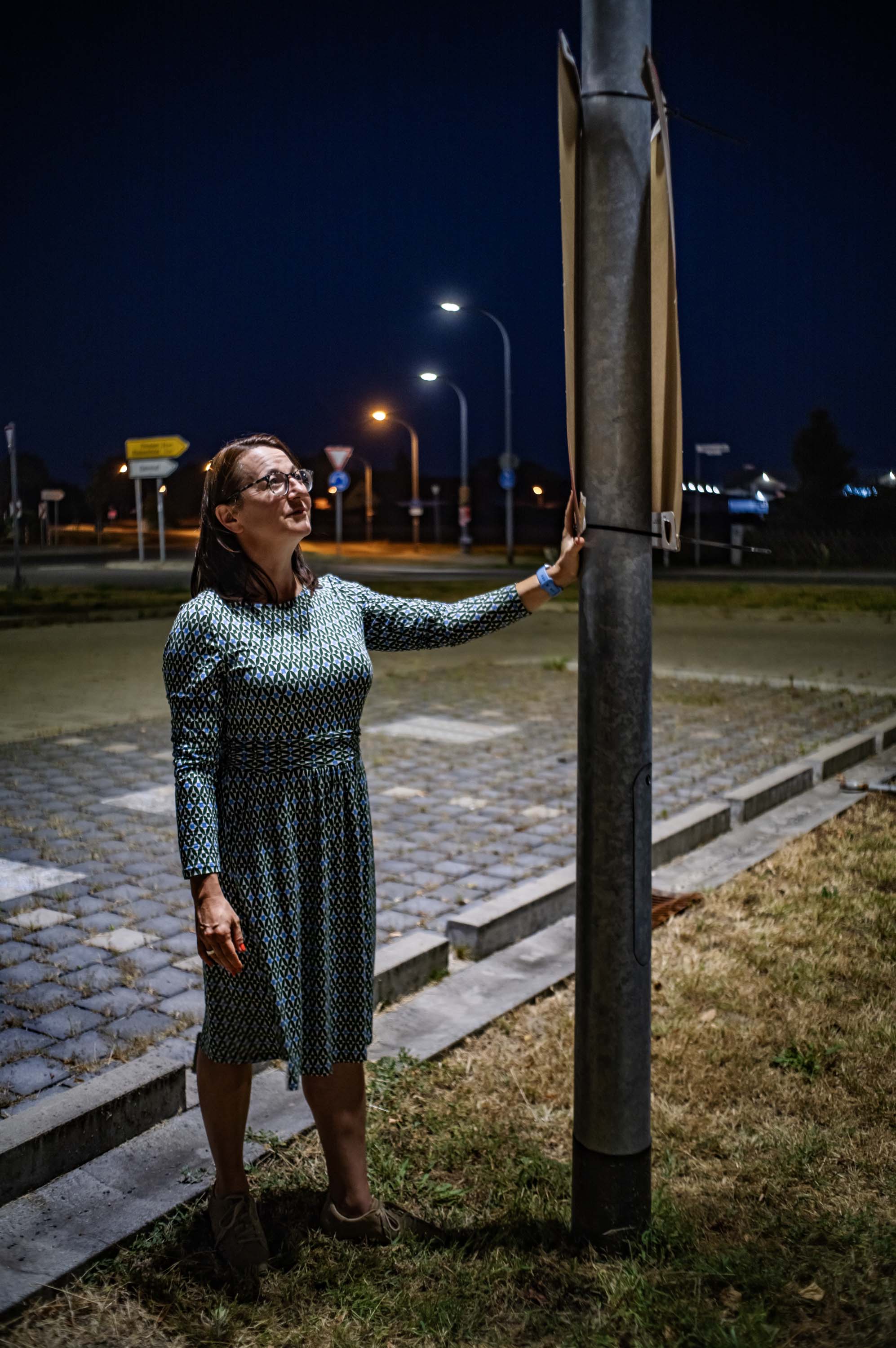
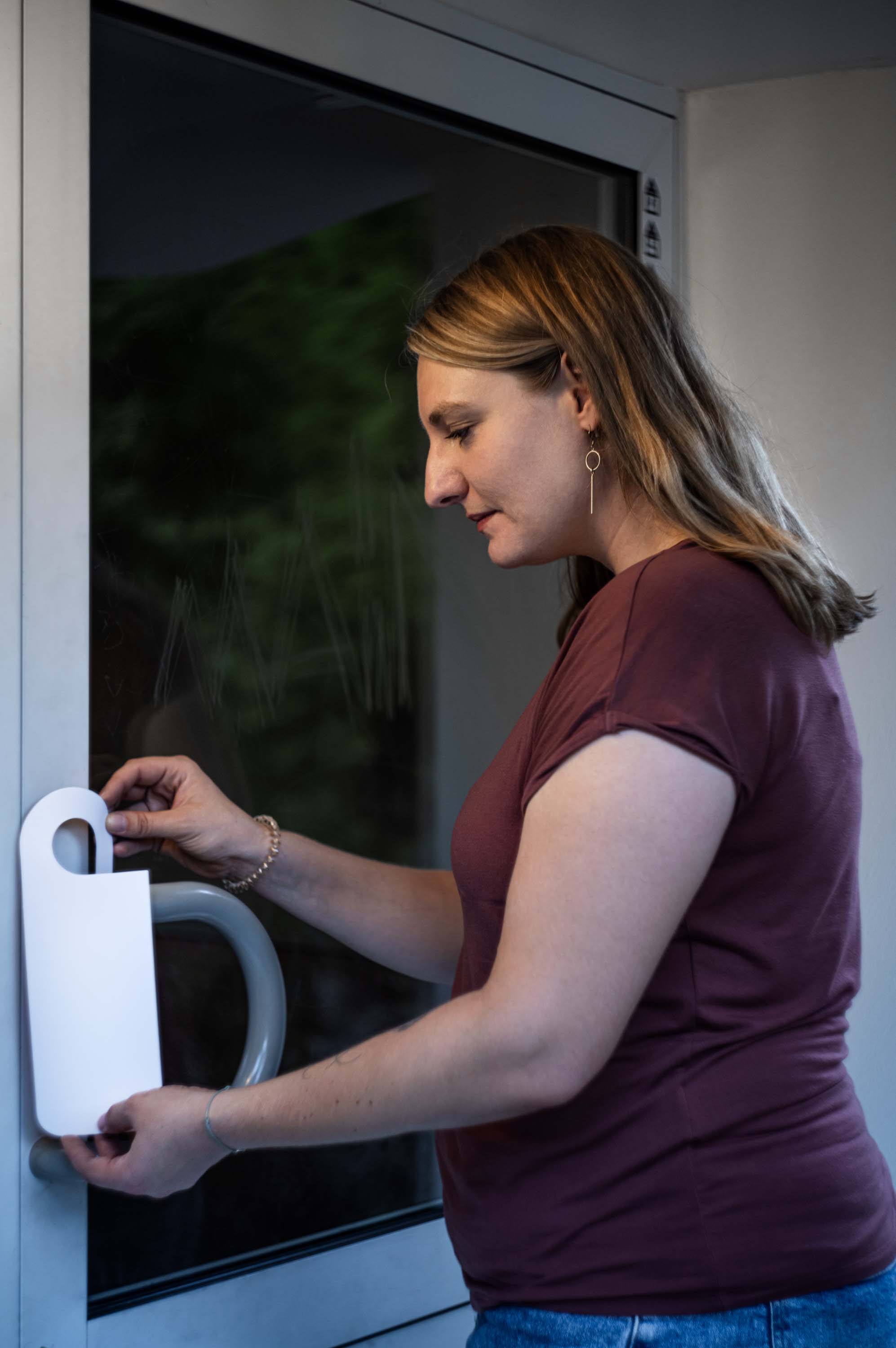
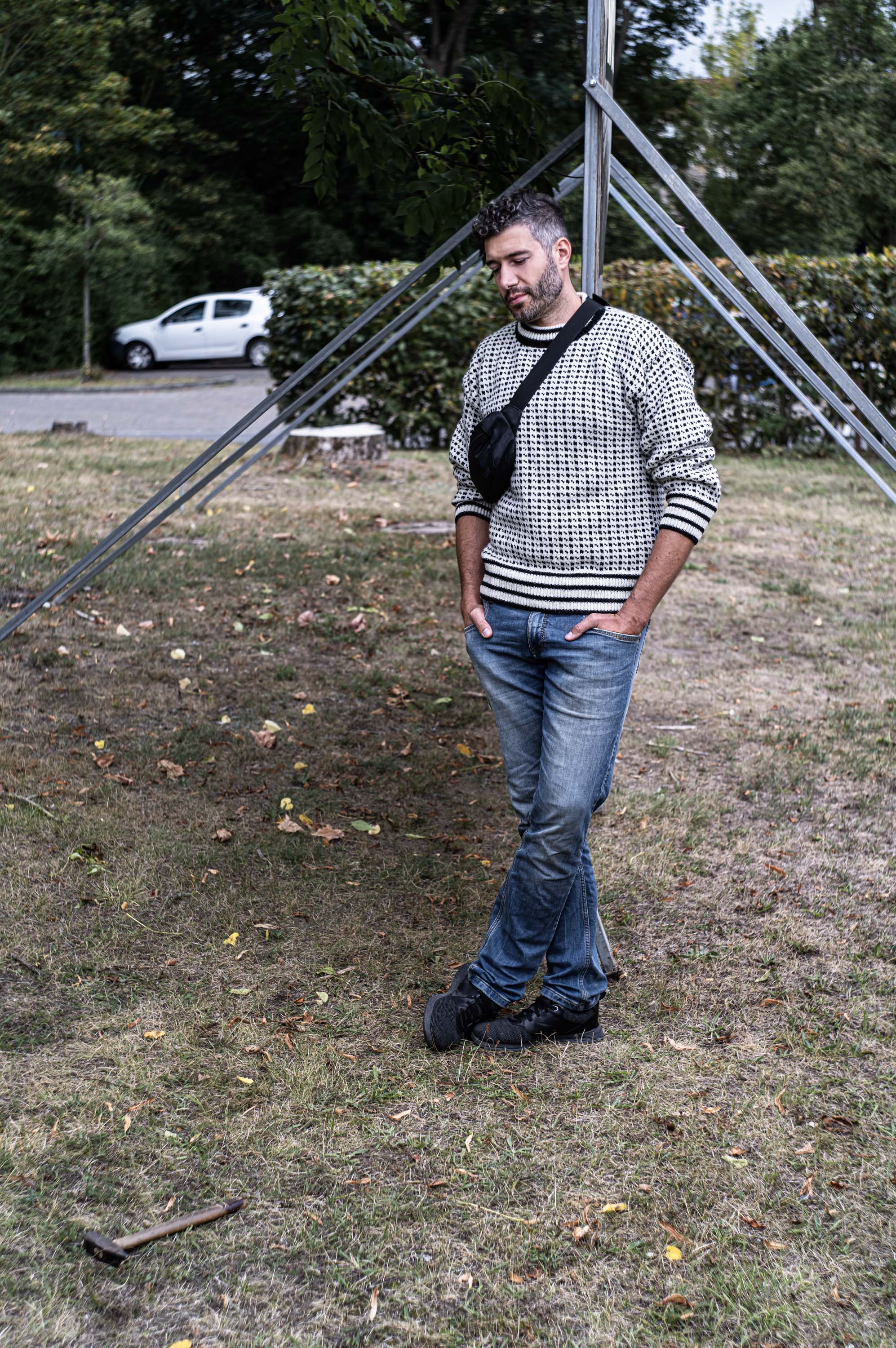
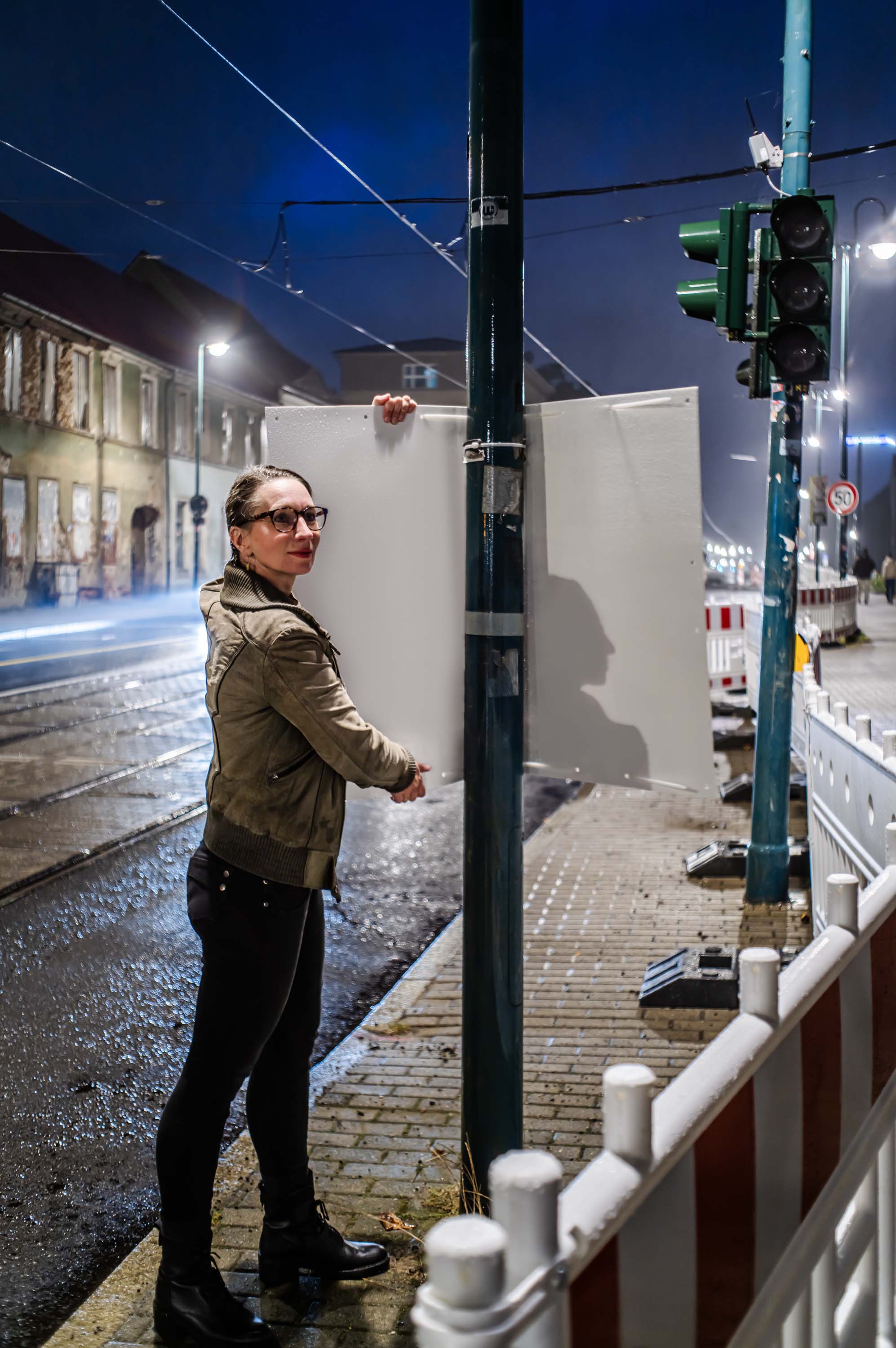
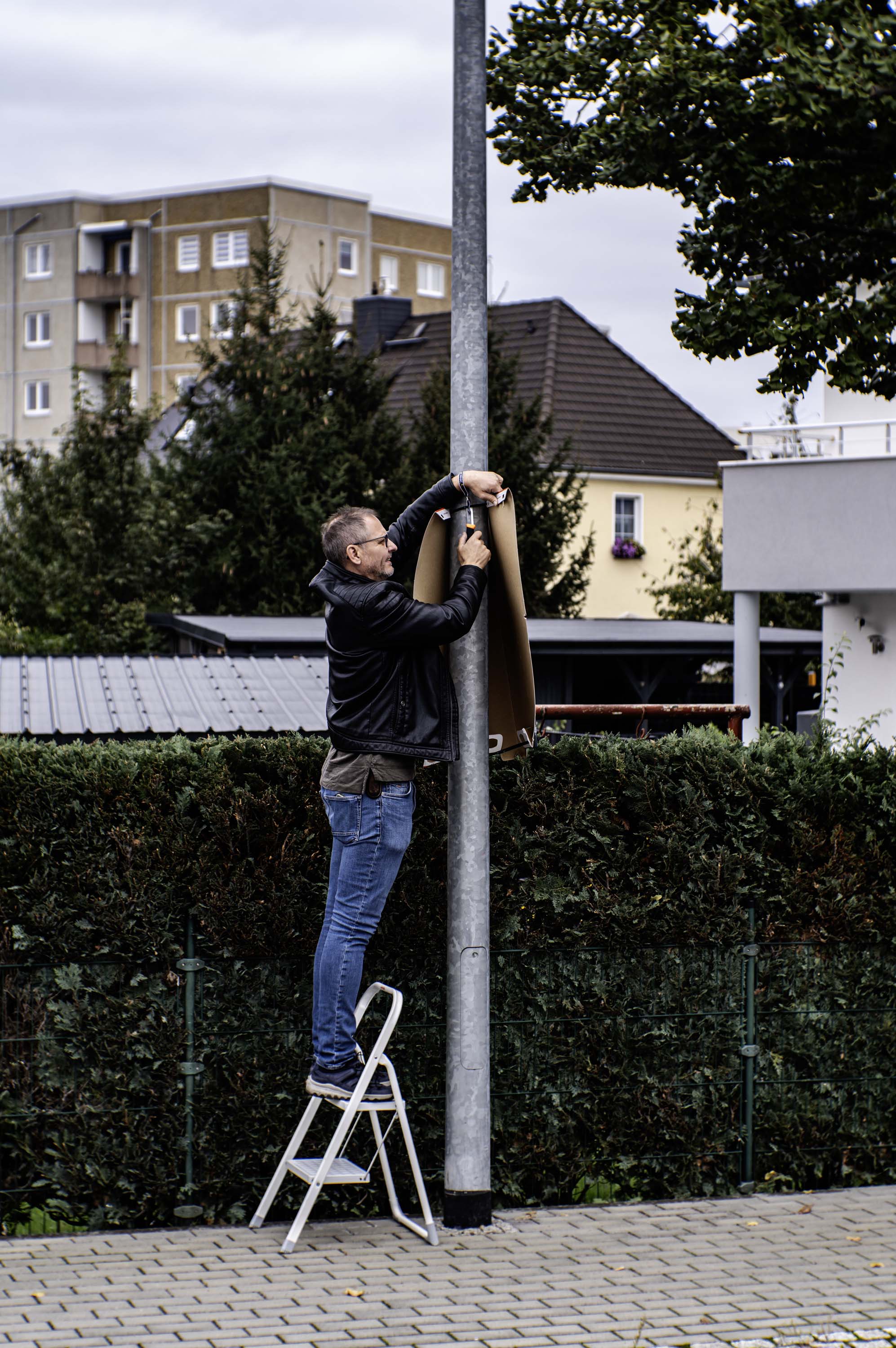
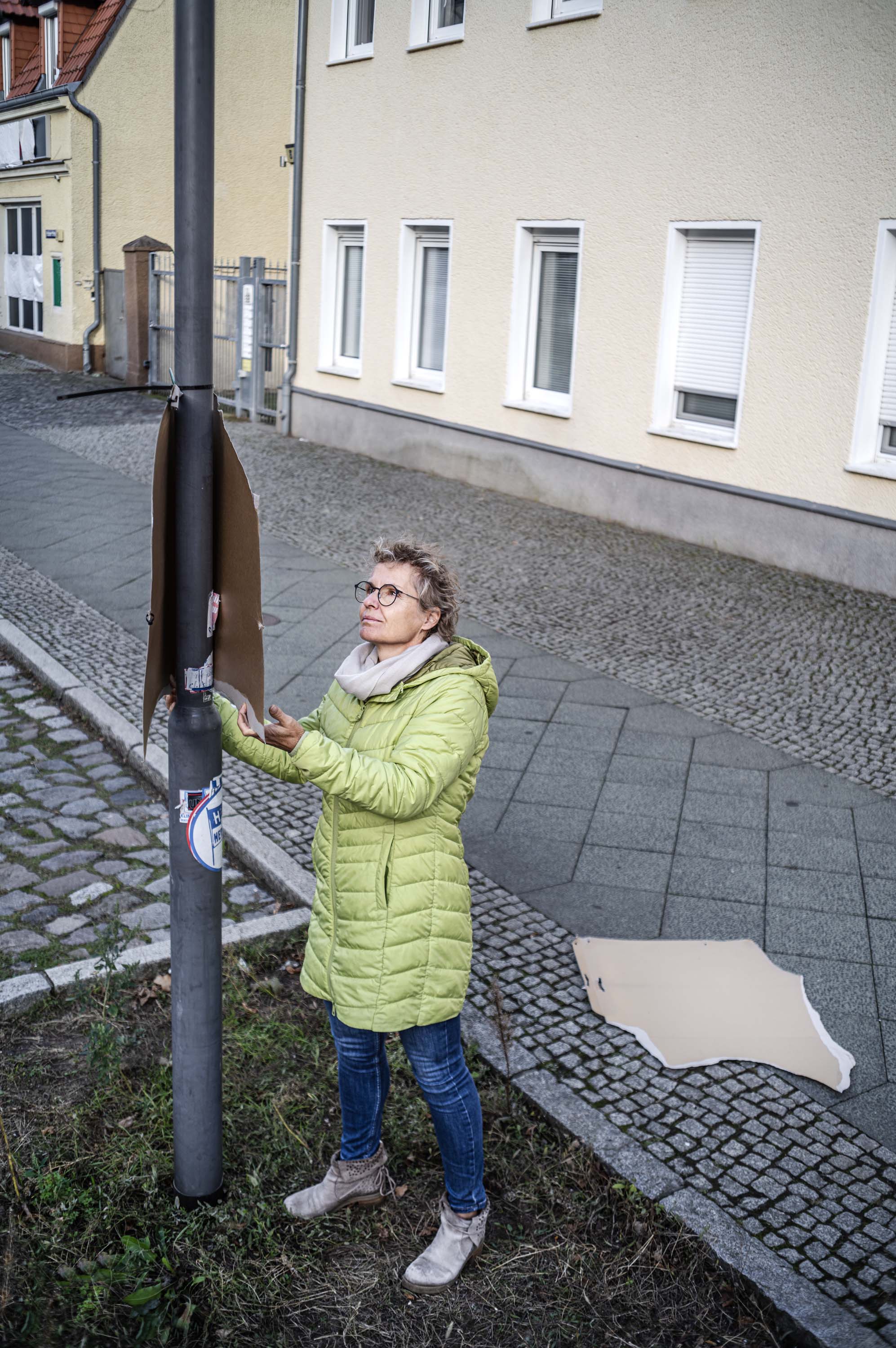
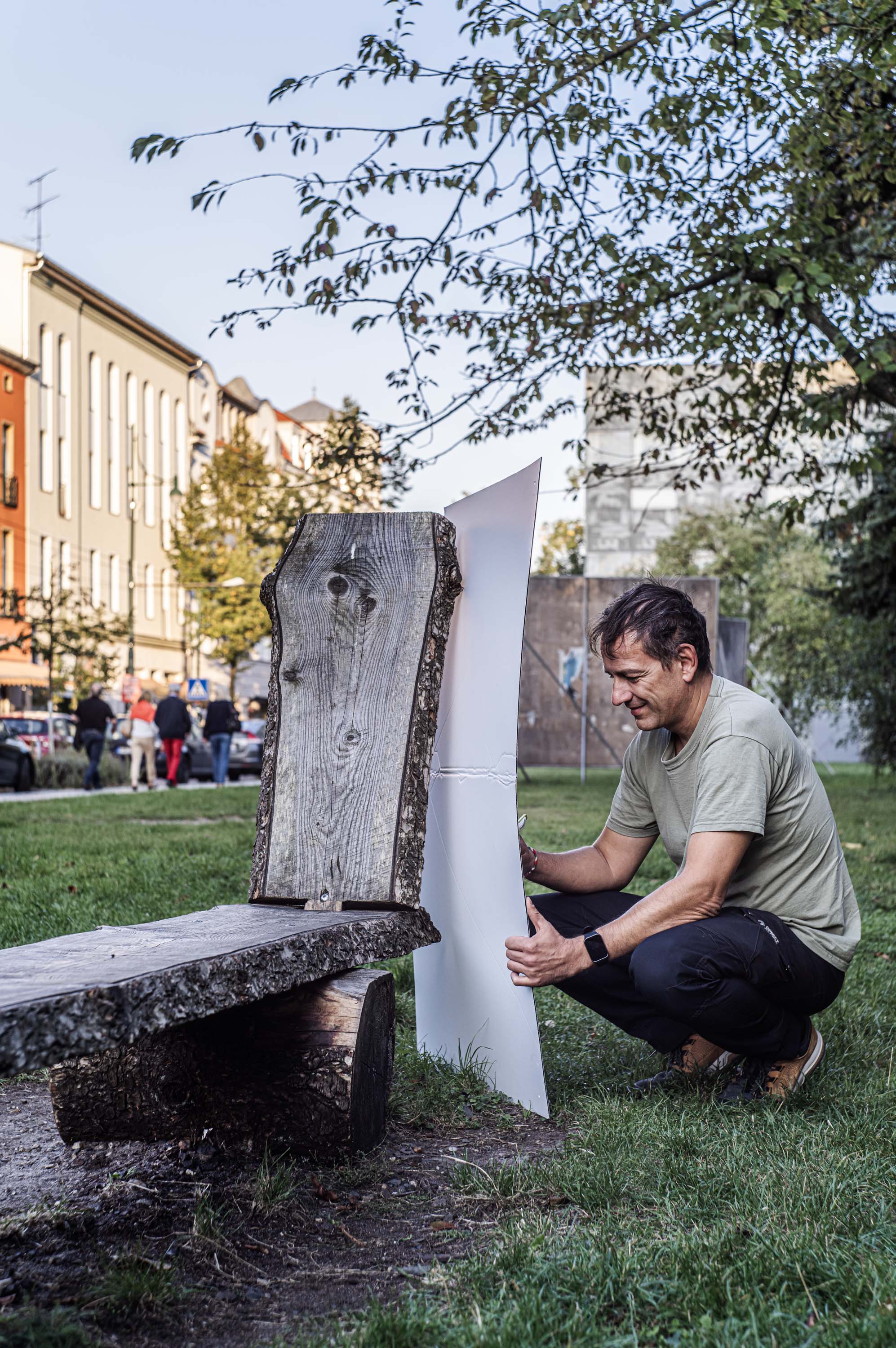
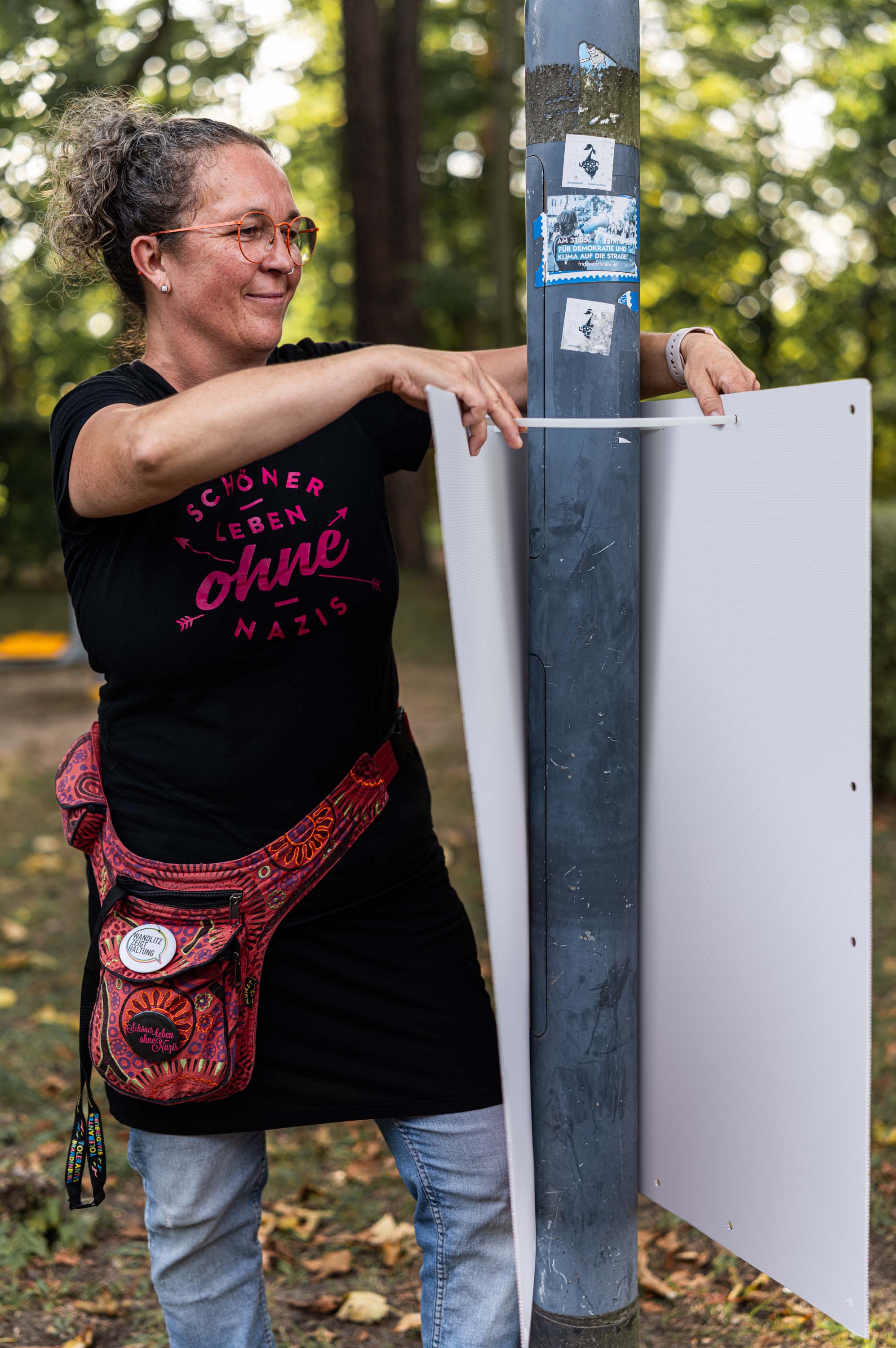
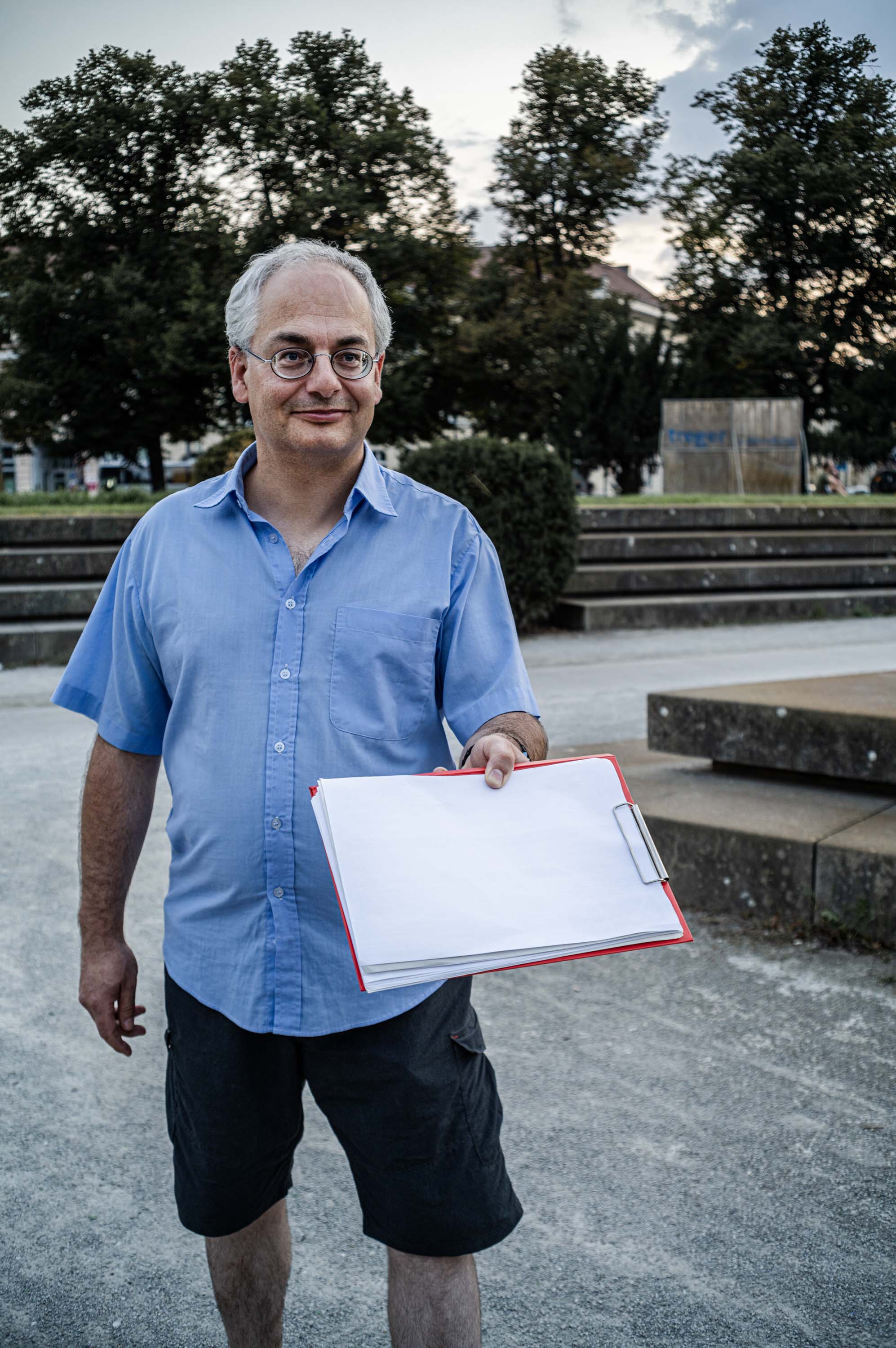
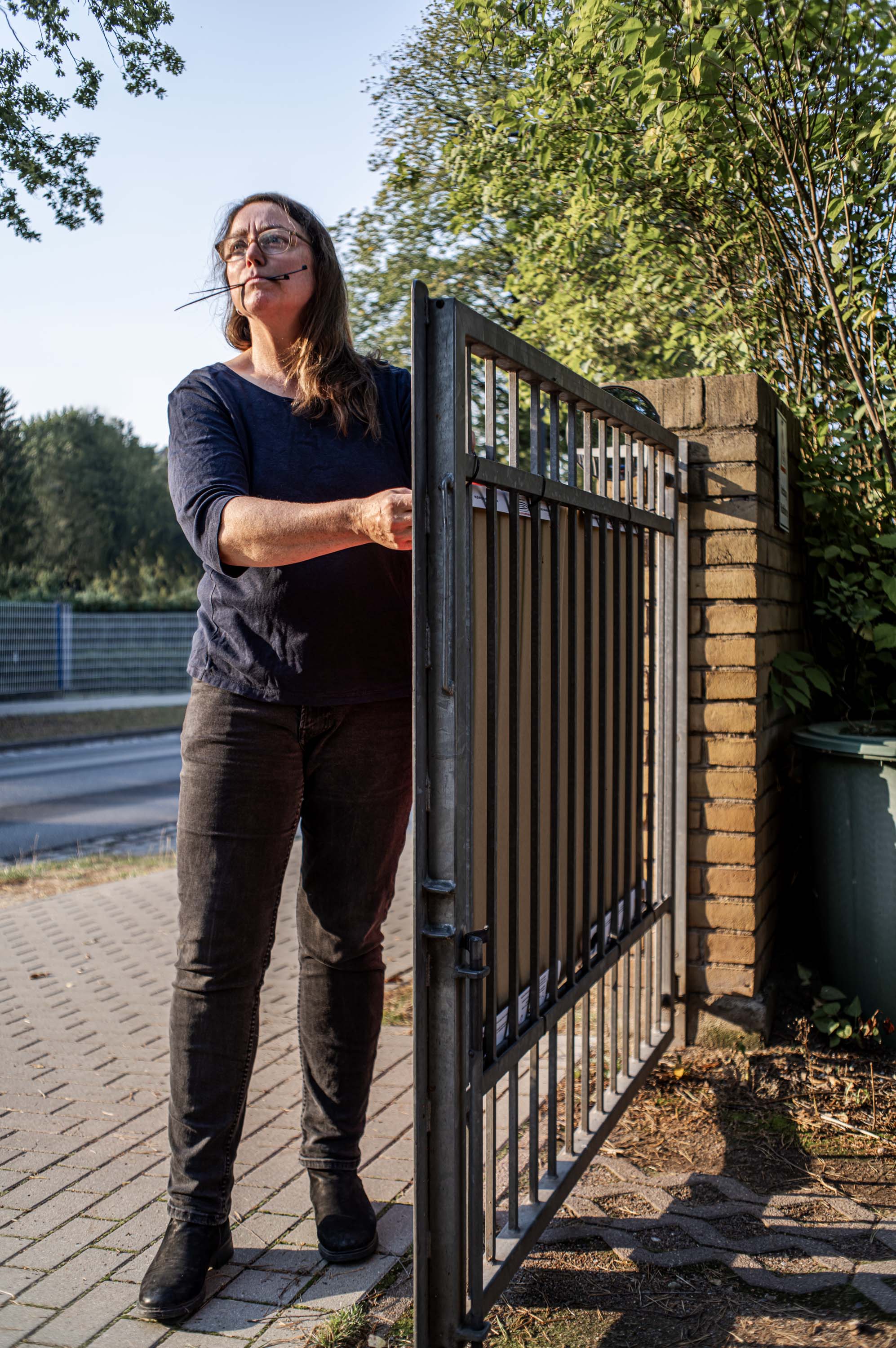
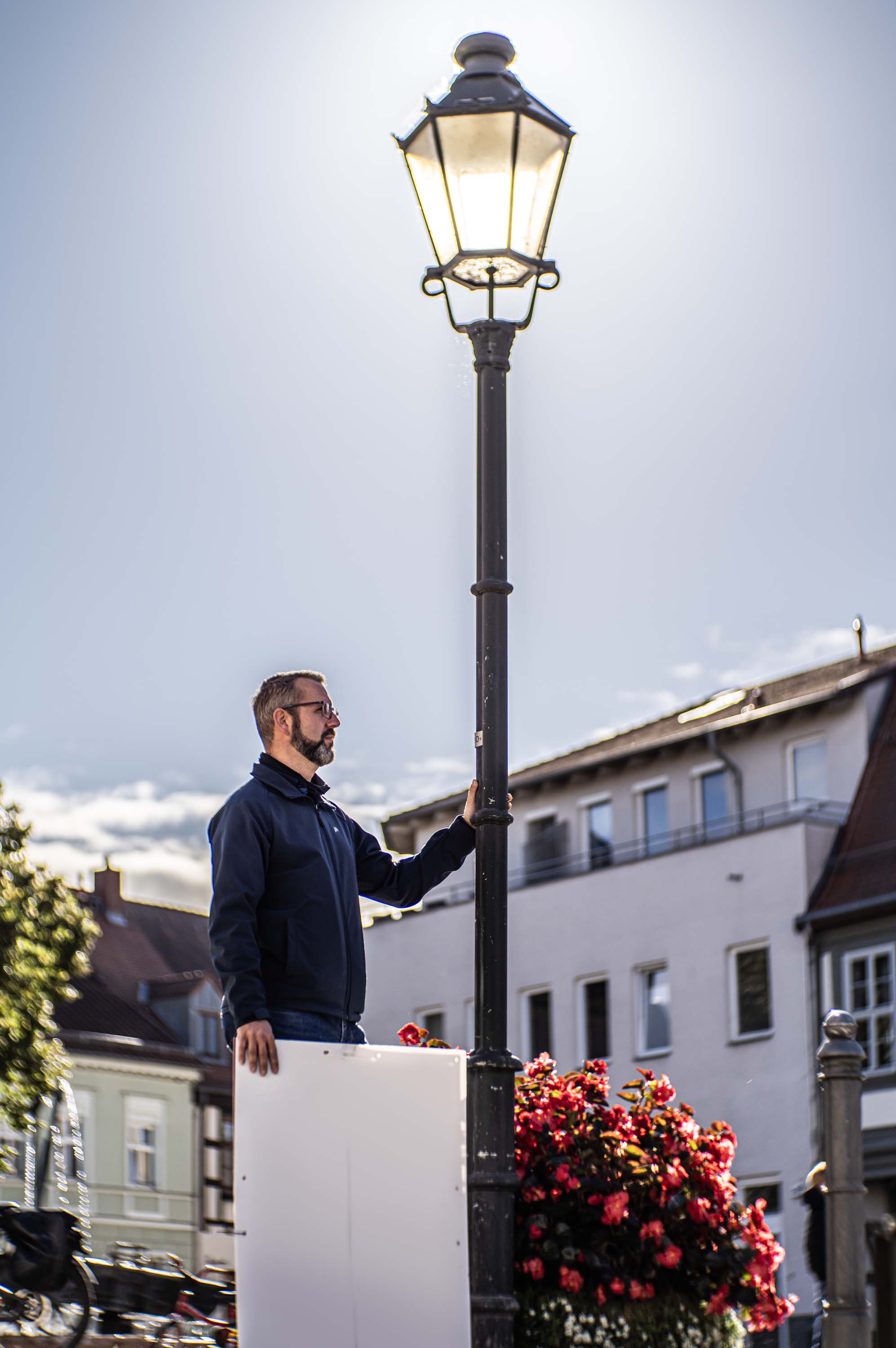
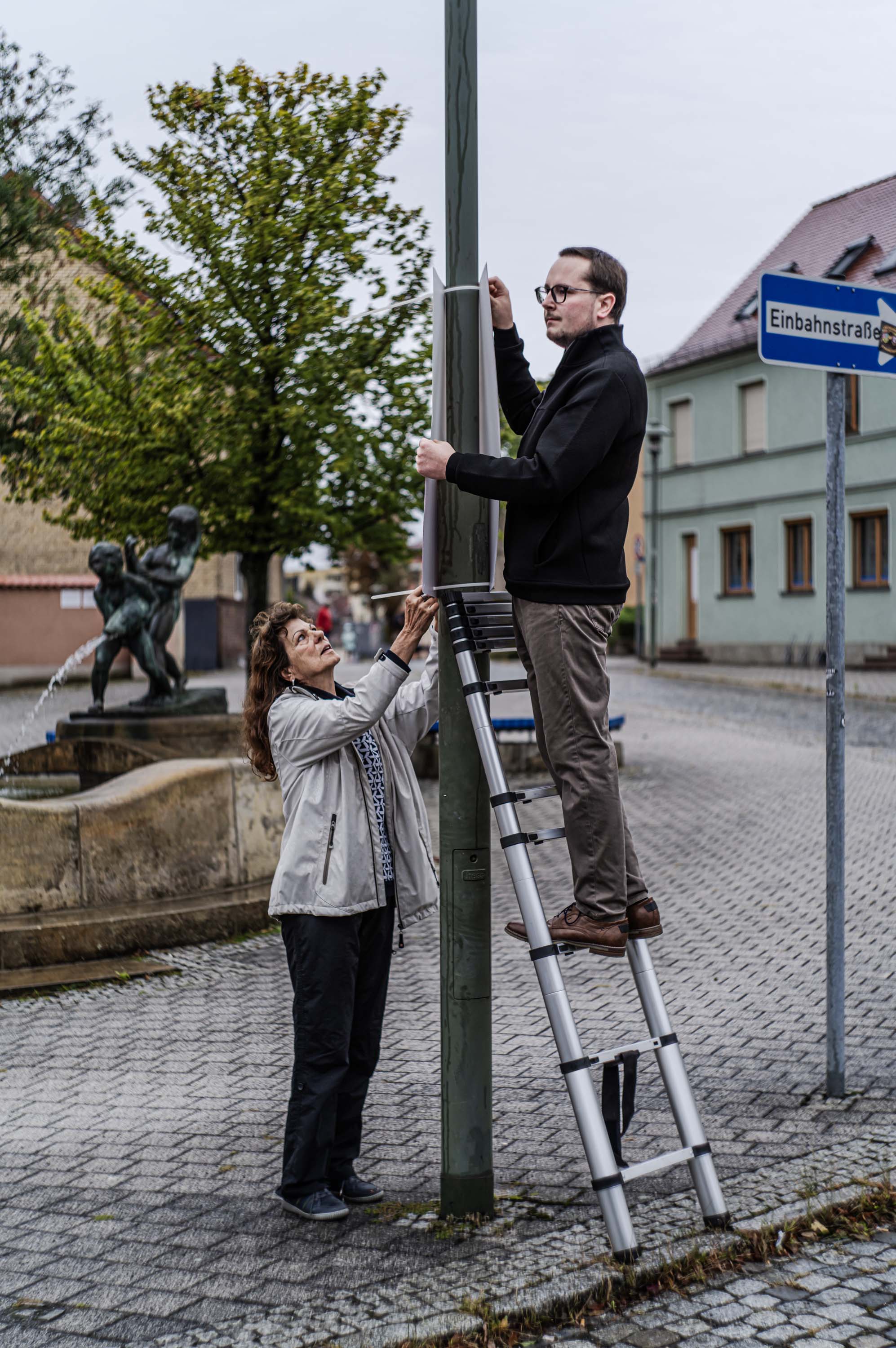
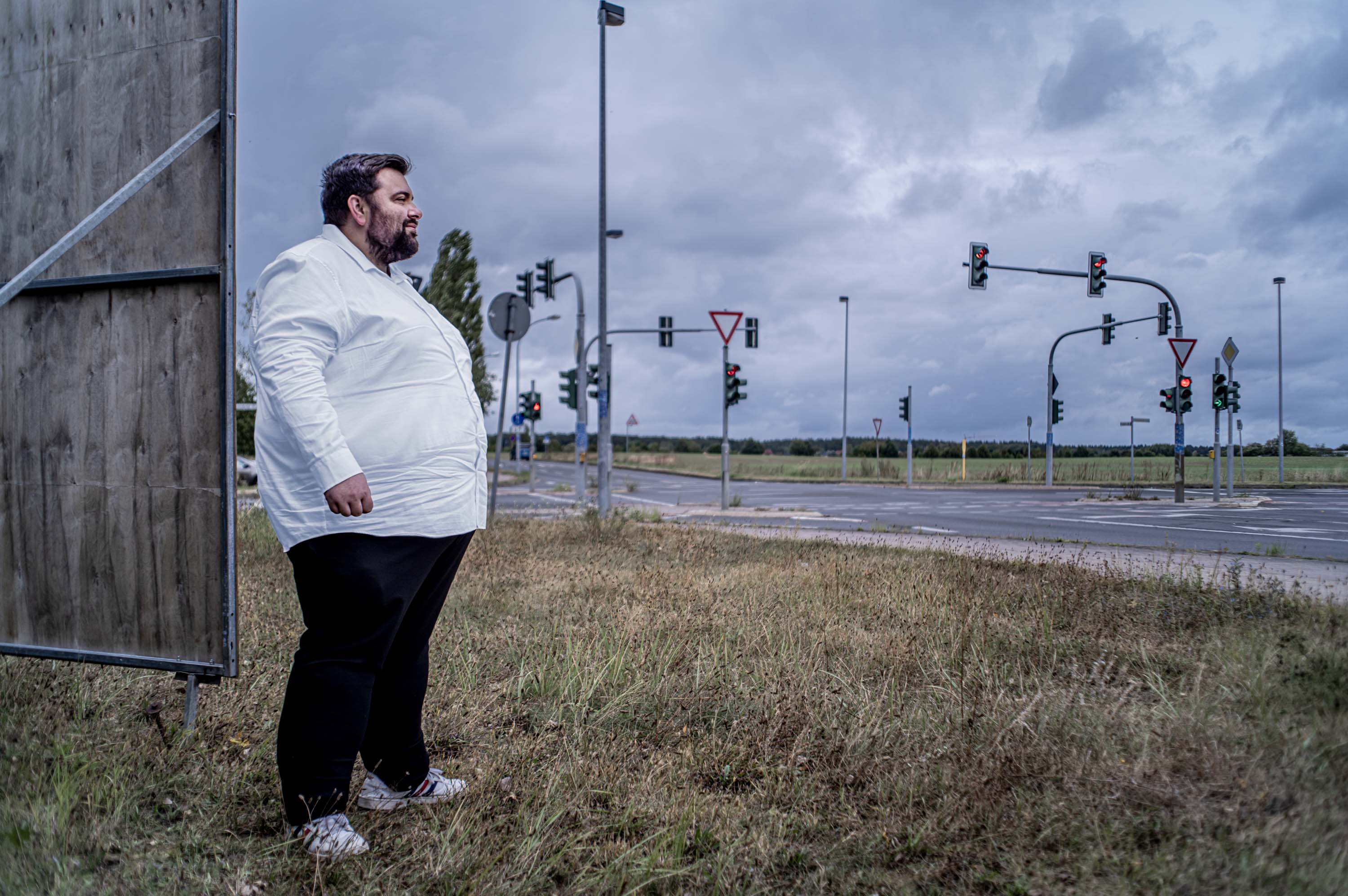
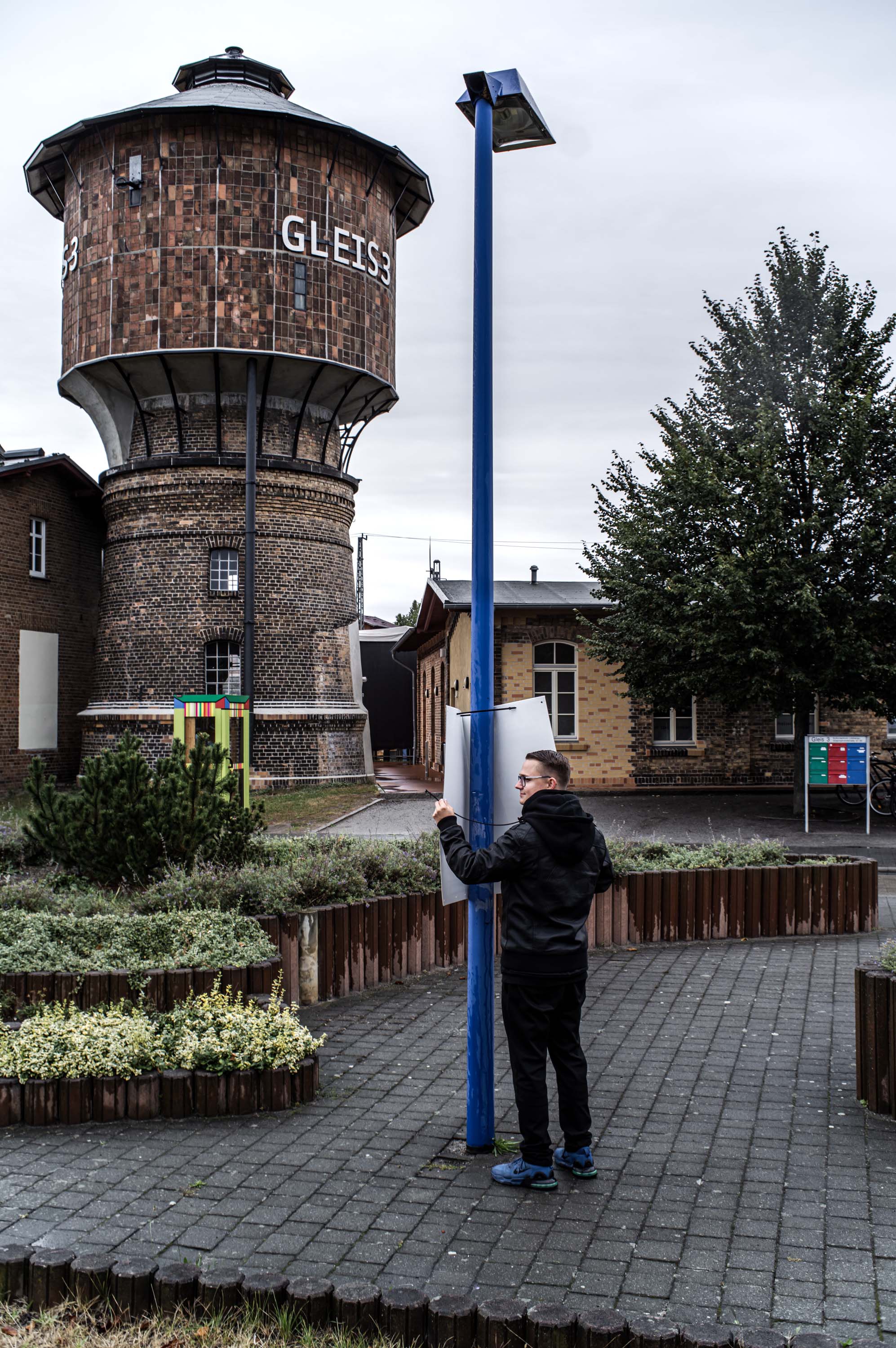
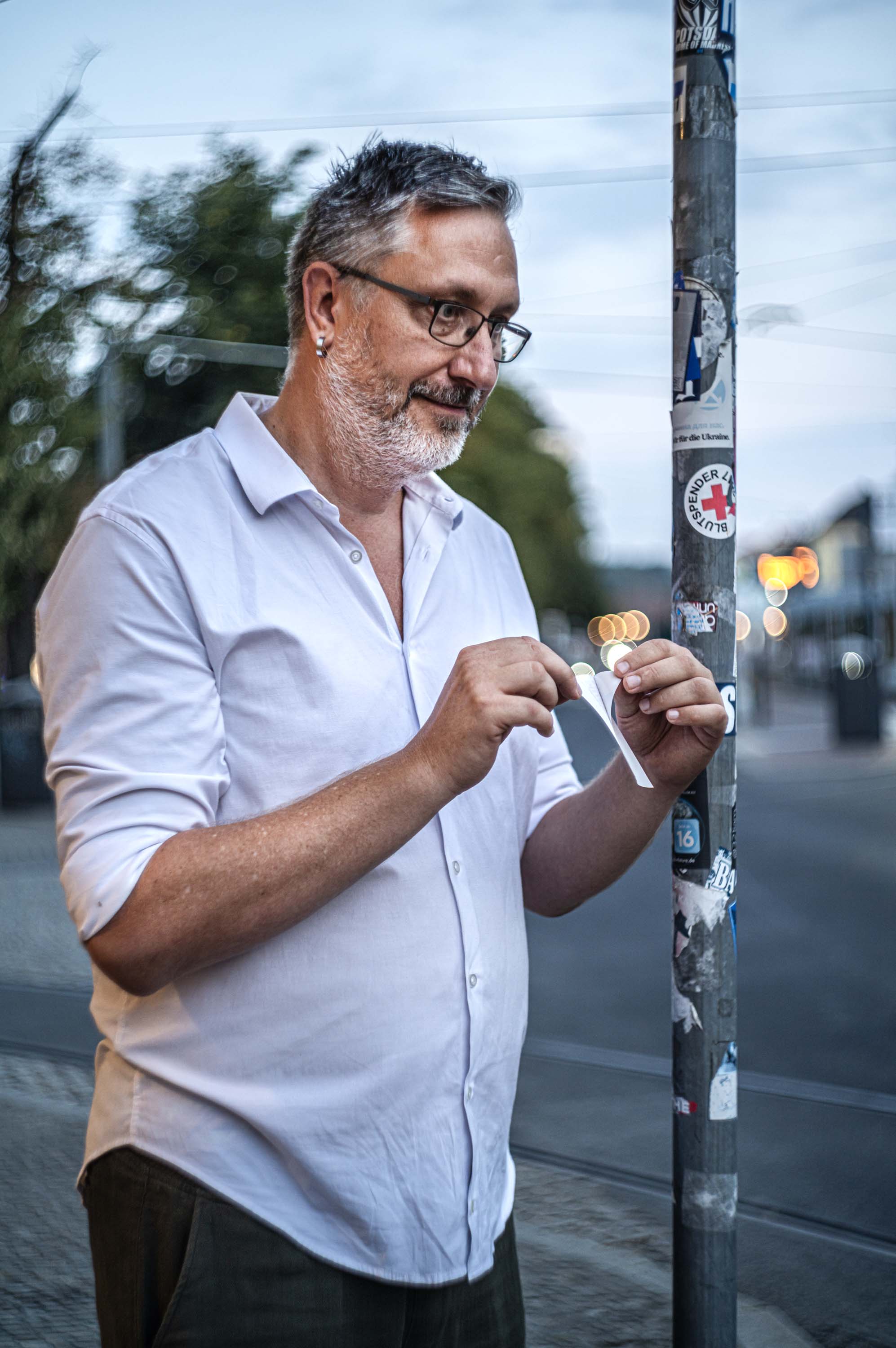
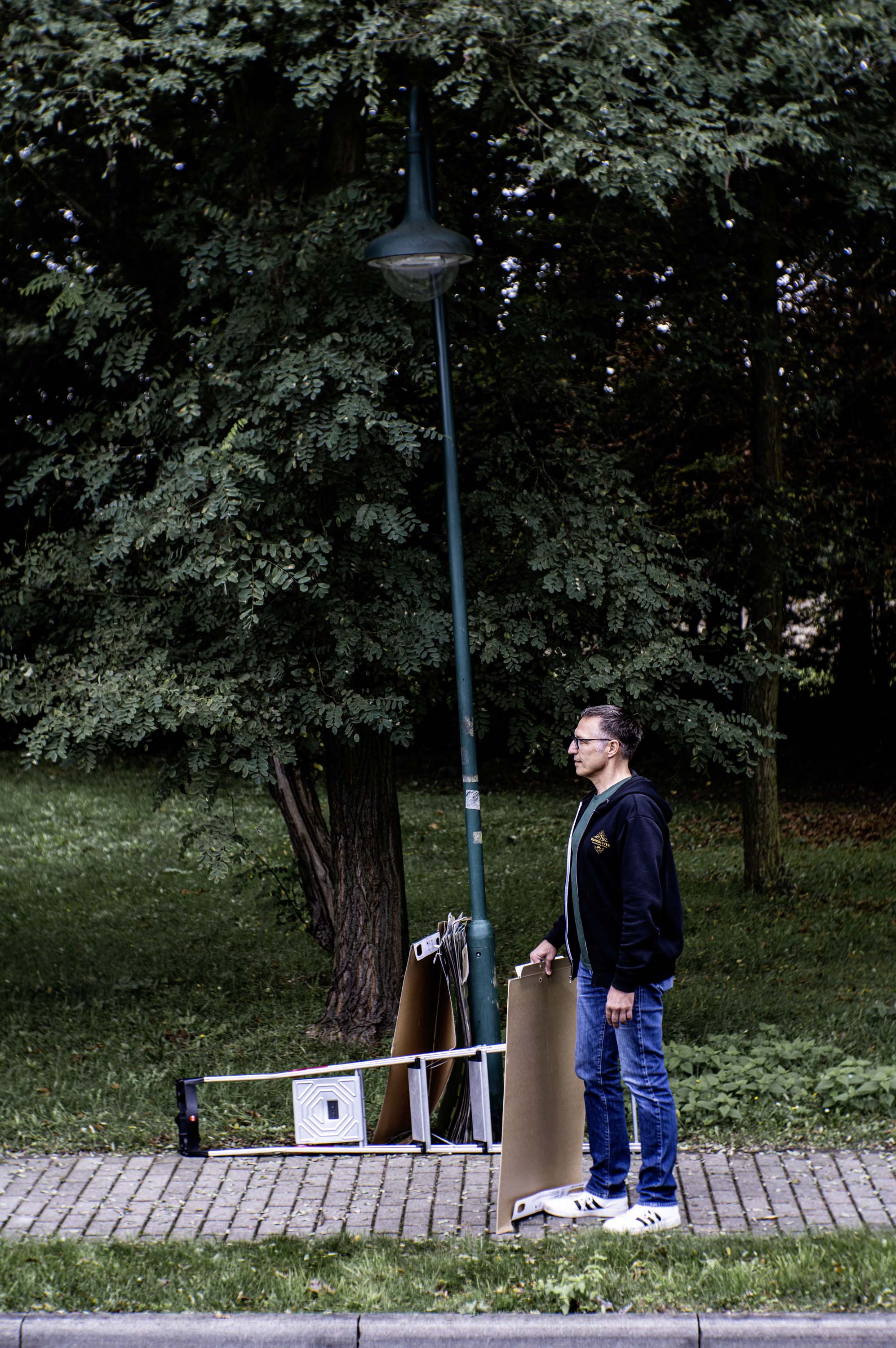
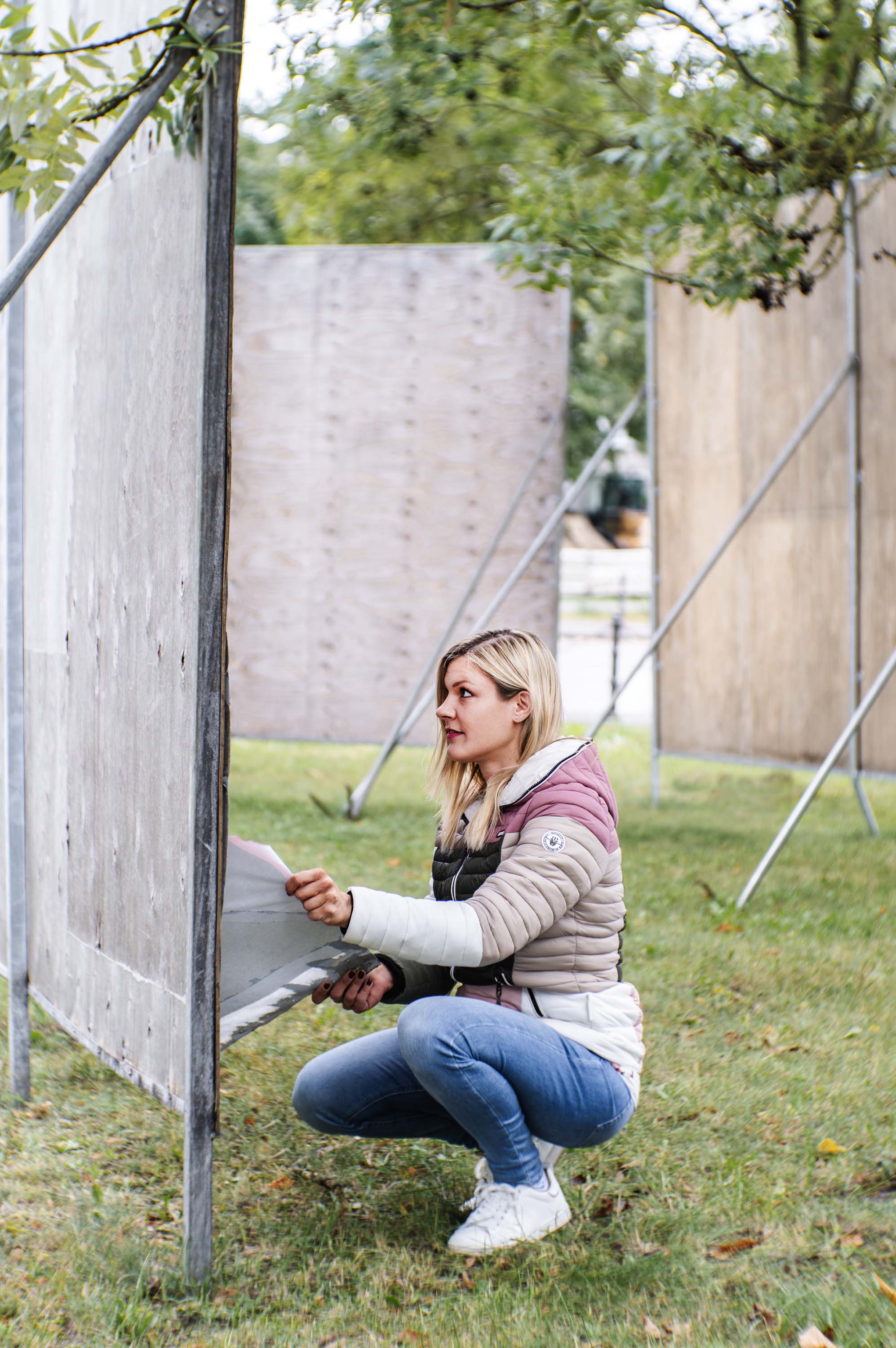
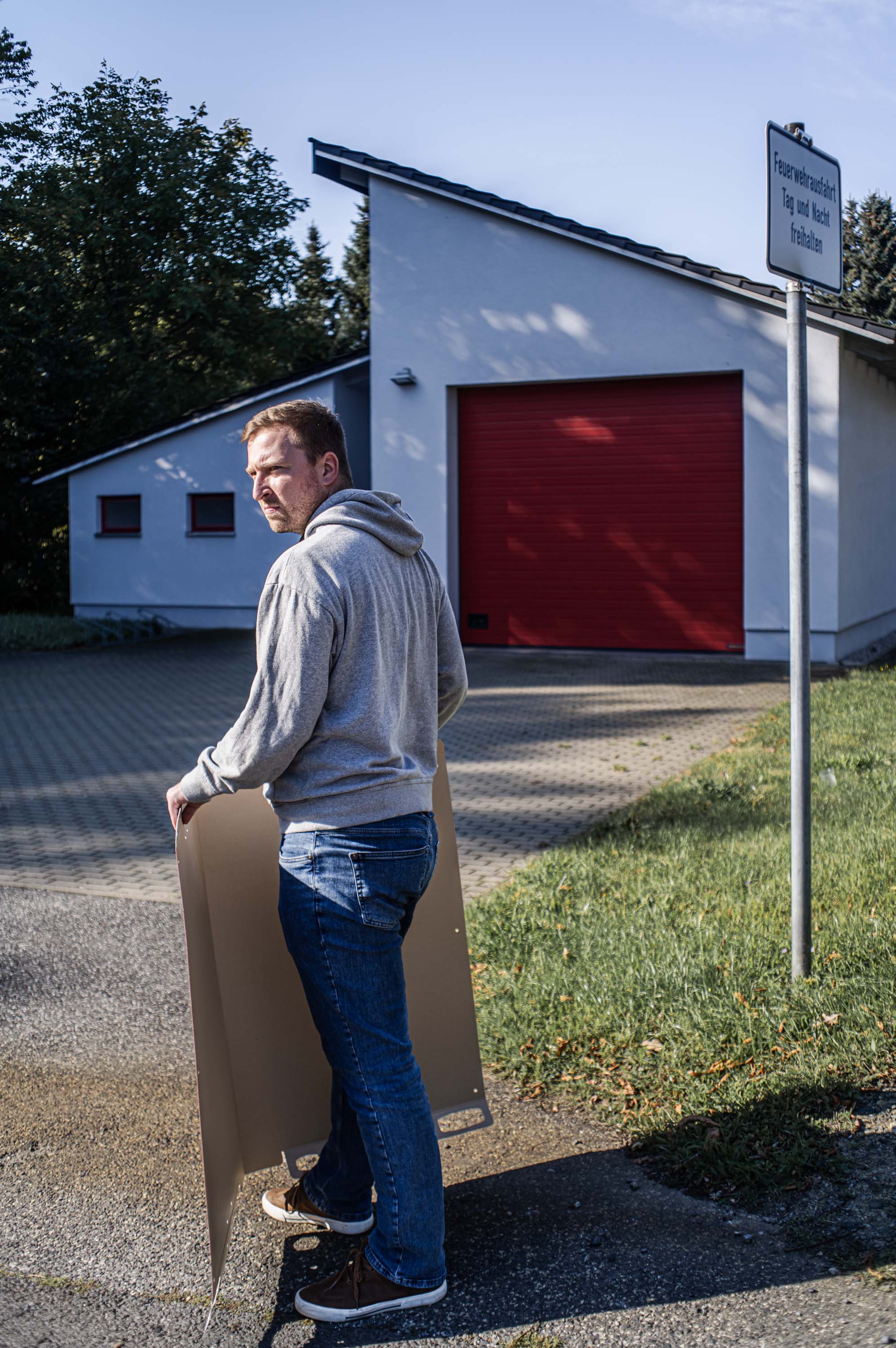
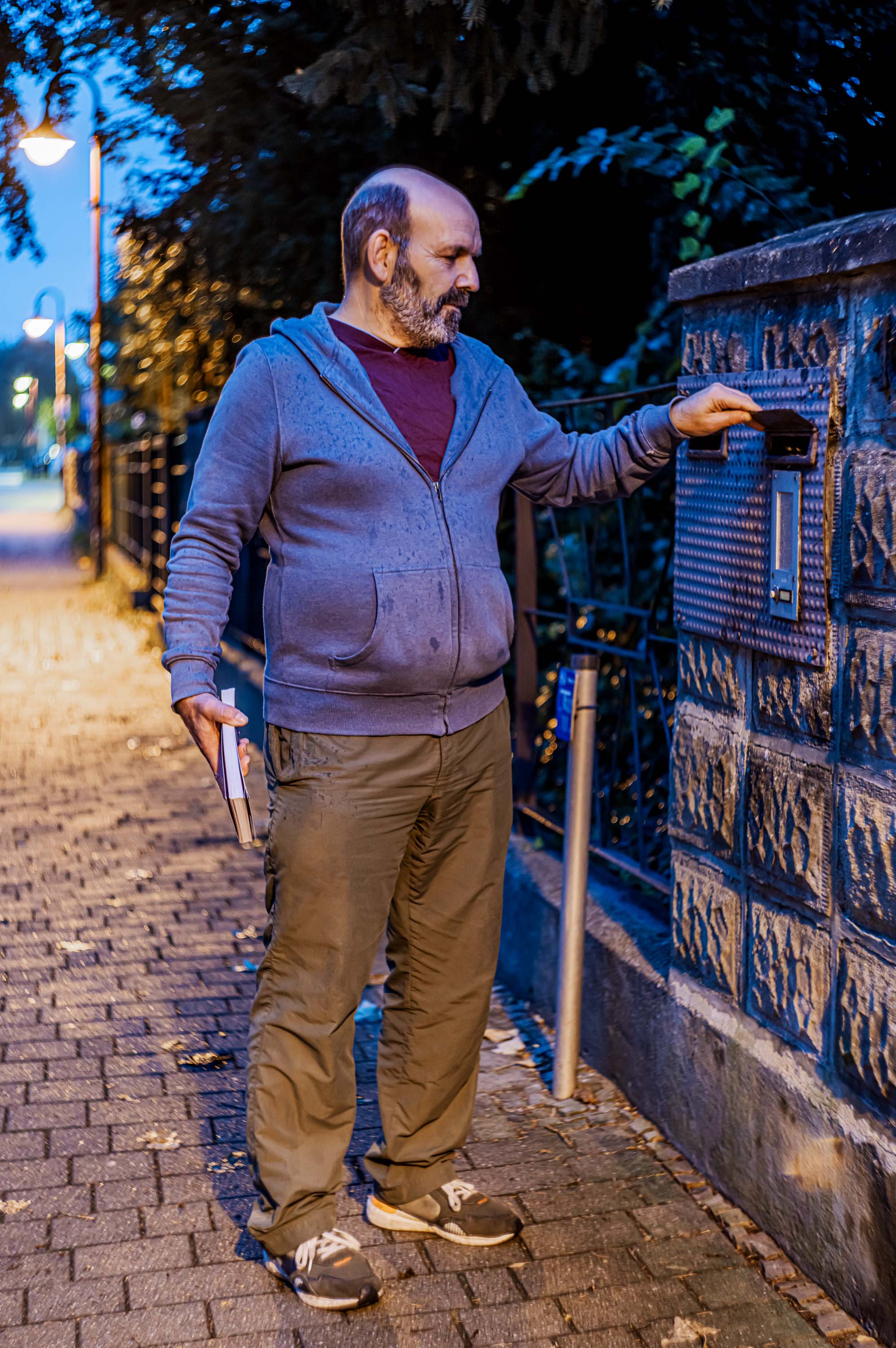
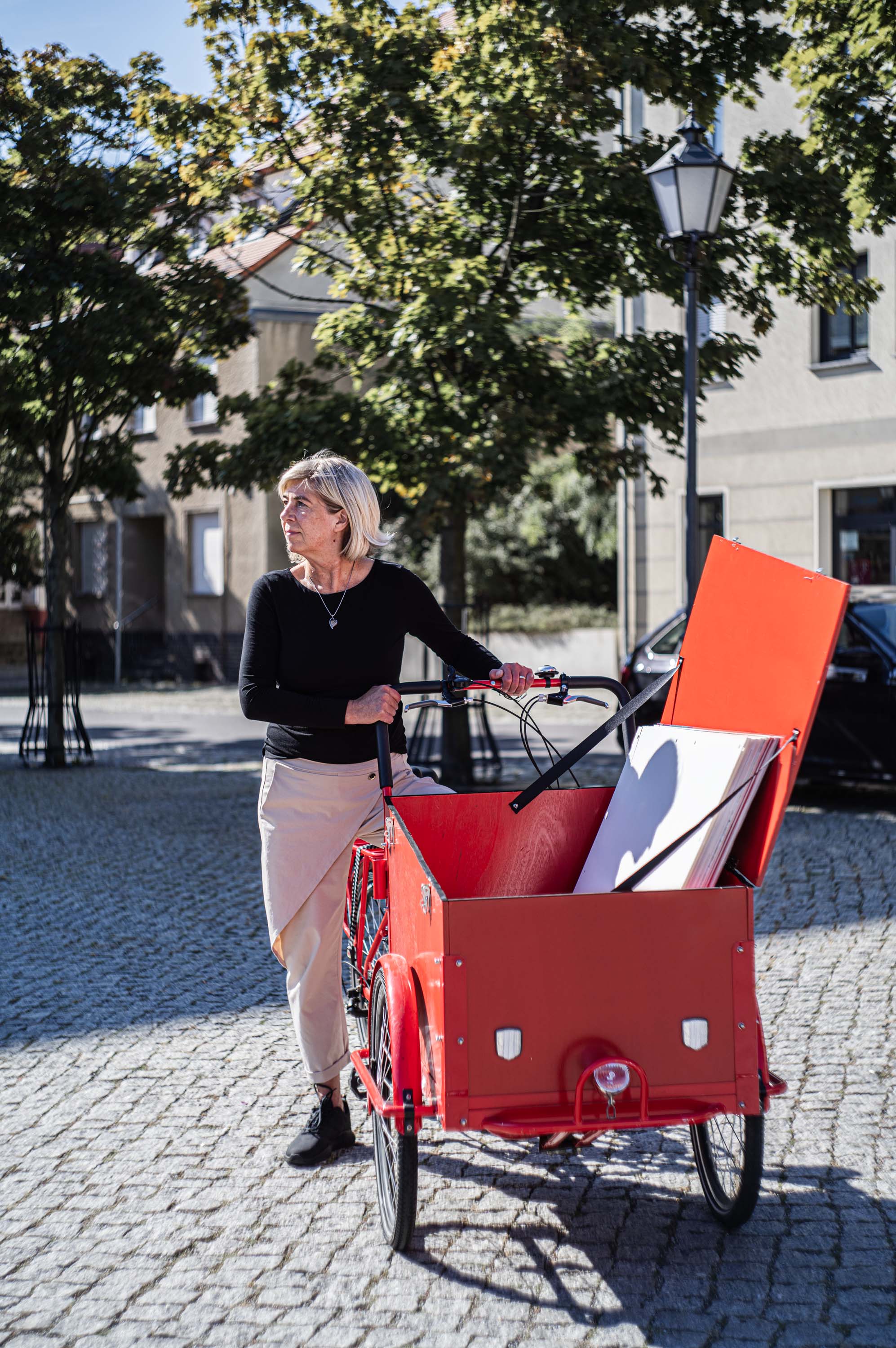
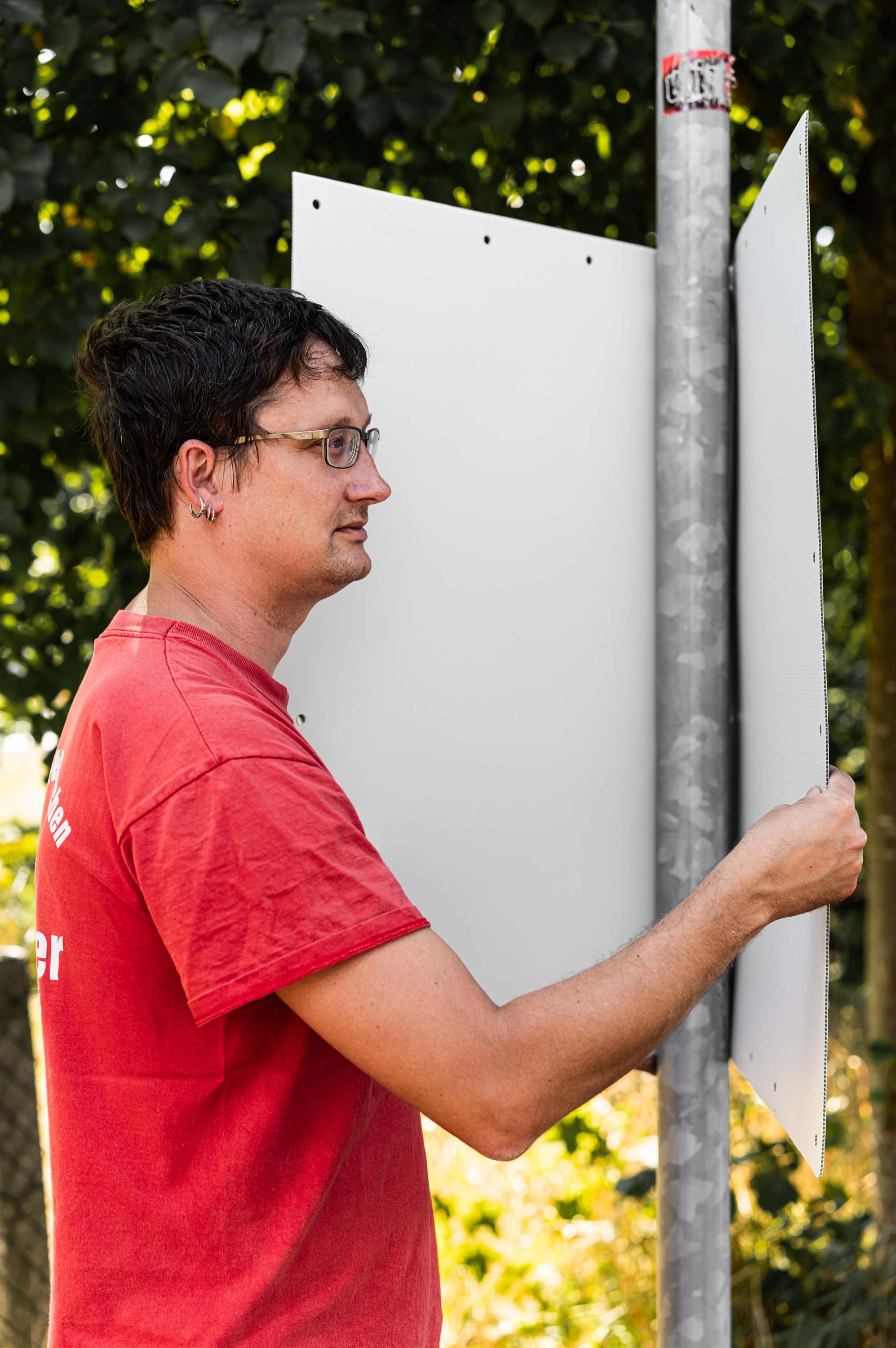
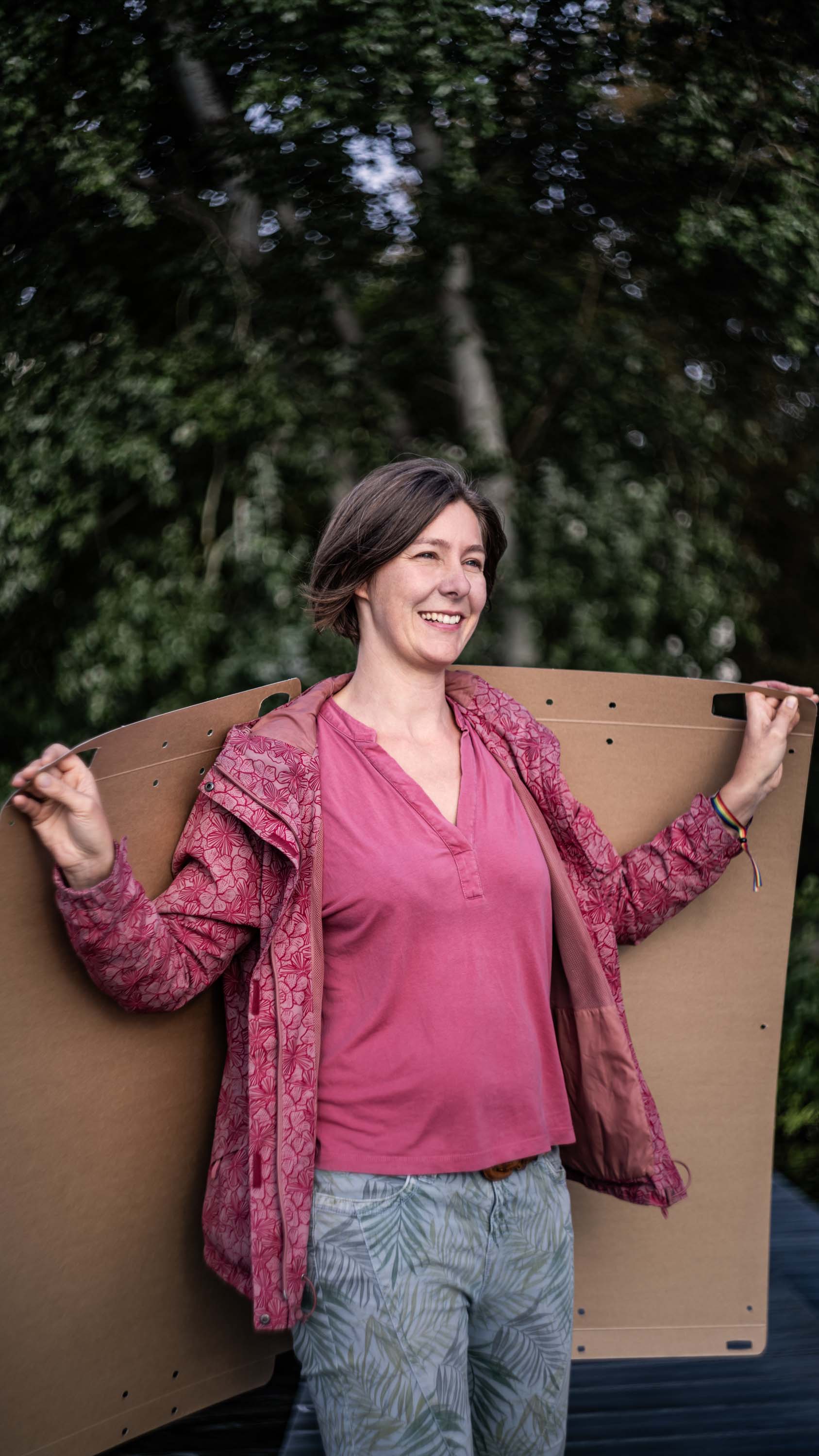
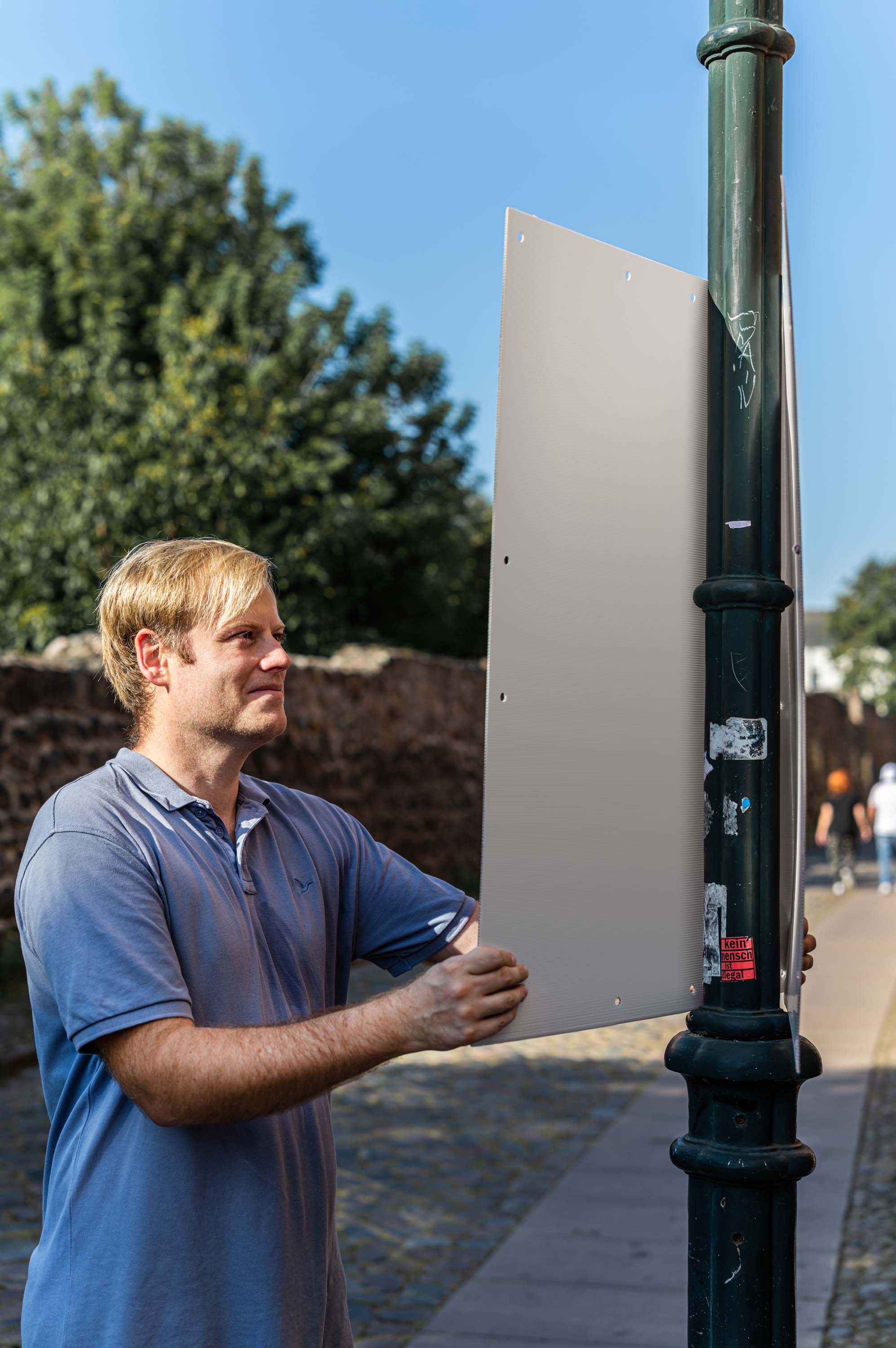
The Perfect Curve is the result of anthropological research conducted among everyday car drivers and commuters in Brandenburg, Germany, who were personally asked to recall moments on the road that triggered specific emotional reflections and feelings. For many citizens in rural areas, driving is a routine task and an integral part of daily life. In this project, the situations described by the drivers were reenacted by Teimur Bek Safiuli. Since the drivers recalled these moments almost like vivid films — often resembling in their structure film scripts — the visual representation of the works in the series adopts the format of imaginary film stills with subtitles.
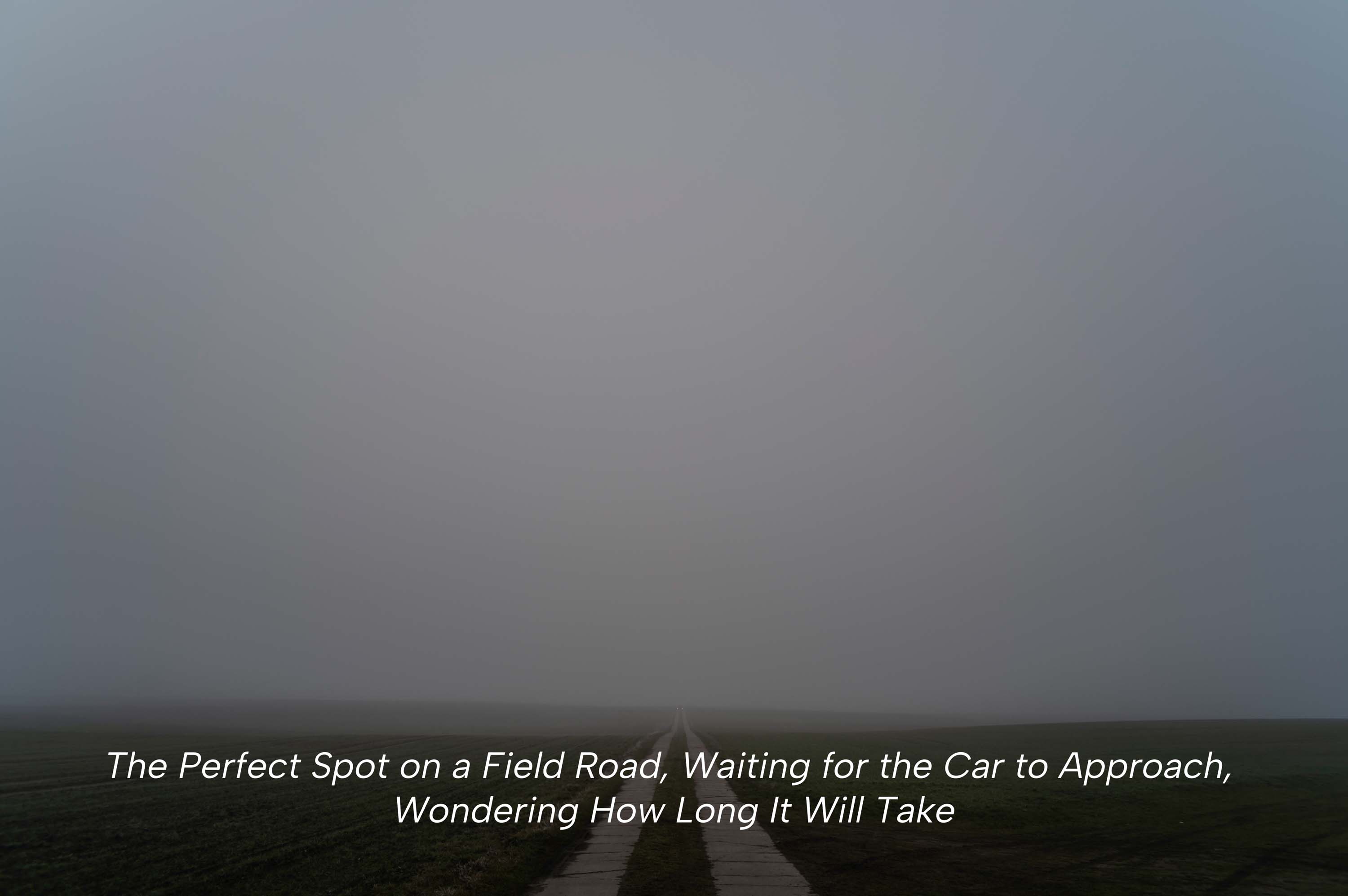
This Image is a project that examines the phenomenological distinctions between the image, the photograph, and the text intended to explain its visual counterpart. These visual-textual formulas — ubiquitous in the online world — often falter due to their inherent generalization and reductive nature. Far from clarifying meaning, they frequently obscure context, generating ambiguity and misunderstanding. This dissonance — this void between the image and its textual description — becomes a focal point of inquiry in This Image. The project interrogates the role of the image as a poster, a cover, a stamp, a sign, or a narrative, while simultaneously scrutinizing the dynamics of its interaction with describing text. This reflection resonates with and refers to the practices of artists like Lawrence Weiner, Barbara Kruger, Guerrilla Girls, Ed Ruscha, and Klaus Staeck, whose works critically engage with the interplay of image, text, and meaning.
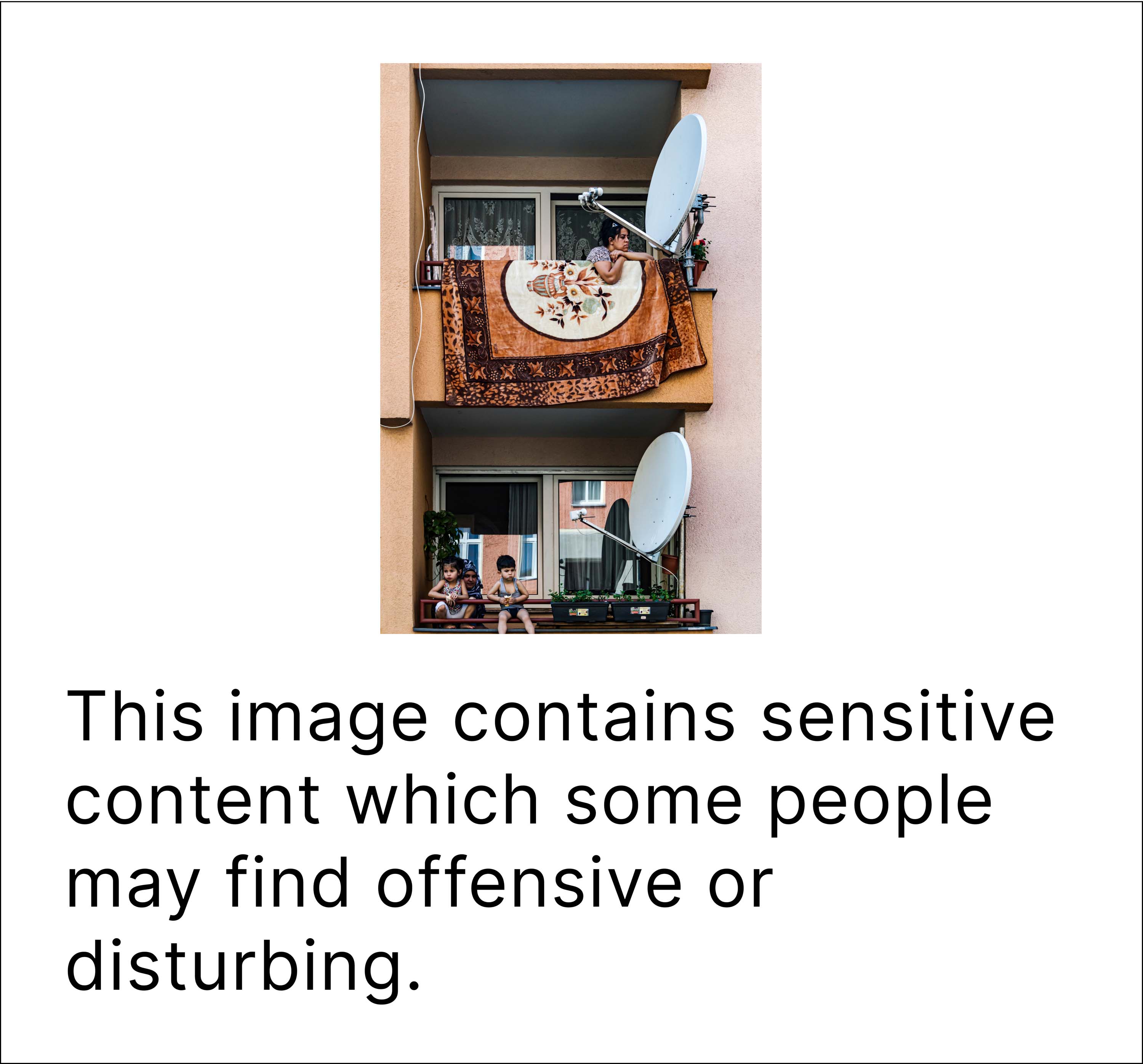
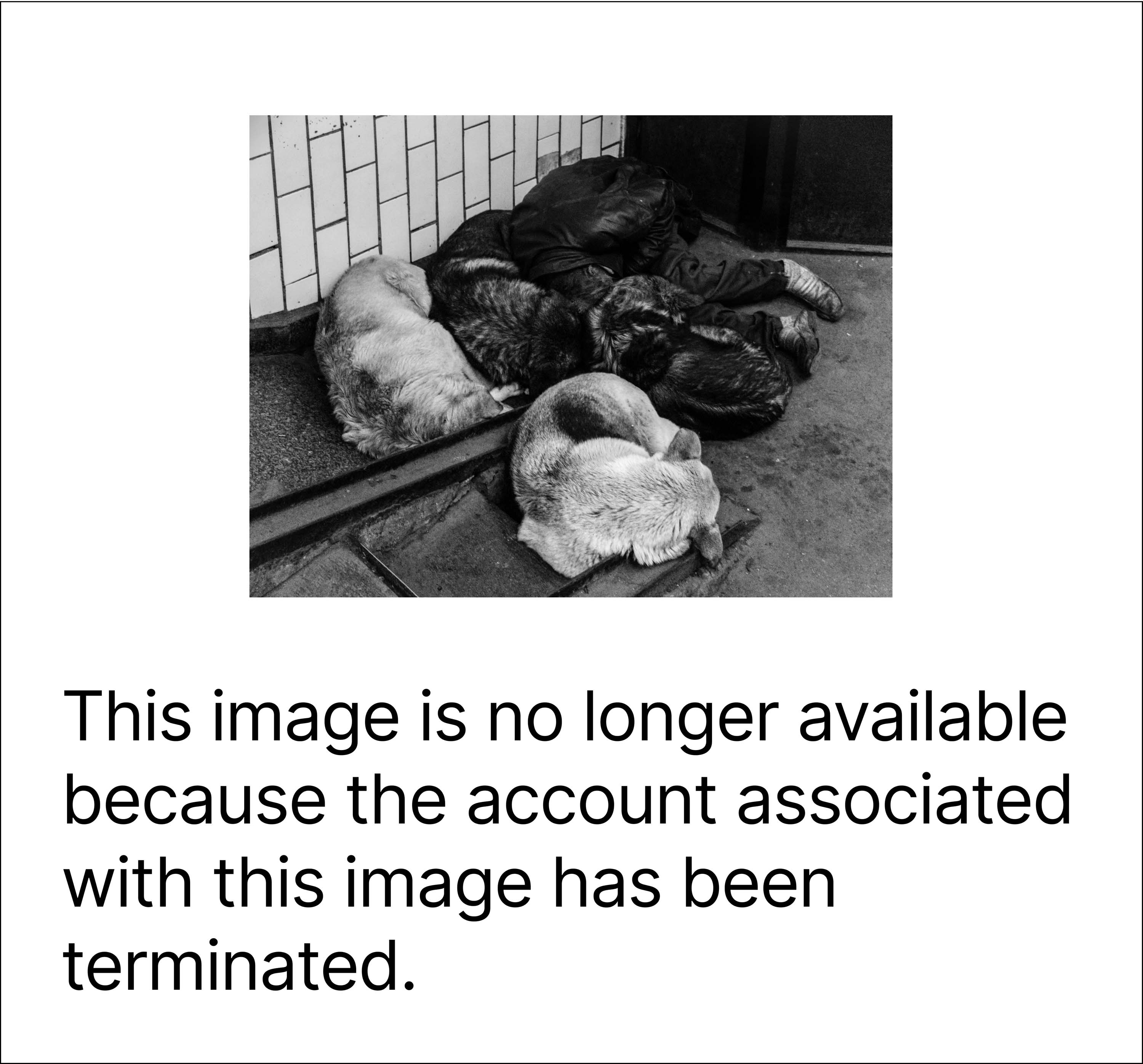
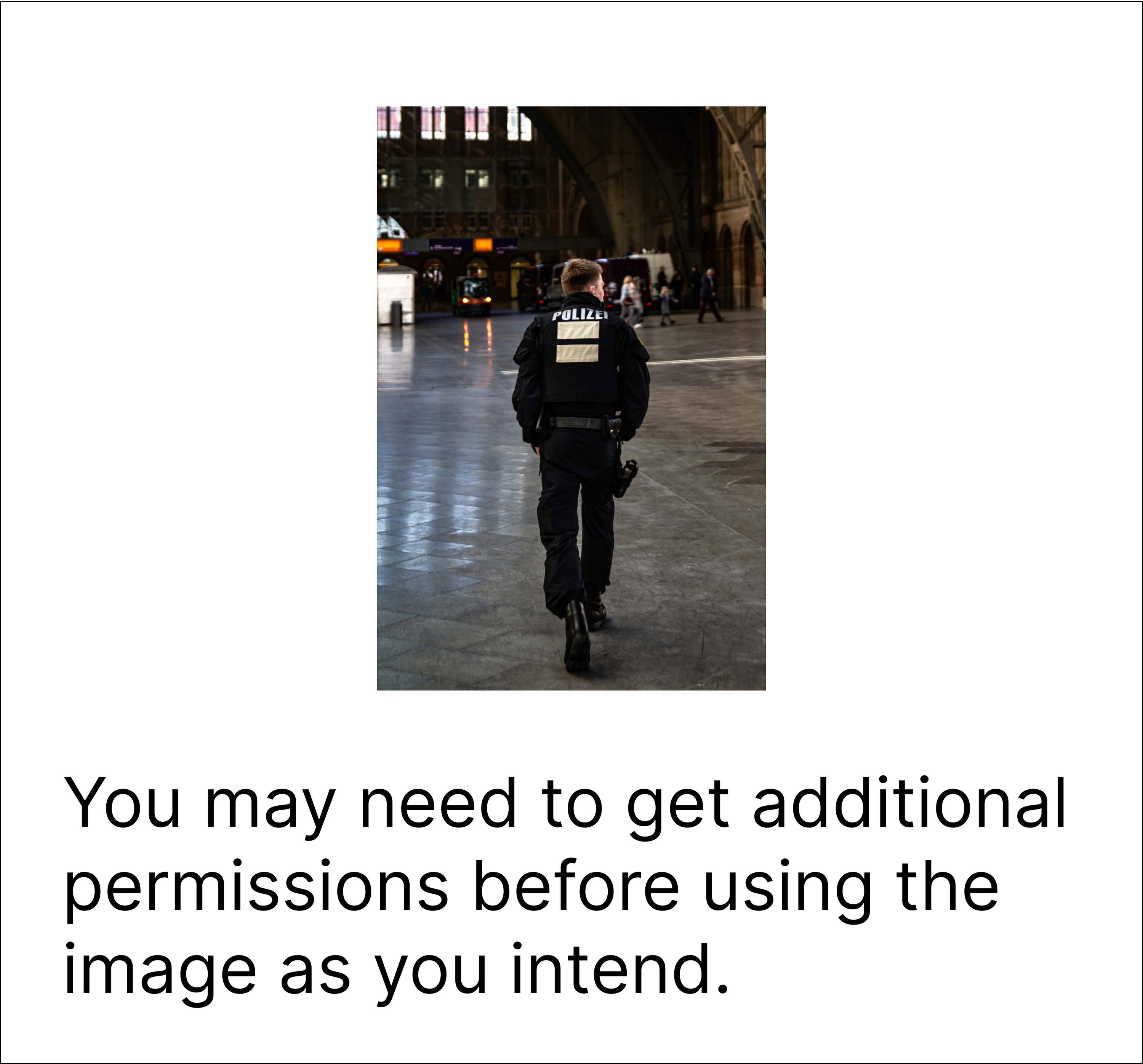
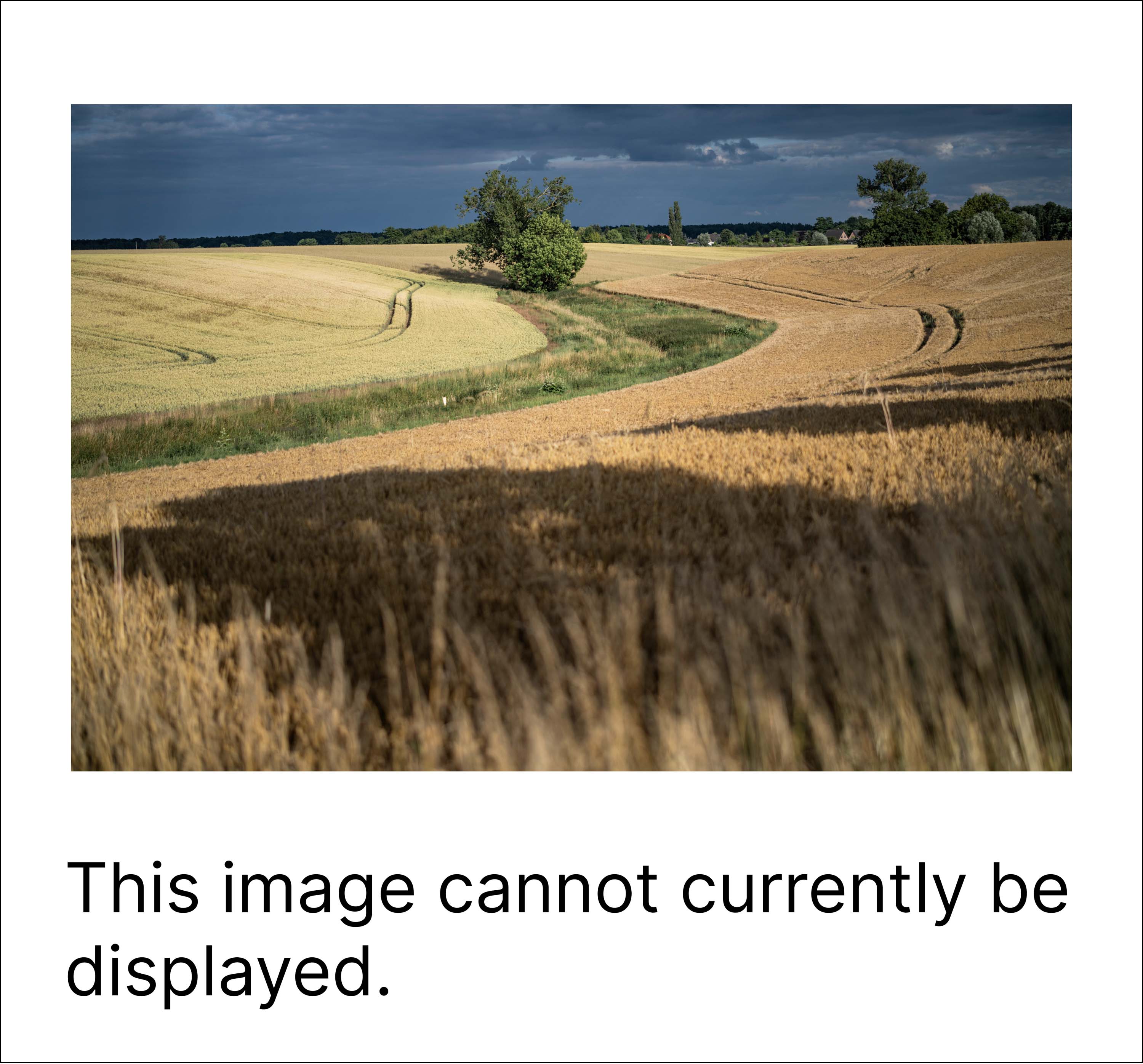


The Lilienstraße project aims to capture unbiased societal positions and opinions in Eastern Germany, focusing on "ordinary" individuals in Brandenburg. Through brief, dialogical expressions of their pains and concerns, the project amplifies underrepresented and unheard voices. Inspired by August Sander's photography and The Family of Man project by Edward Steichen, it explores the visual and textual construction of the homo politicus in the context of contemporary life in Germany's "New states", after being unified with the "Old states" of the Federal Republic of Germany upon German reunification on 3 October 1990.
_s.jpg)
_s.jpg)
_s.jpg)
_s.jpg)
_s.jpg)
_s.jpg)
_s.jpg)
_s.jpg)
_s.jpg)
_s.jpg)
_s.jpg)
In the post-truth society we are gradually transitioning into, following the cessation of fact-checking initiatives by major social media platforms and the absence of viable crowdsourced or open-source alternatives, the world appears to have surrendered its grasp on truth to the collective opinion of the masses. As Elias Canetti reflected in Crowd and Power (1960), when individuals enter a crowd, their personal identities begin to dissolve, merging into a collective identity that transcends individual characteristics. This dynamic seems to apply not only to physical crowds but also to "digital crowds" or online communities. When we move from commenting to merely liking what we are presented with, we are fundamentally changed. A "like" is binary; it offers no nuance, no depth, revealing only sheer presence but nothing of the thoughts or intentions behind it. Yet, this presence becomes a new form of power — one that is extensively harnessed by those in power.
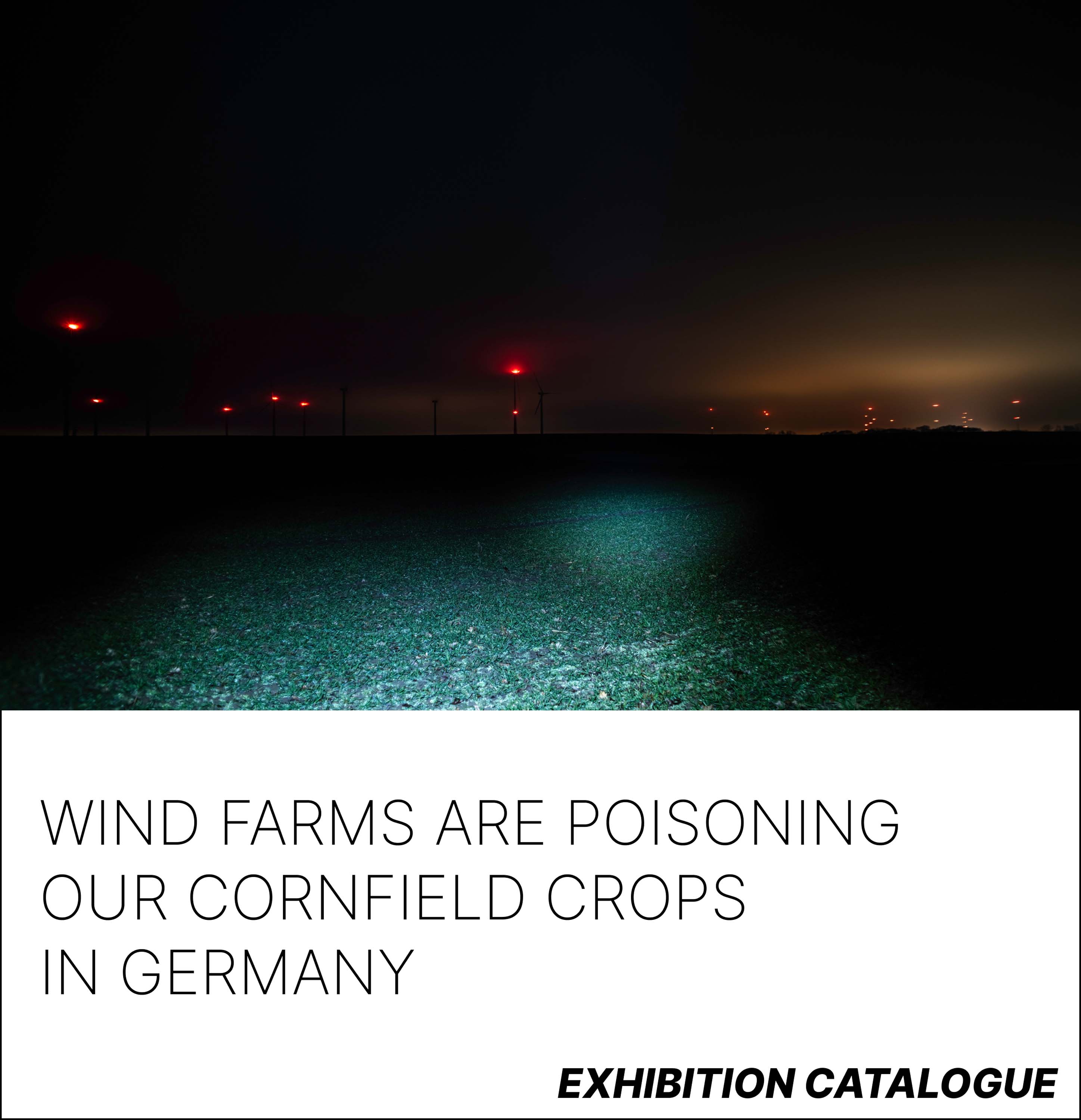
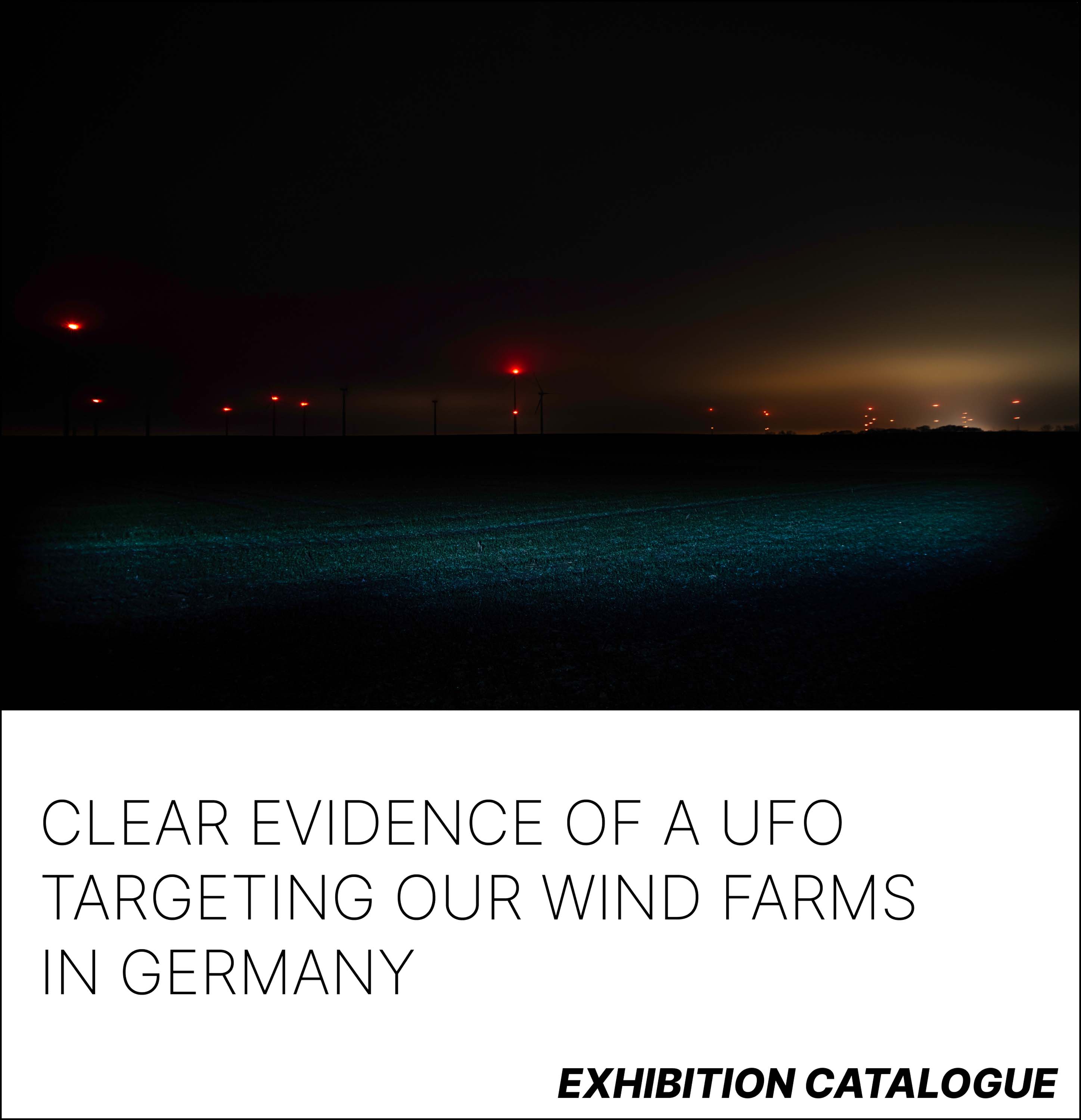
In the series After: After, the dual meaning of the term "after" is explored. Traditionally used in artwork titles, it signifies both temporal succession — indicating that one’s work follows a particular event or moment — and a relational reference to a specific artistic oeuvre in art history. This project, however, emphasizes not just the chronological "after," but also the reverberating effect of these works. The two meanings of "after" are inseparable yet distinct, creating a tension that reflects the ongoing relationship between two works — or rather the address of one work to another. This dynamic underscores the seemingly secondary nature of the most recent work, which follows or mimics and thus "misses" the original moment or situation. Also, After: After questions a possibility of an egalitarian and reflective dialogue between artists and artworks from different time periods, encouraging a deeper understanding of their continuous interrelation in historical perspective.
_s.jpg)
"There is something animalistic, even uncanny, about cars hidden in darkness or motionless in a traffic jam. Stripped of their primary function, they become tight capsules of odors, sounds, humidity, and softness, preserved only until movement resumes. Capturing these fragile moments of forced idleness — this transformation into glistening, metallic creatures exuding scent and light against the backdrop of nature — is what captivates me. And all this, beyond witnessing how non-places (as described by Marc Augé) suddenly transform into vibrant terrains of life." — TBS
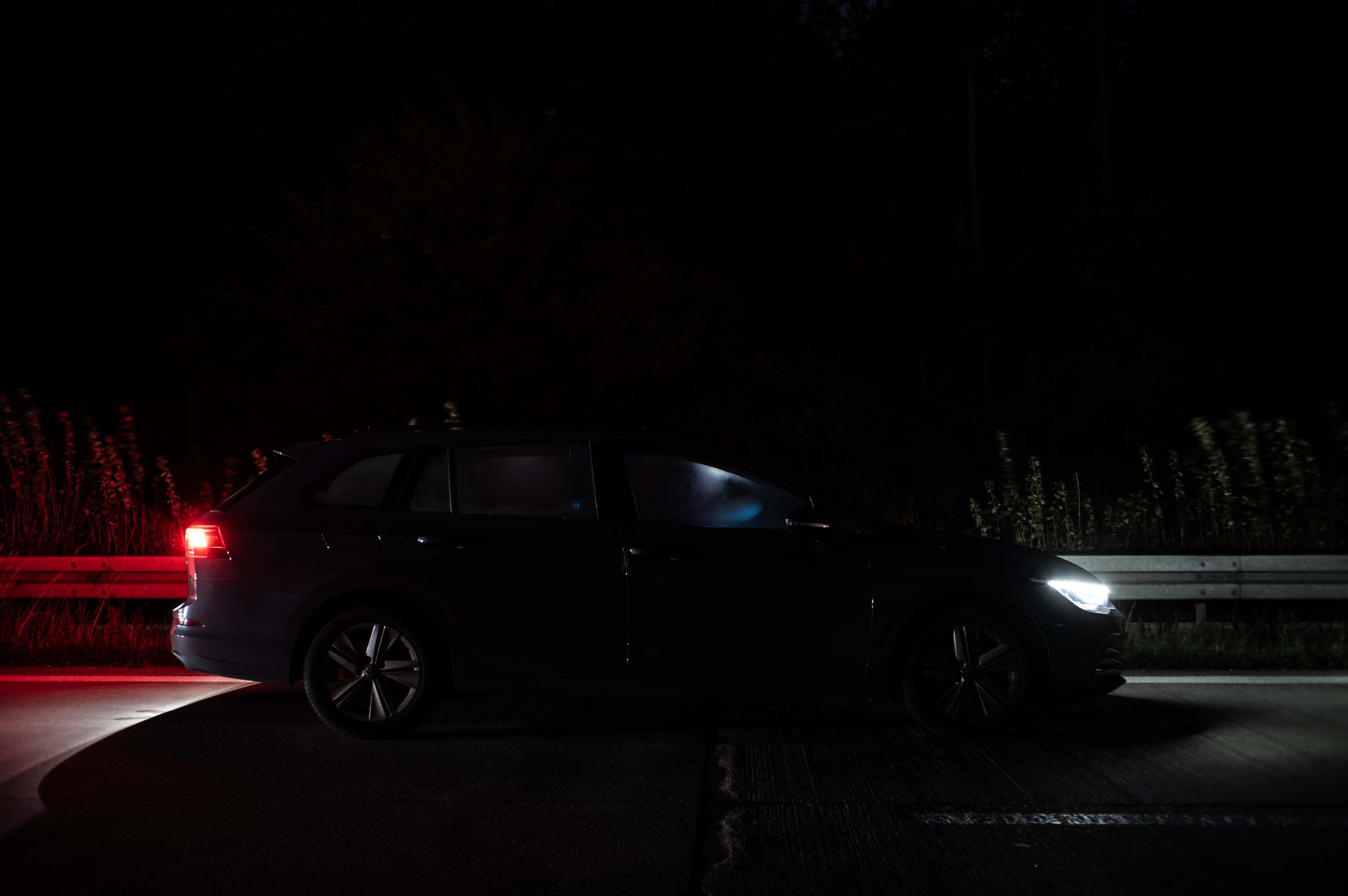
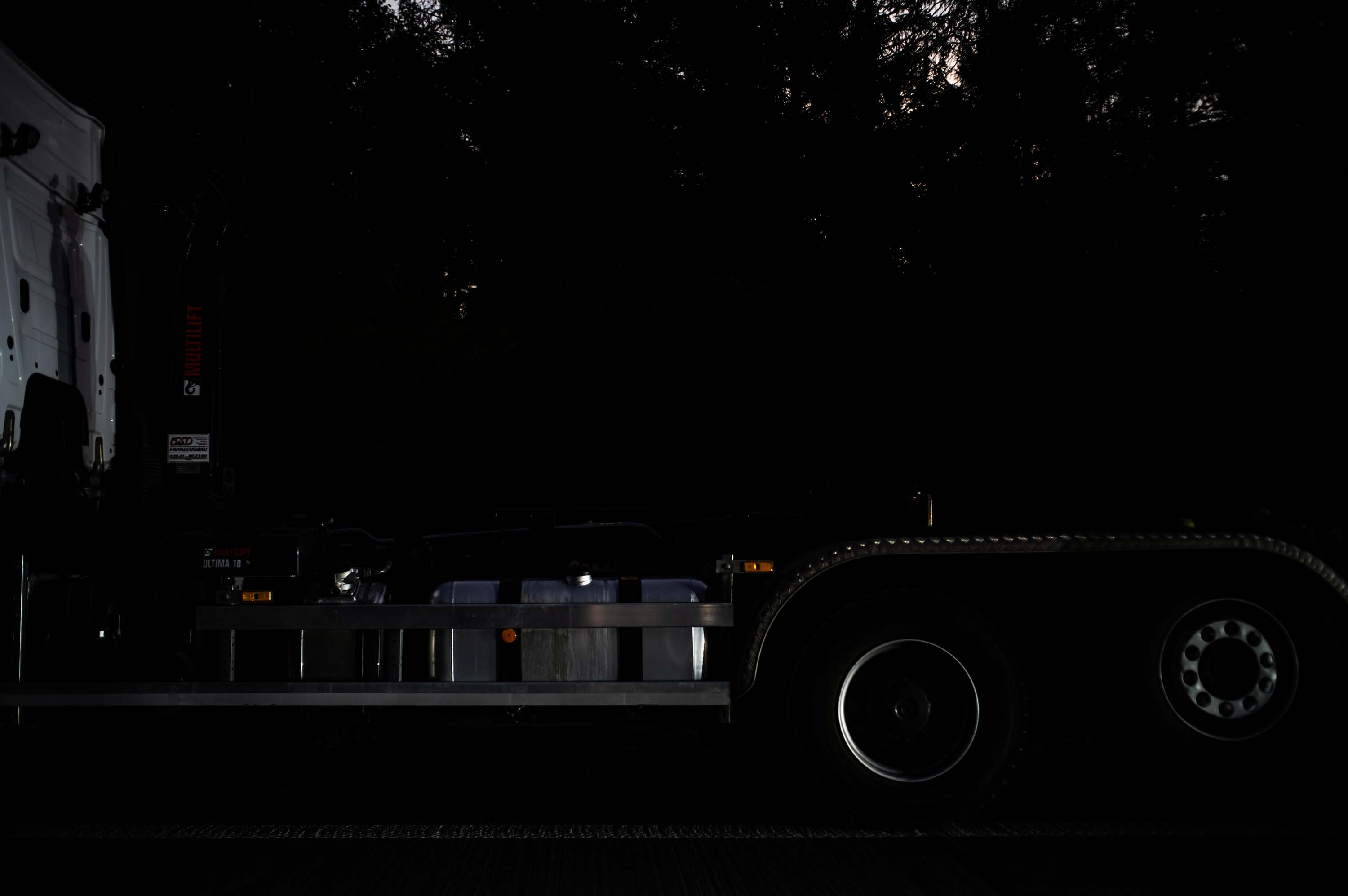
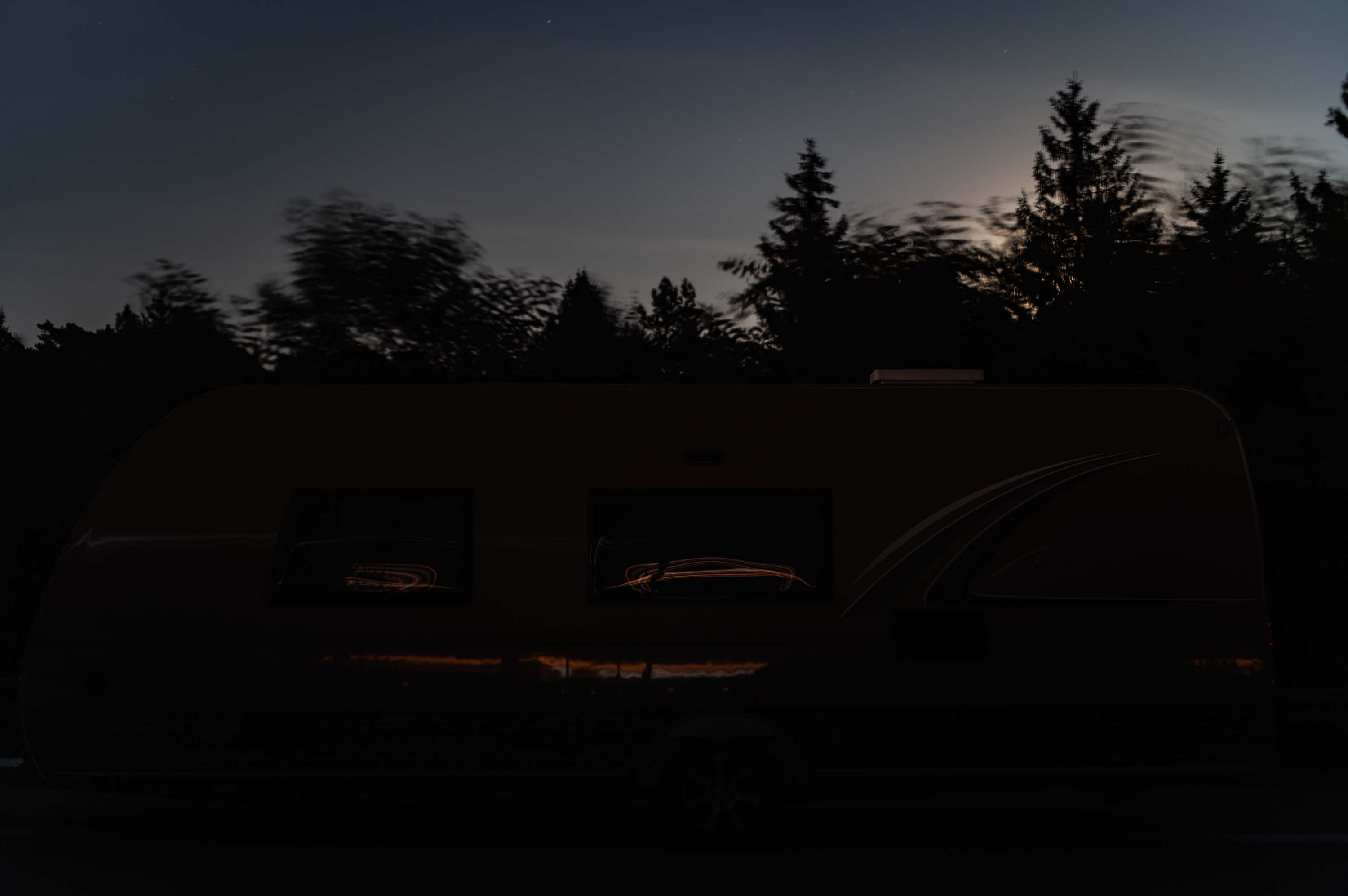
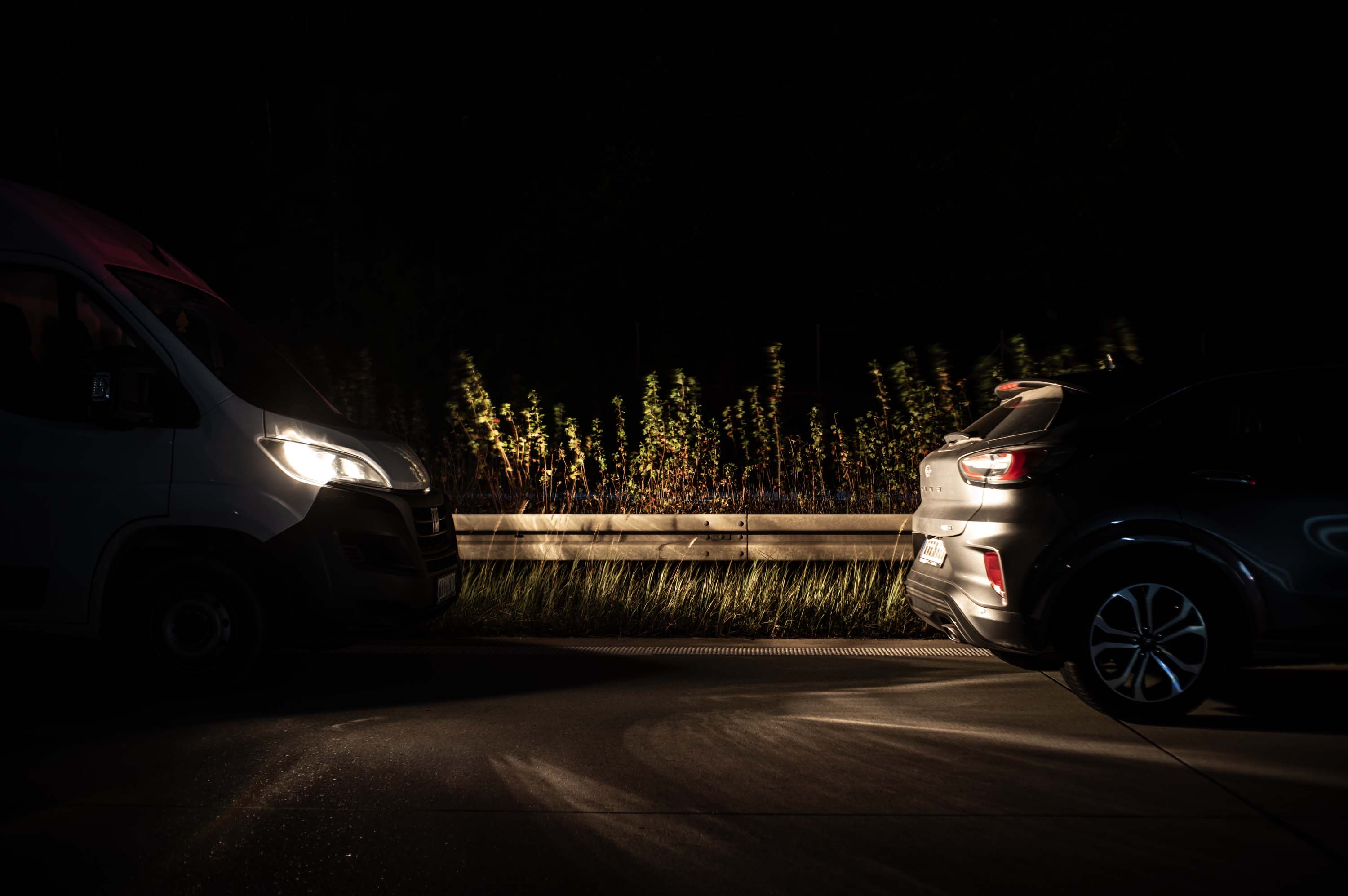
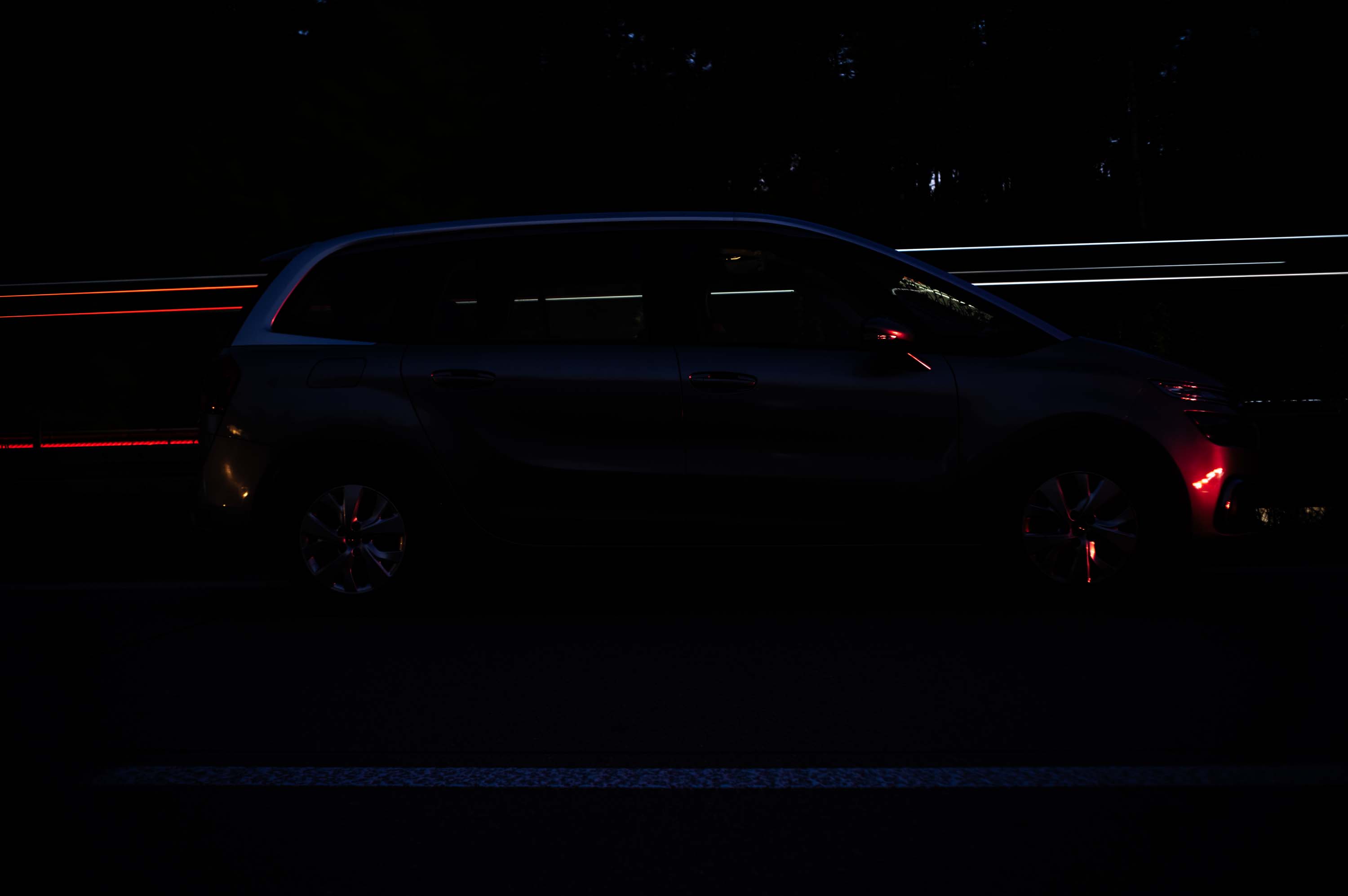
Stuffed animals and blankets comfort children and neurodivergent individuals. Forest kindergarten children often attach to natural objects like sticks and chestnut seeds, promoting recycling and environmental care. Our project highlights these "nature toys" and contrasts them with single-function, fast-consumption toys, emphasizing sustainable exploration and creativity.
